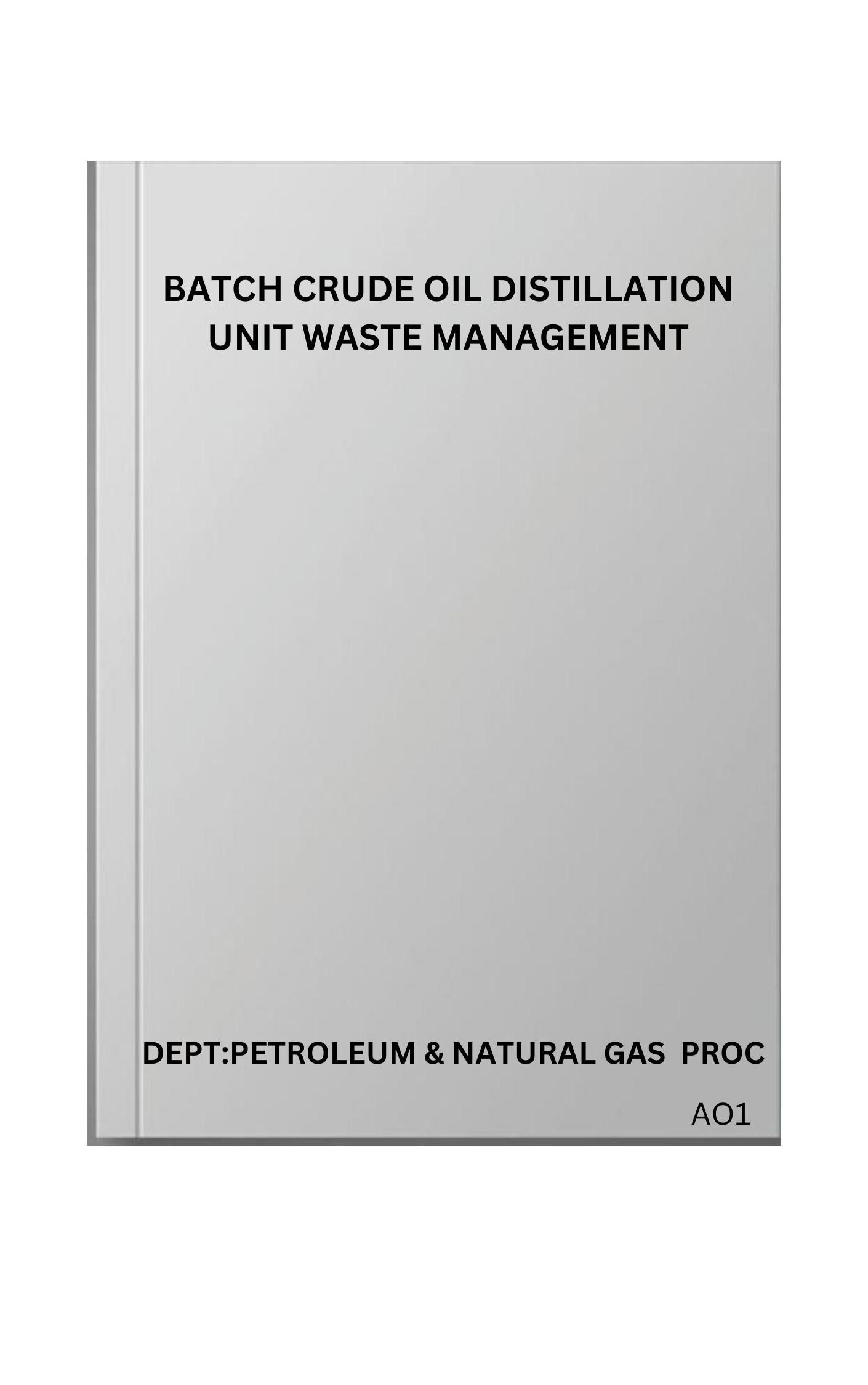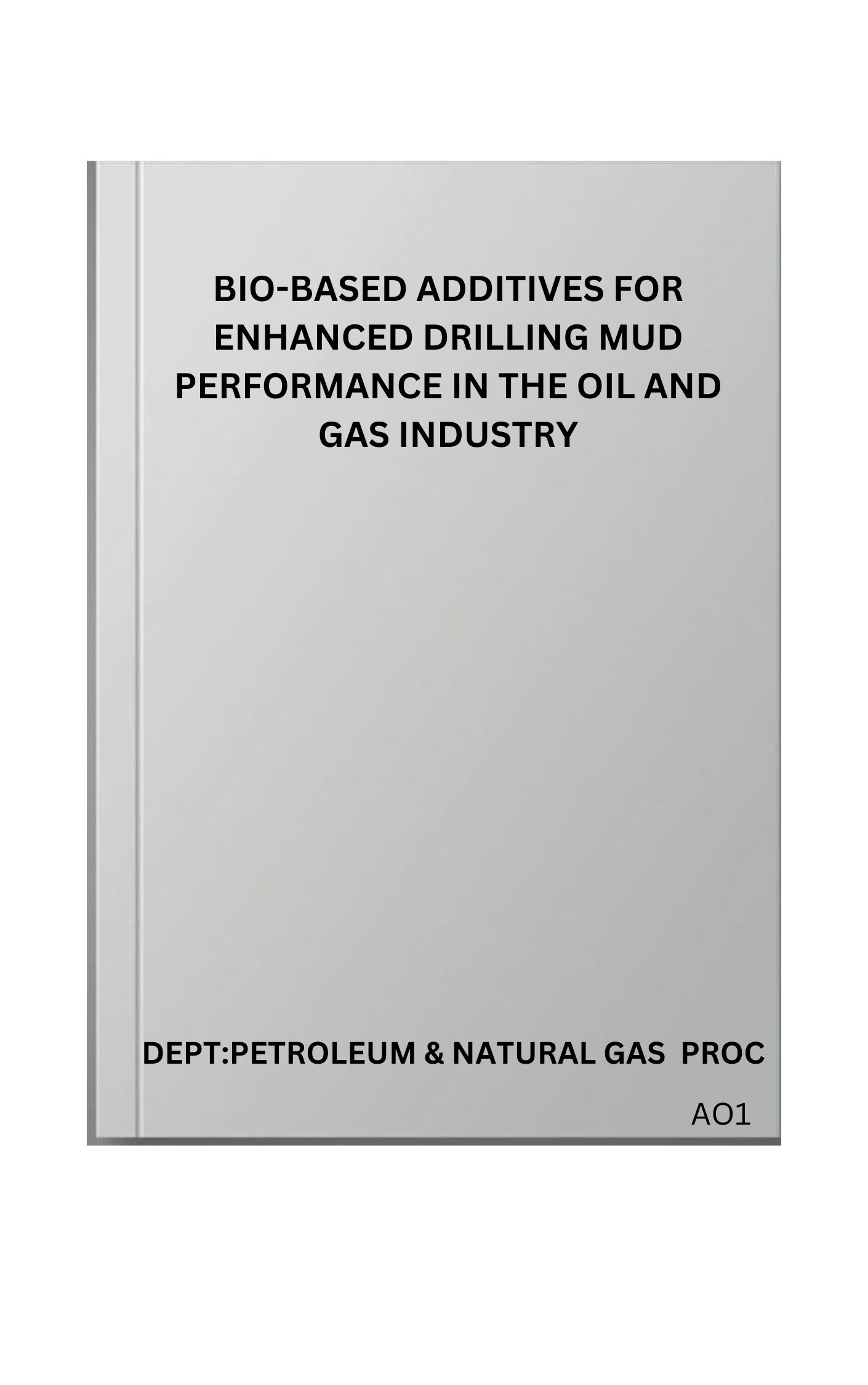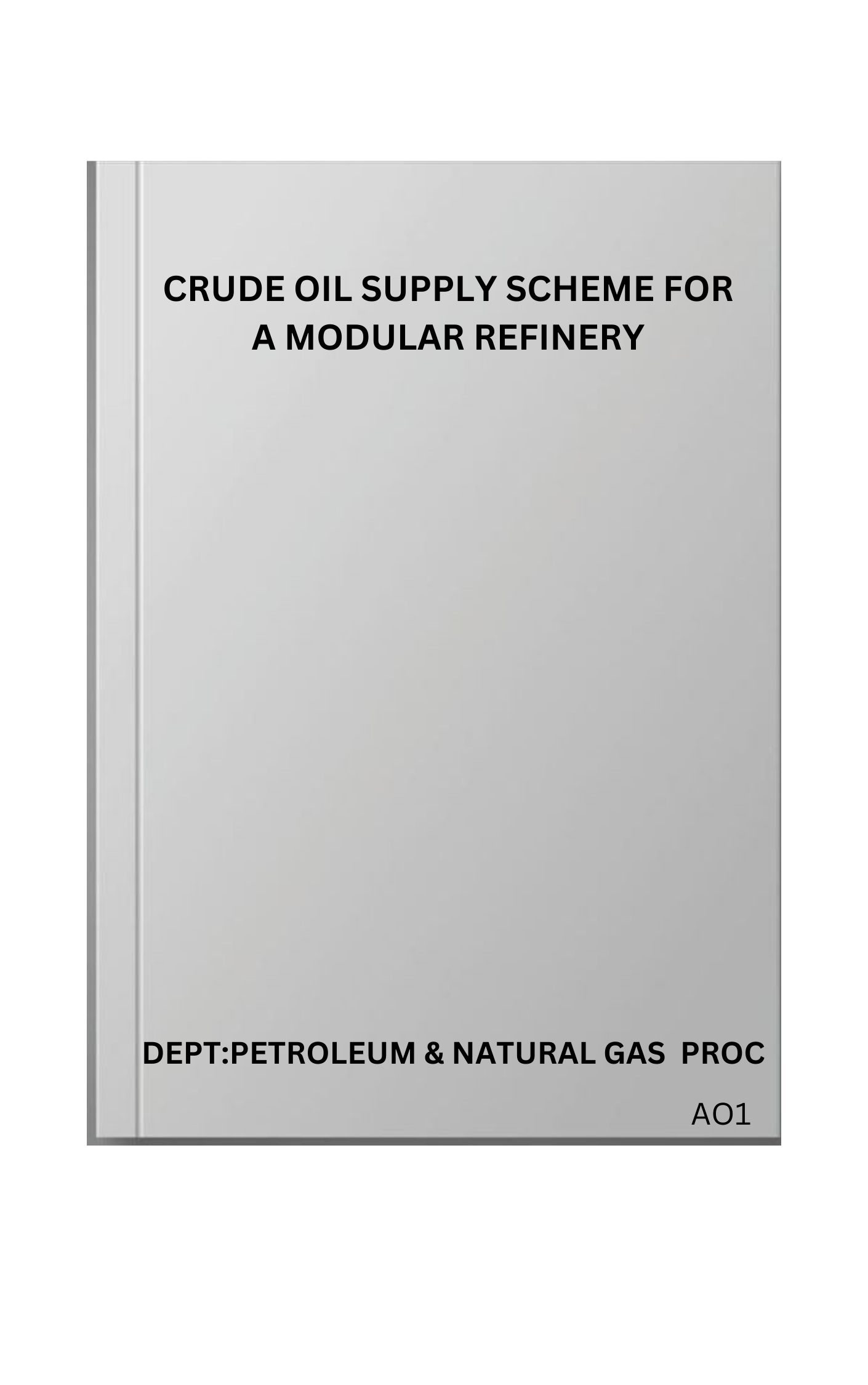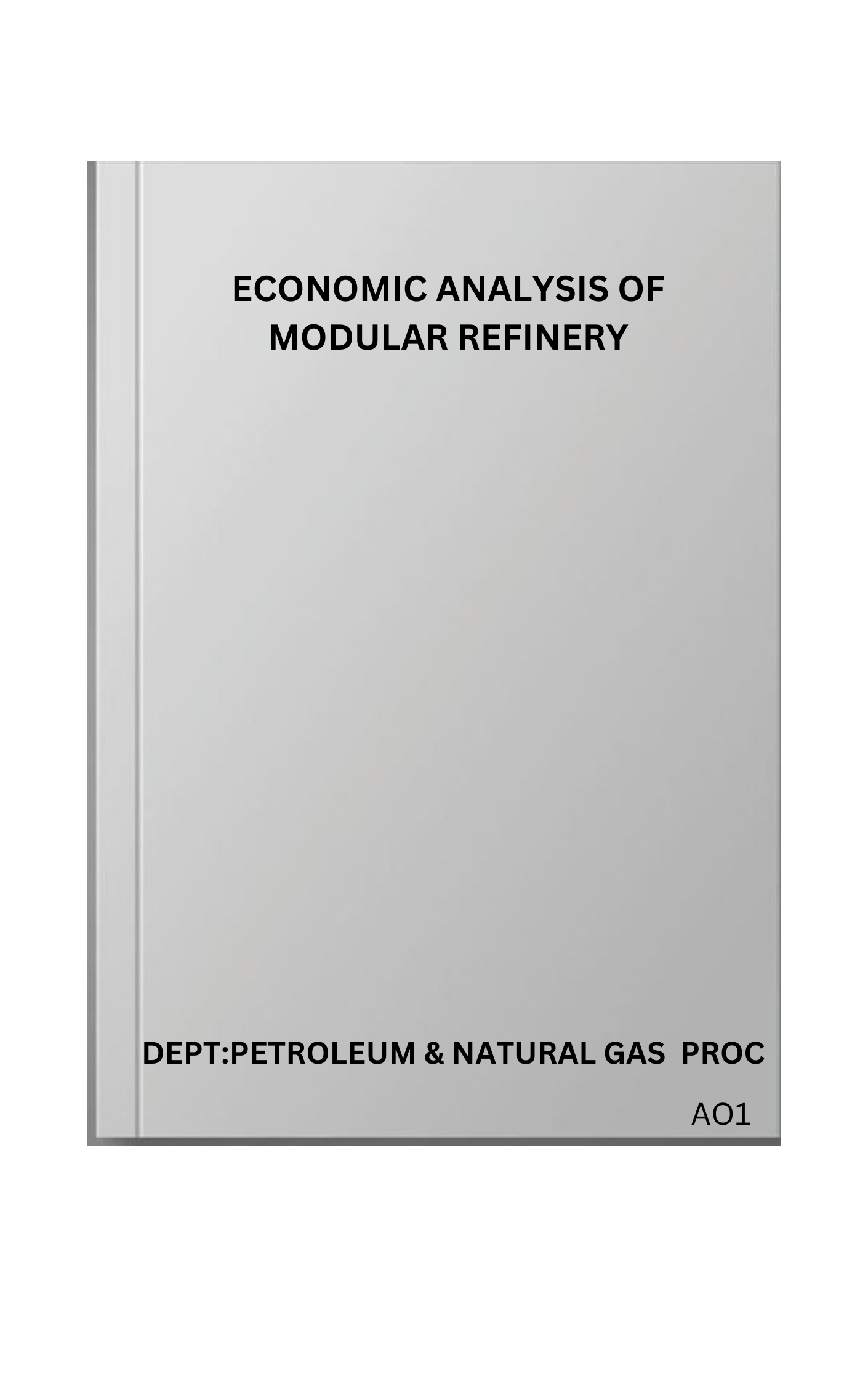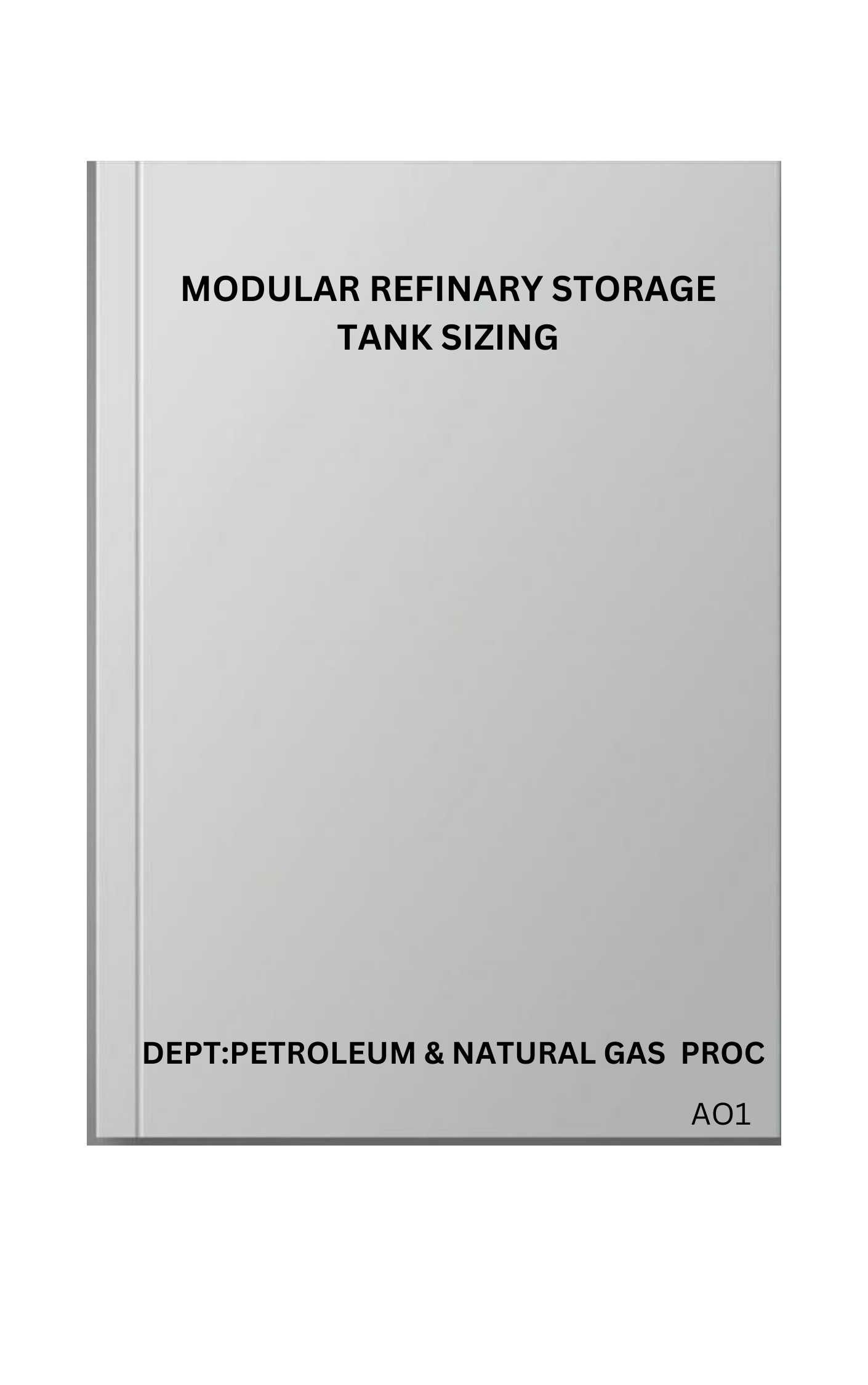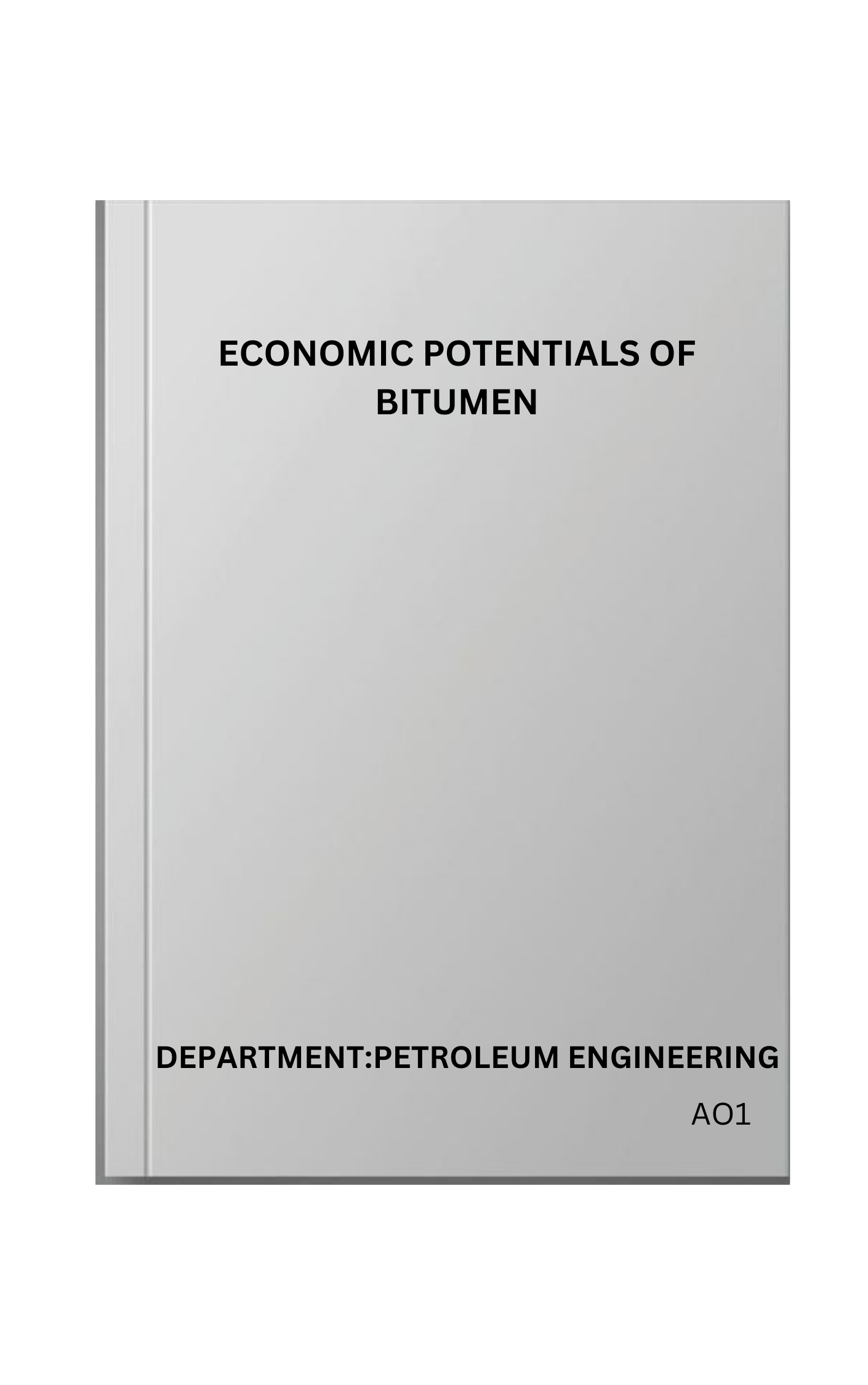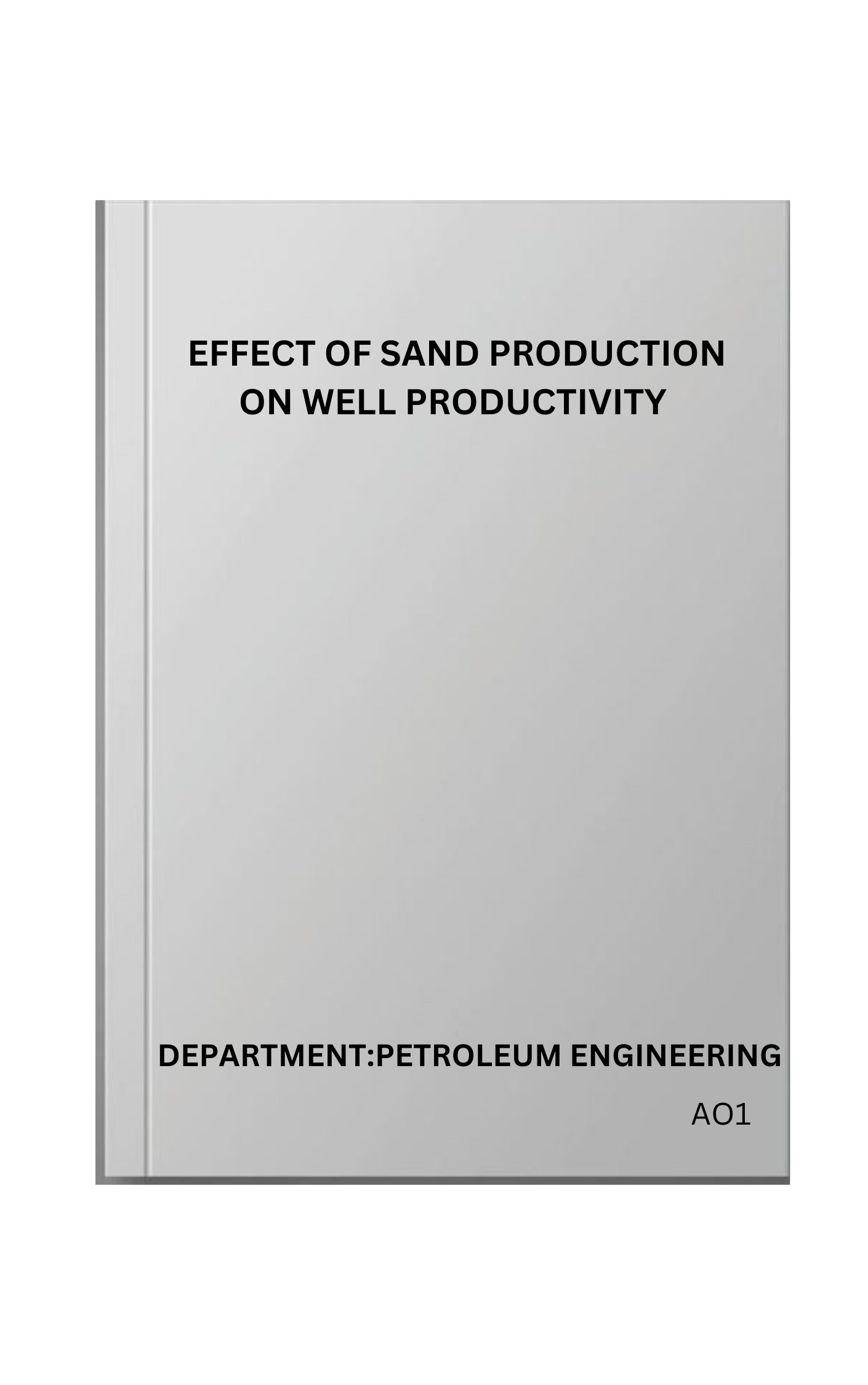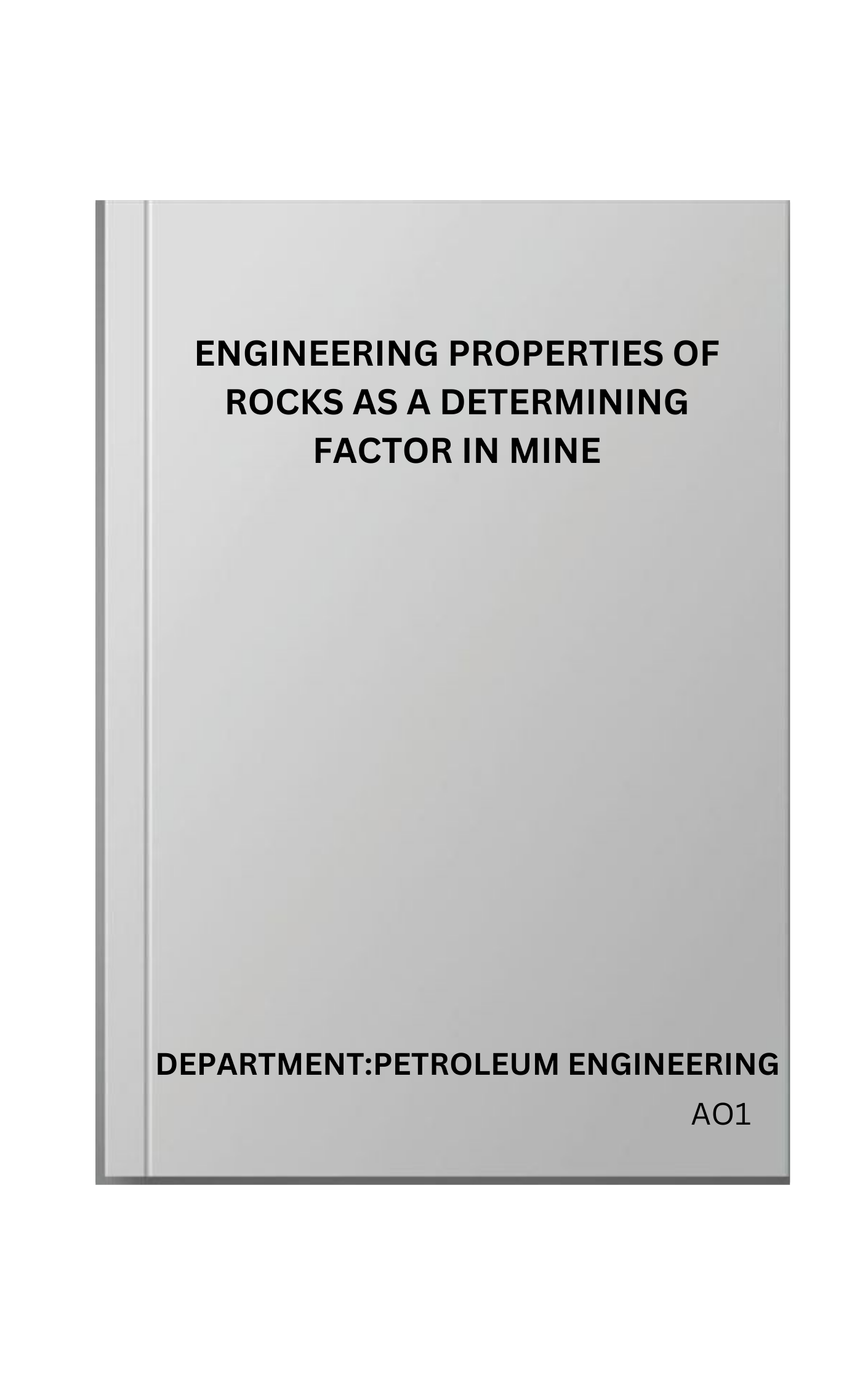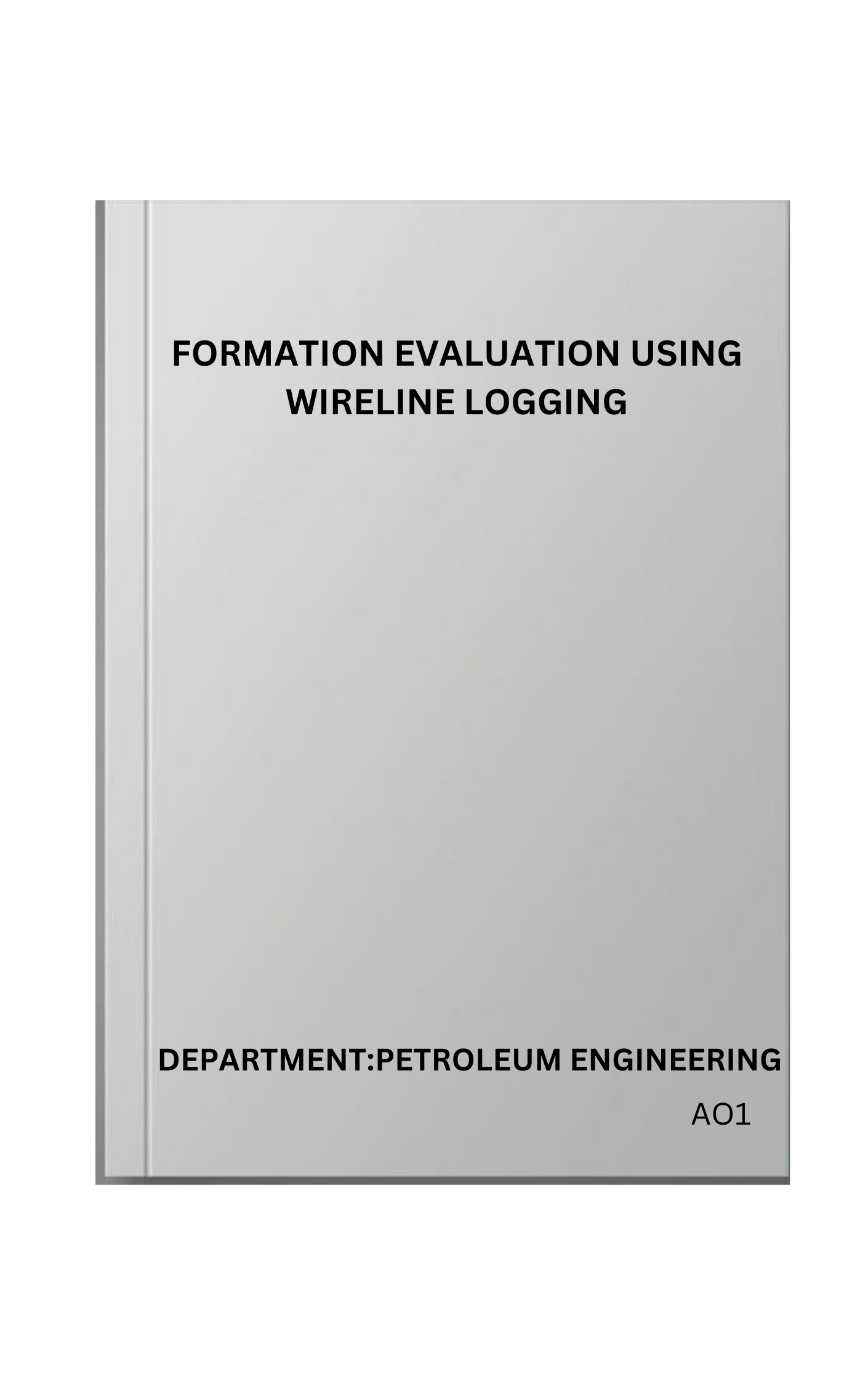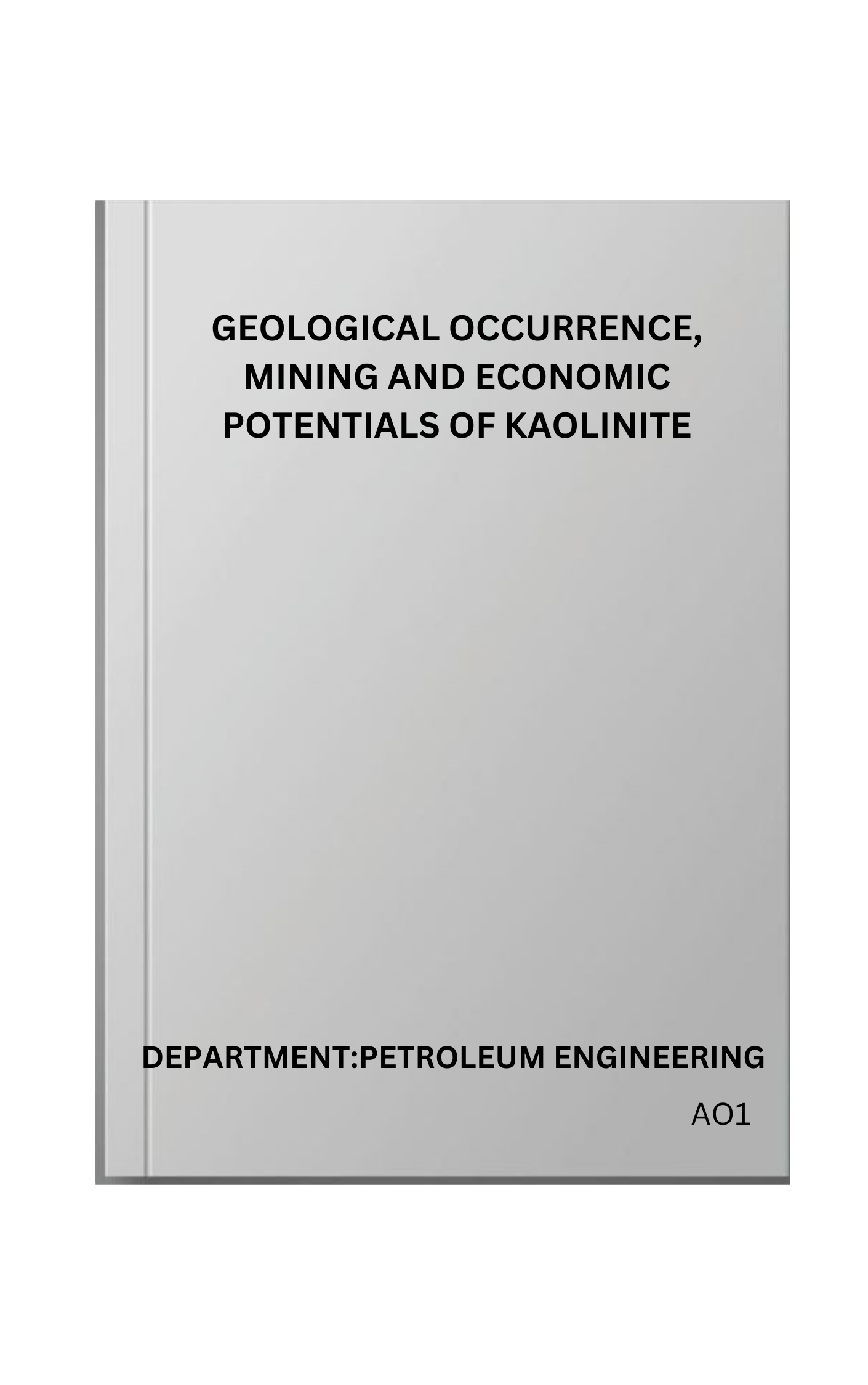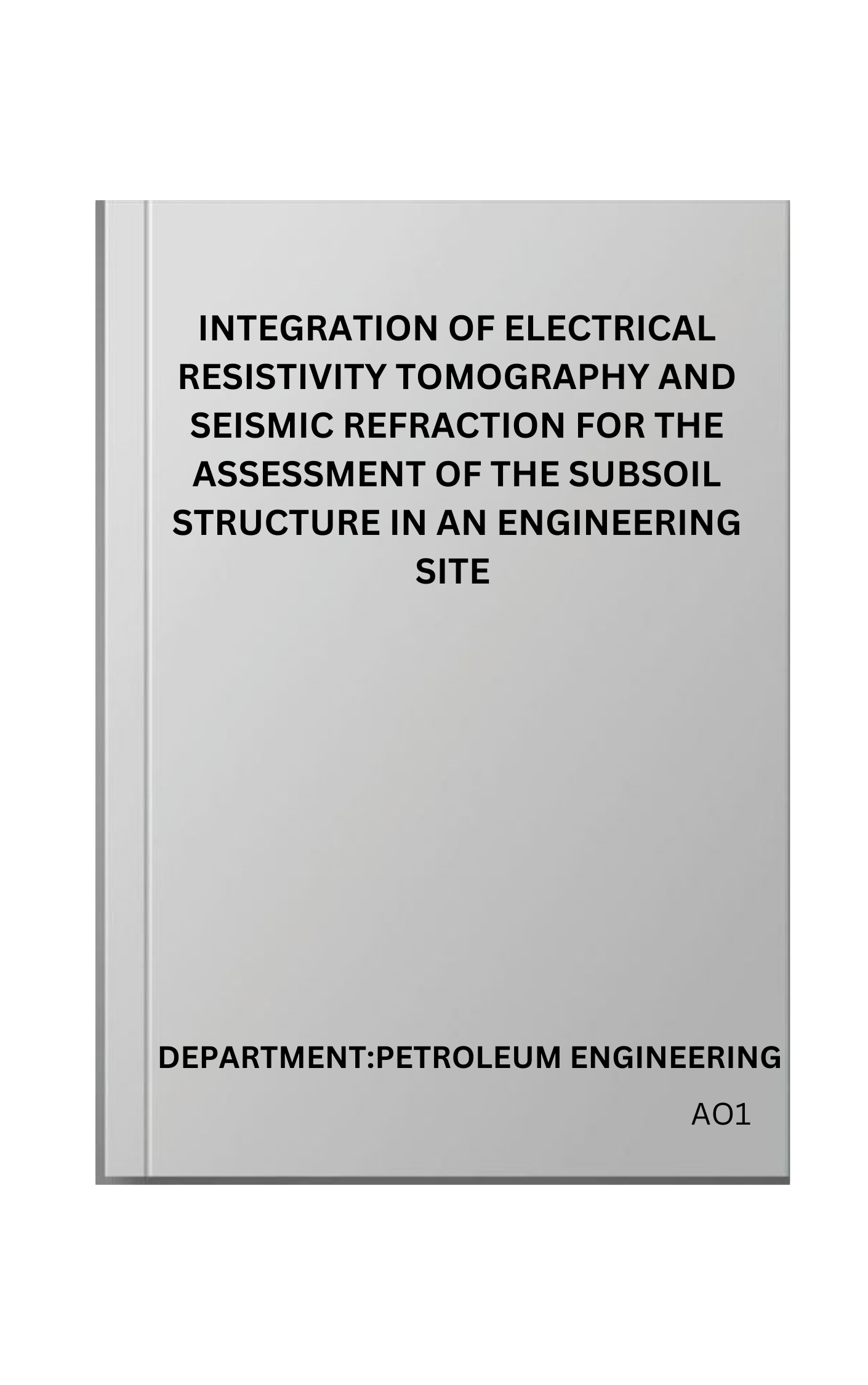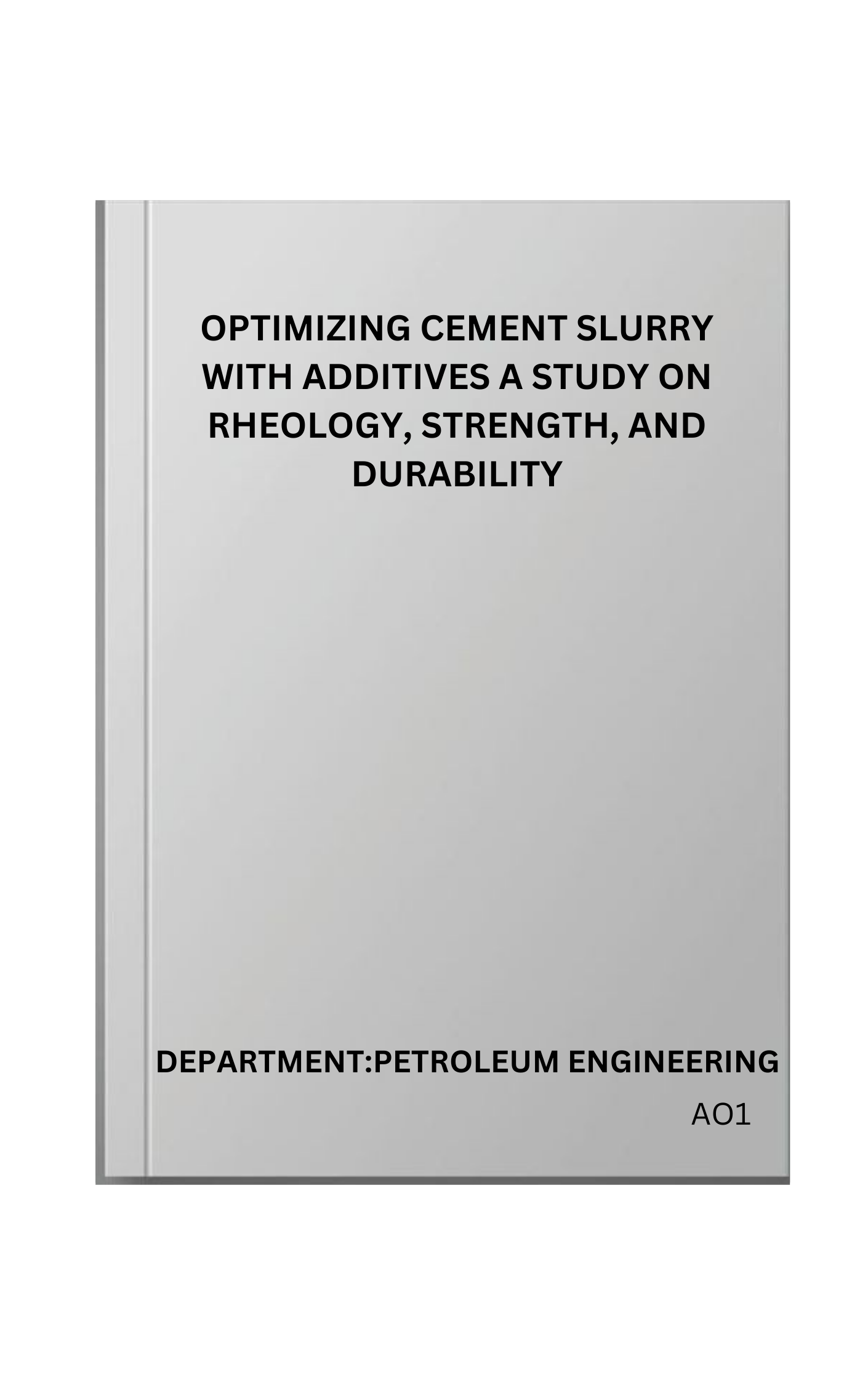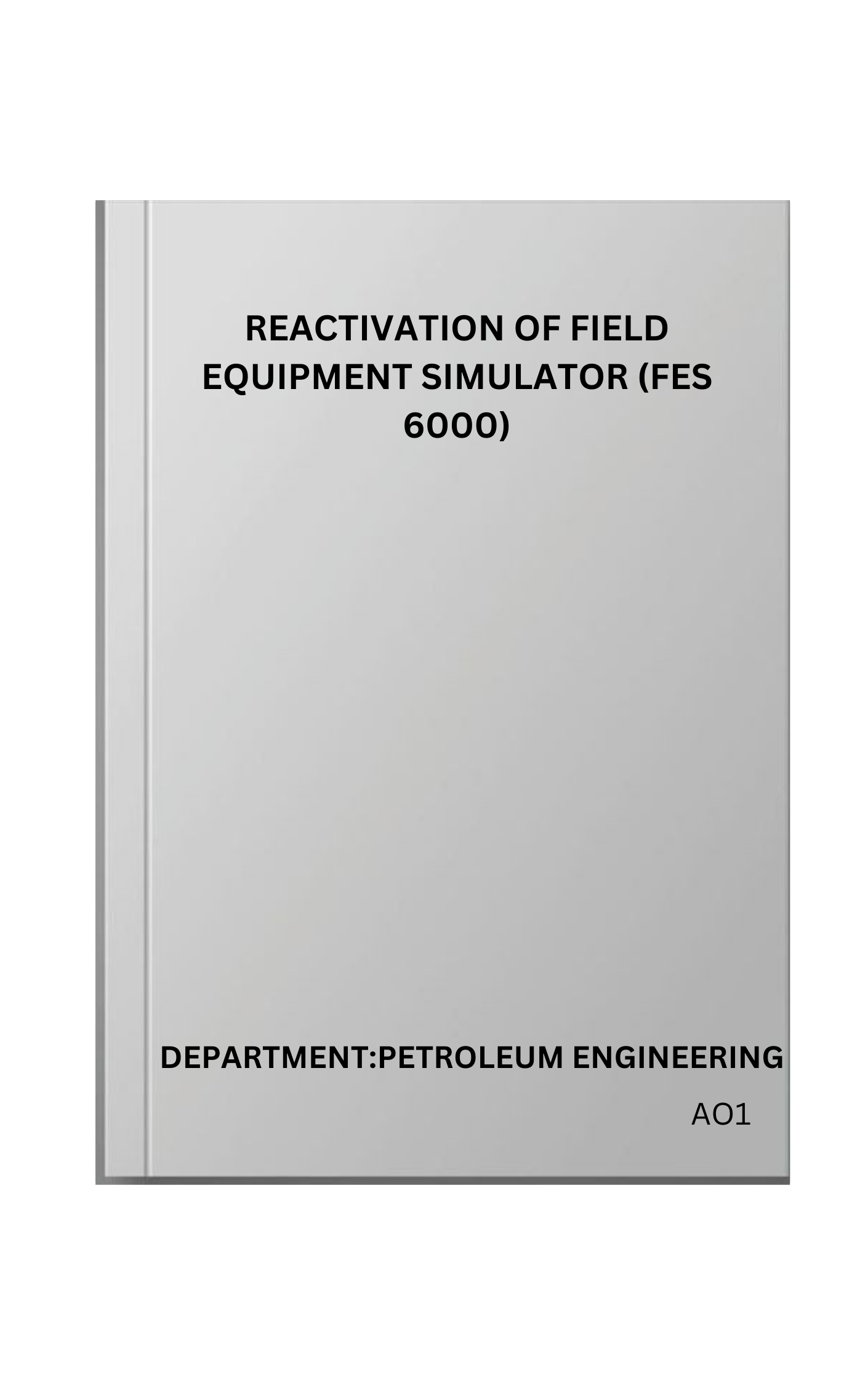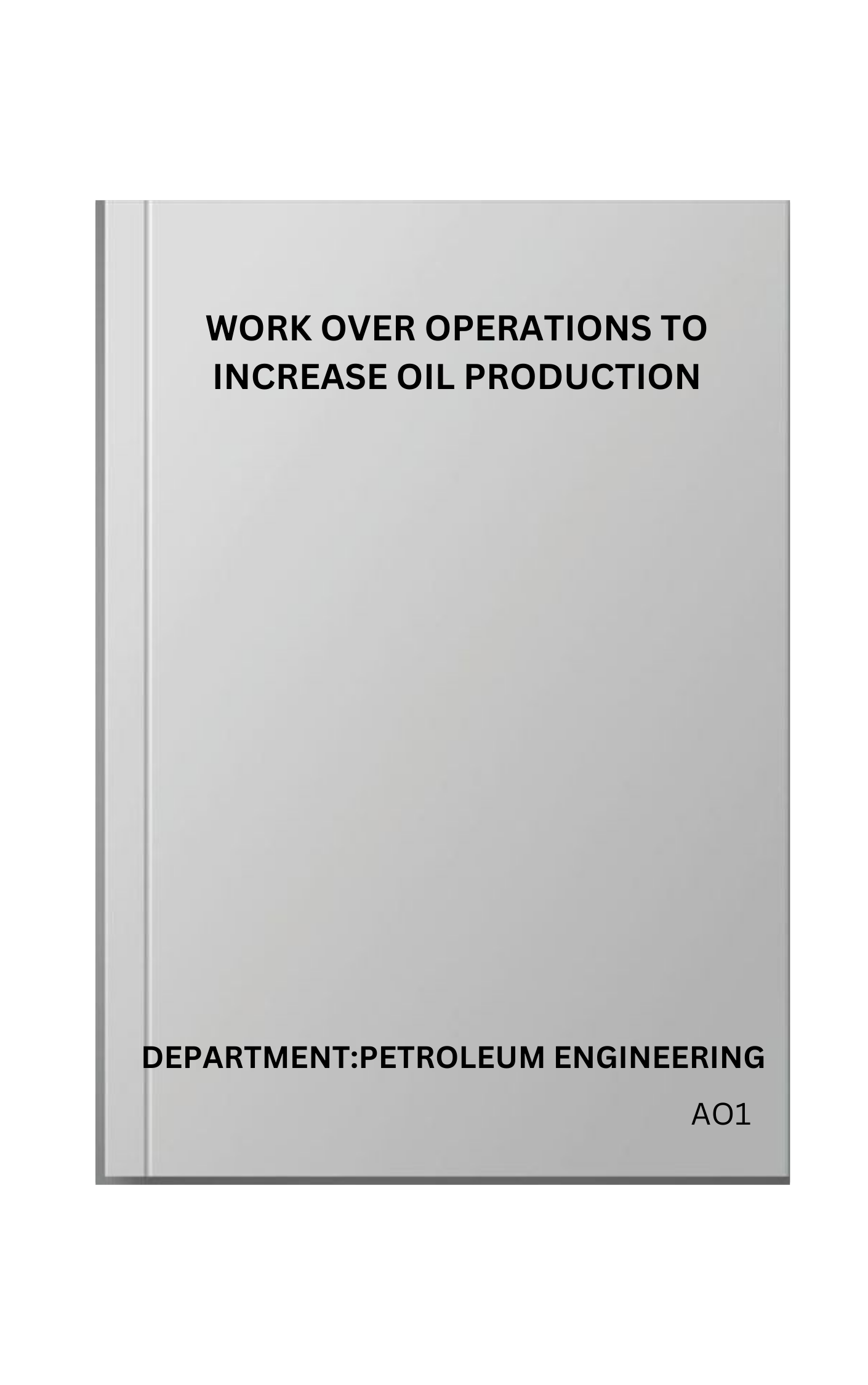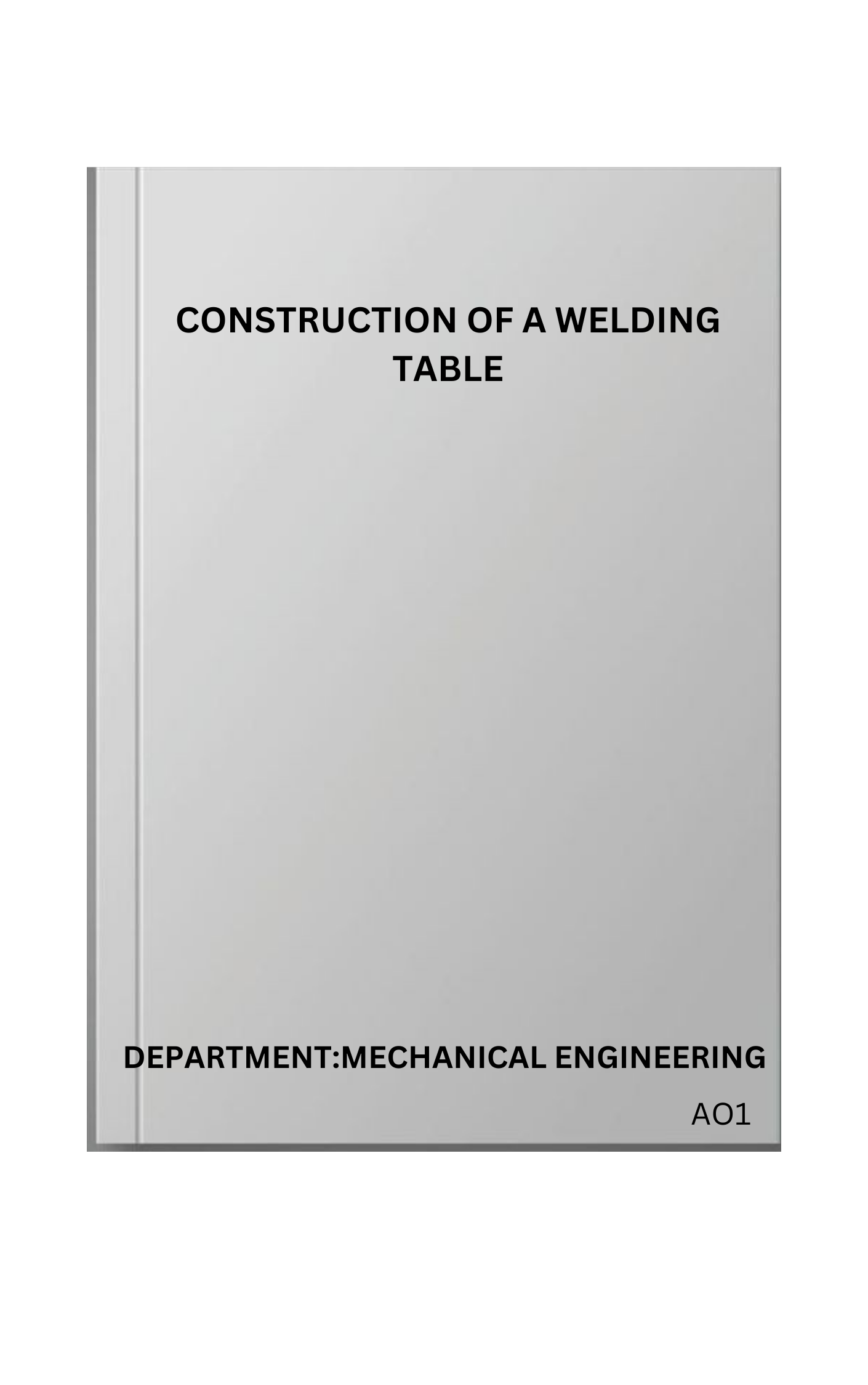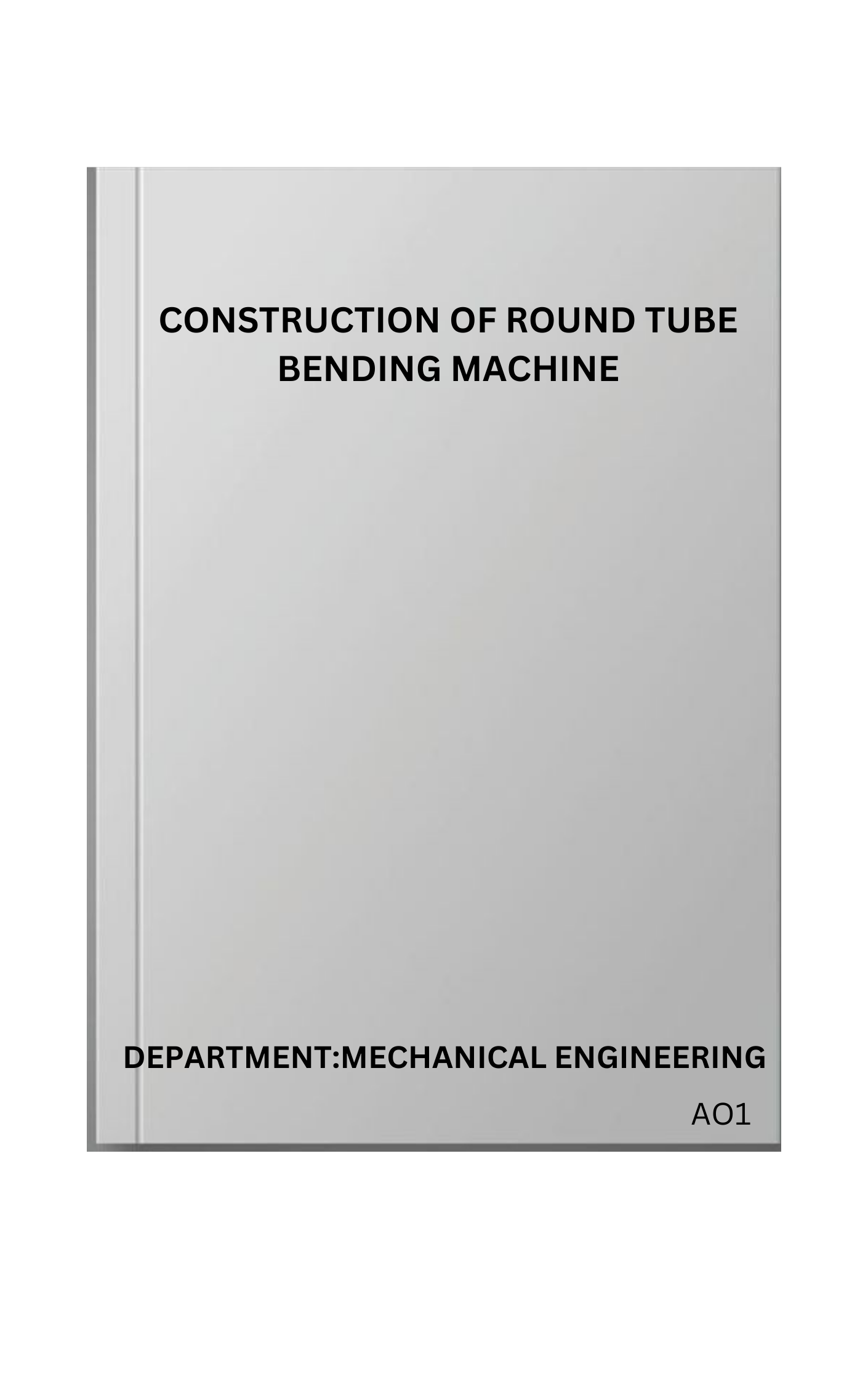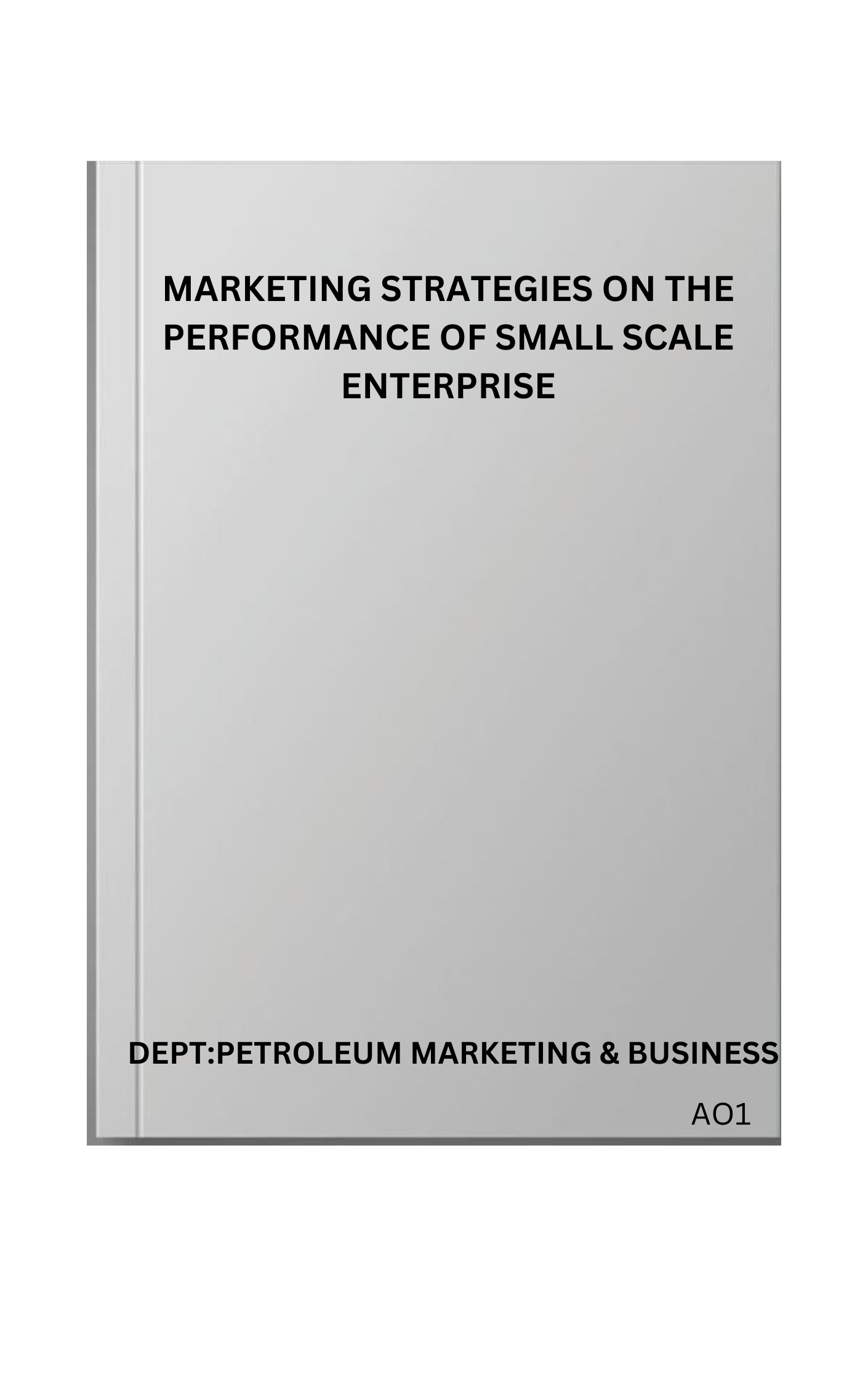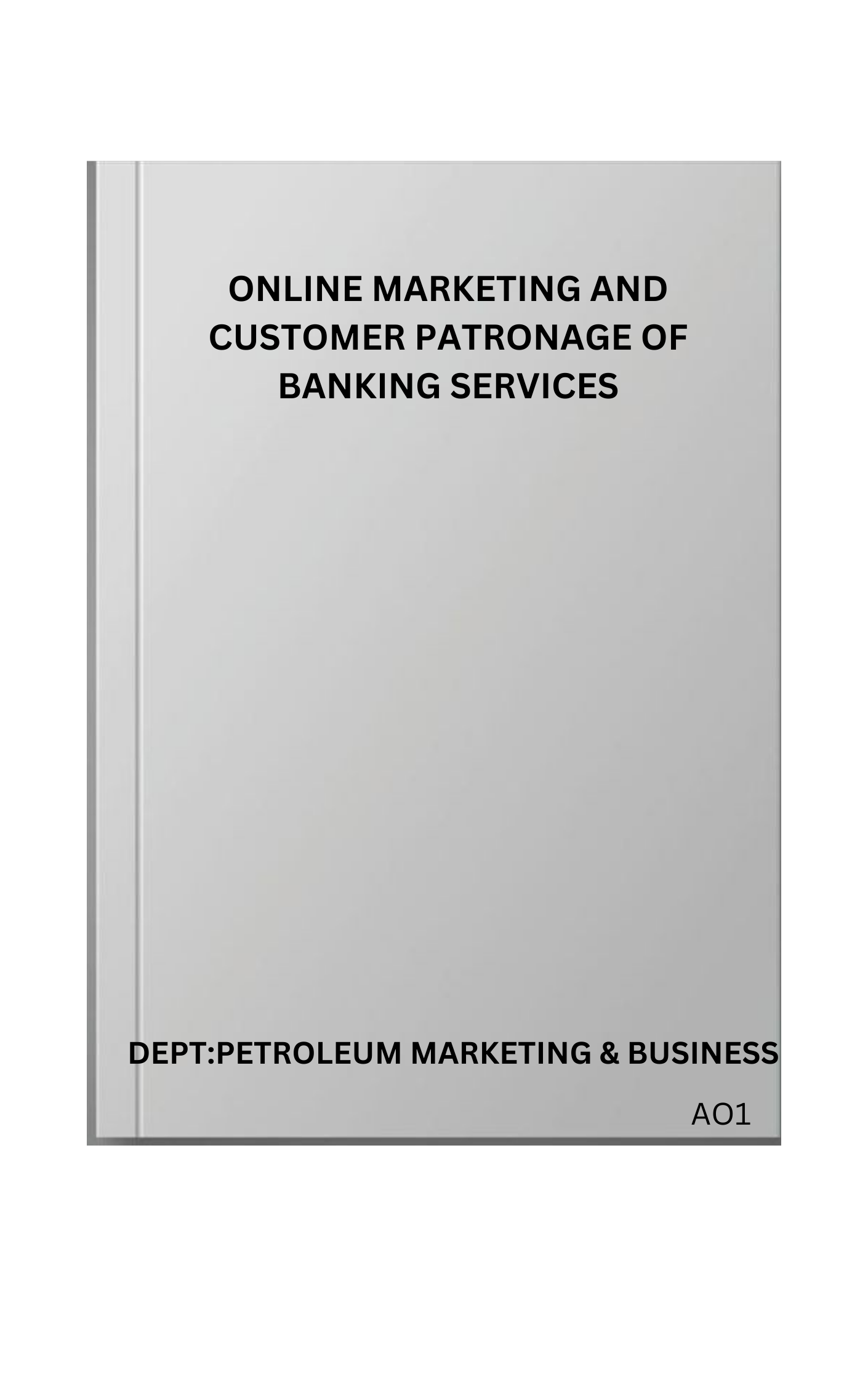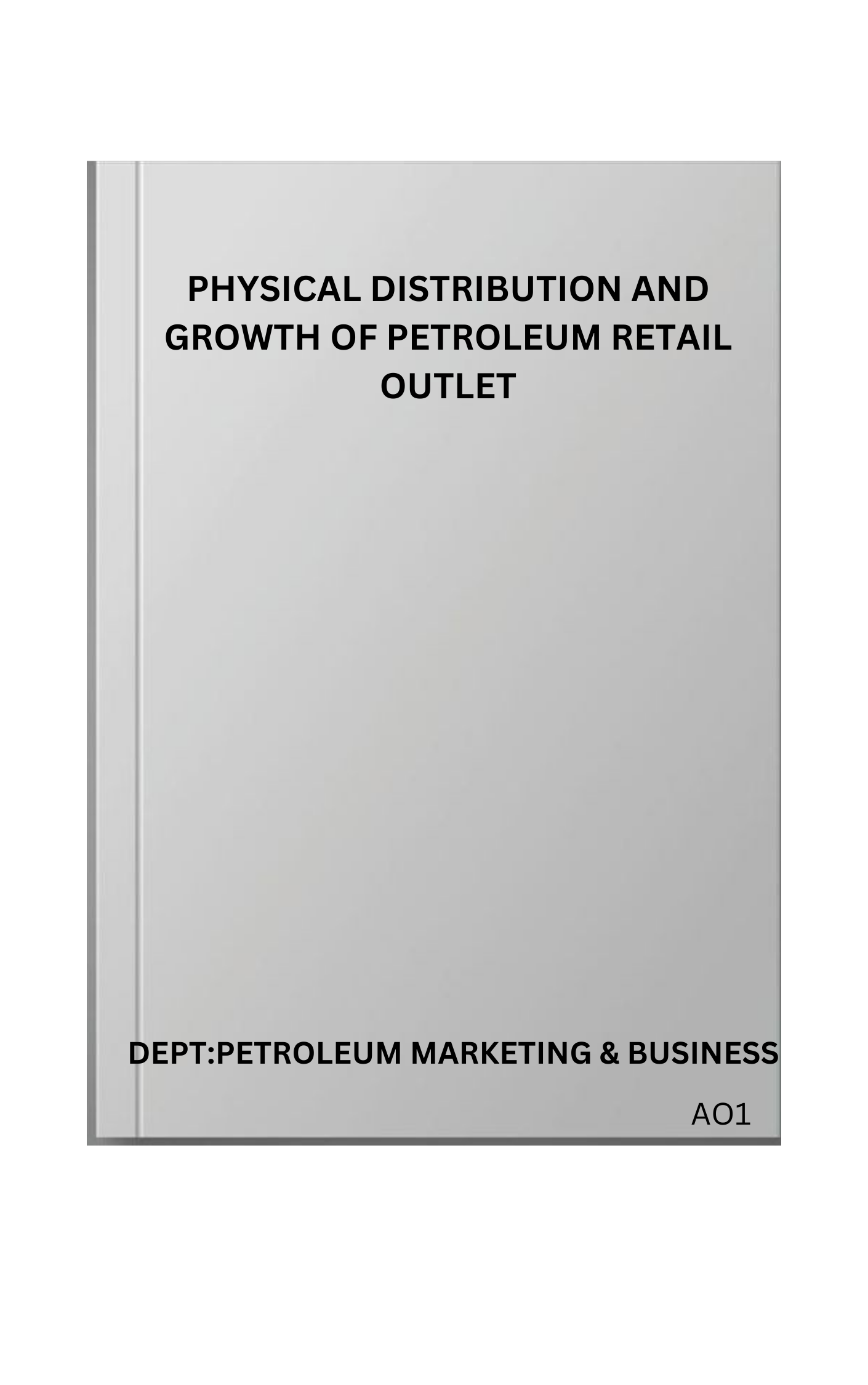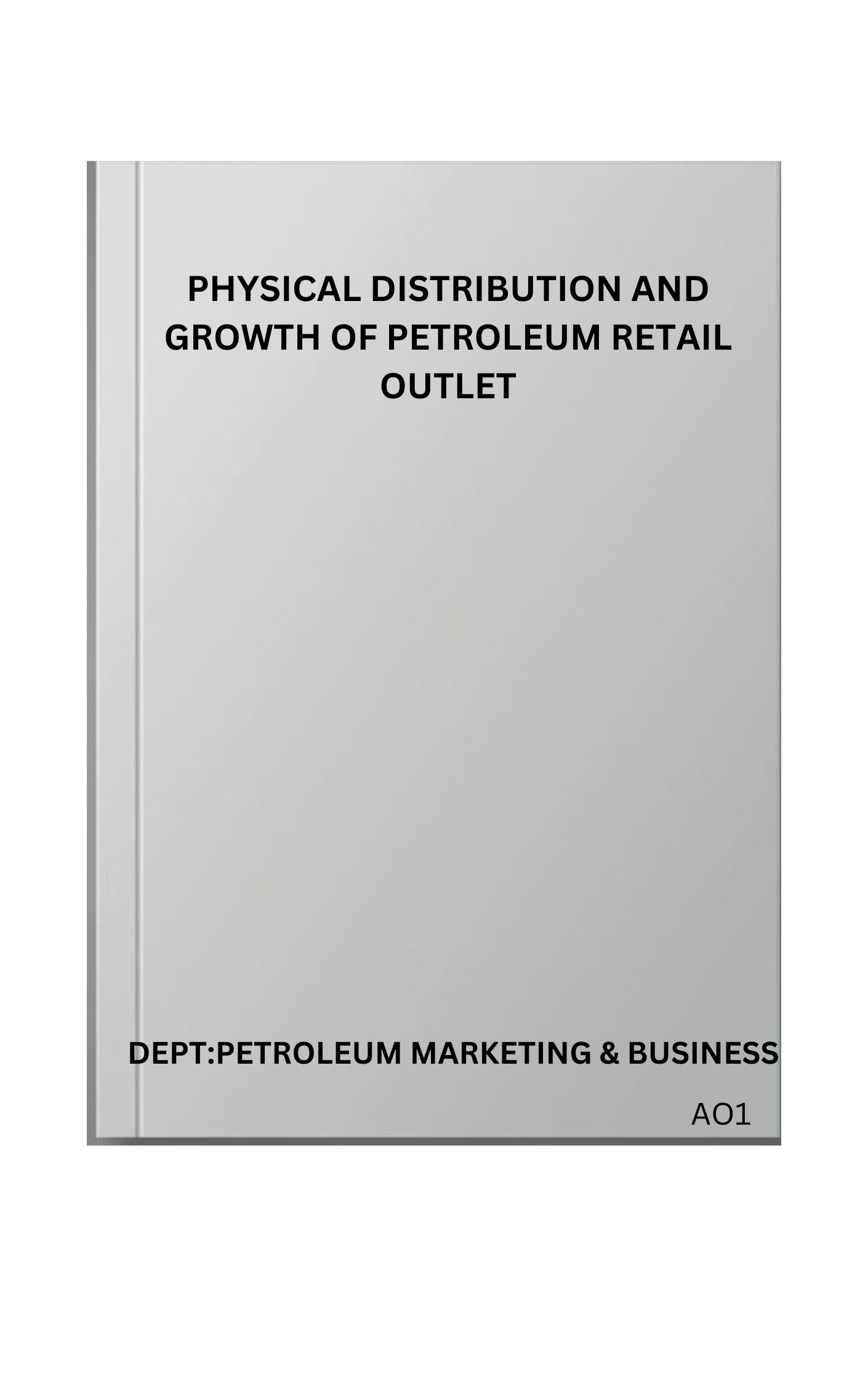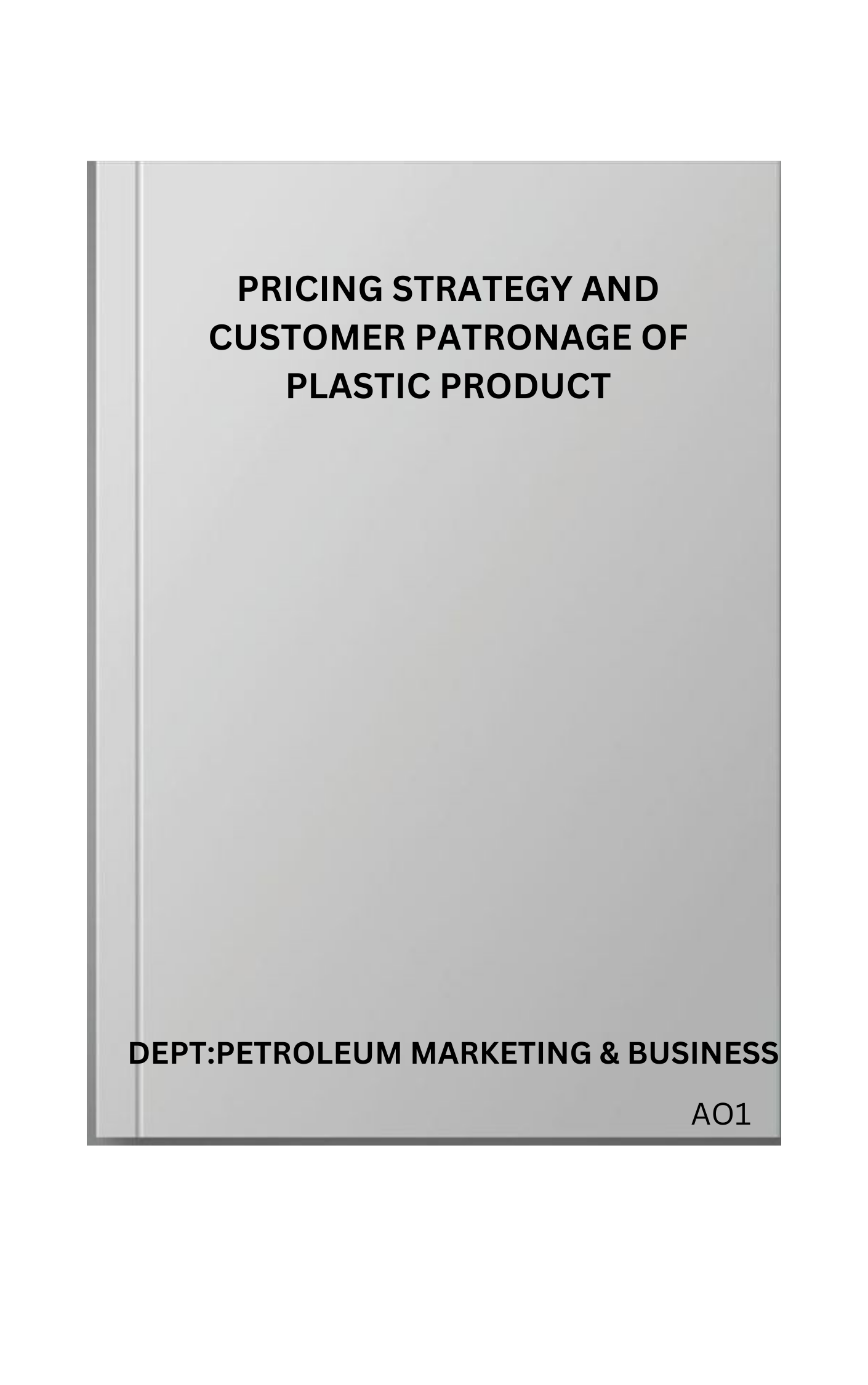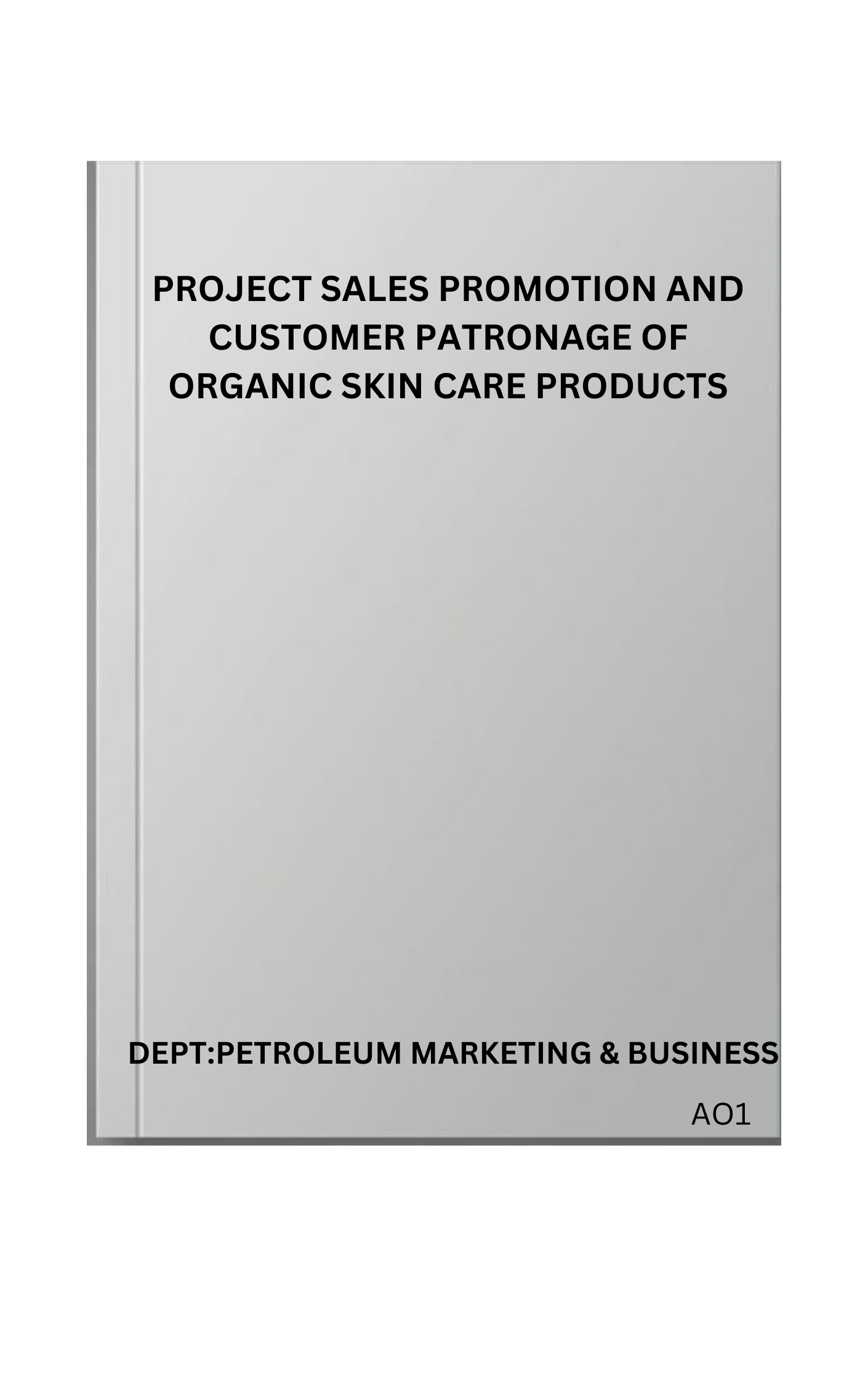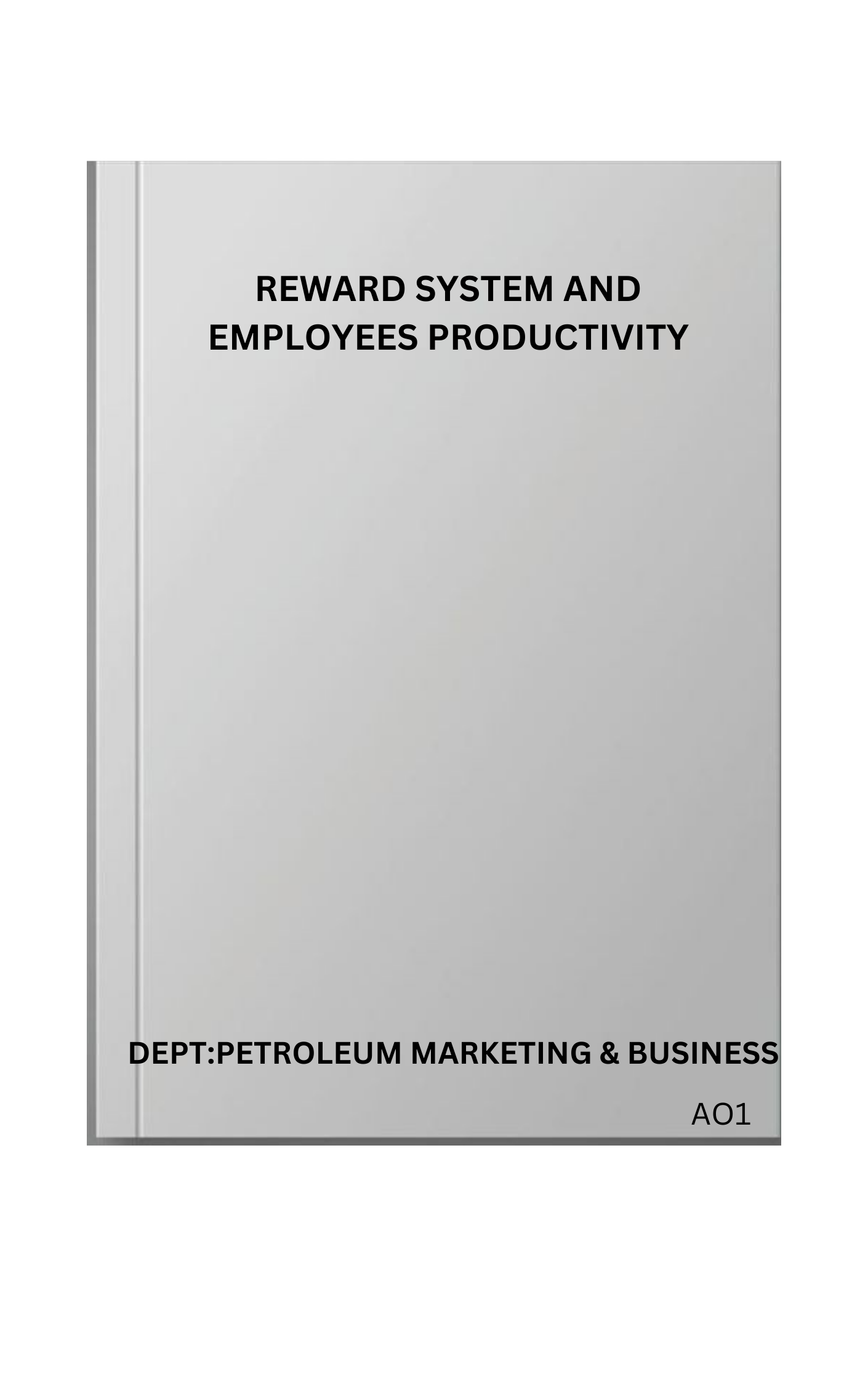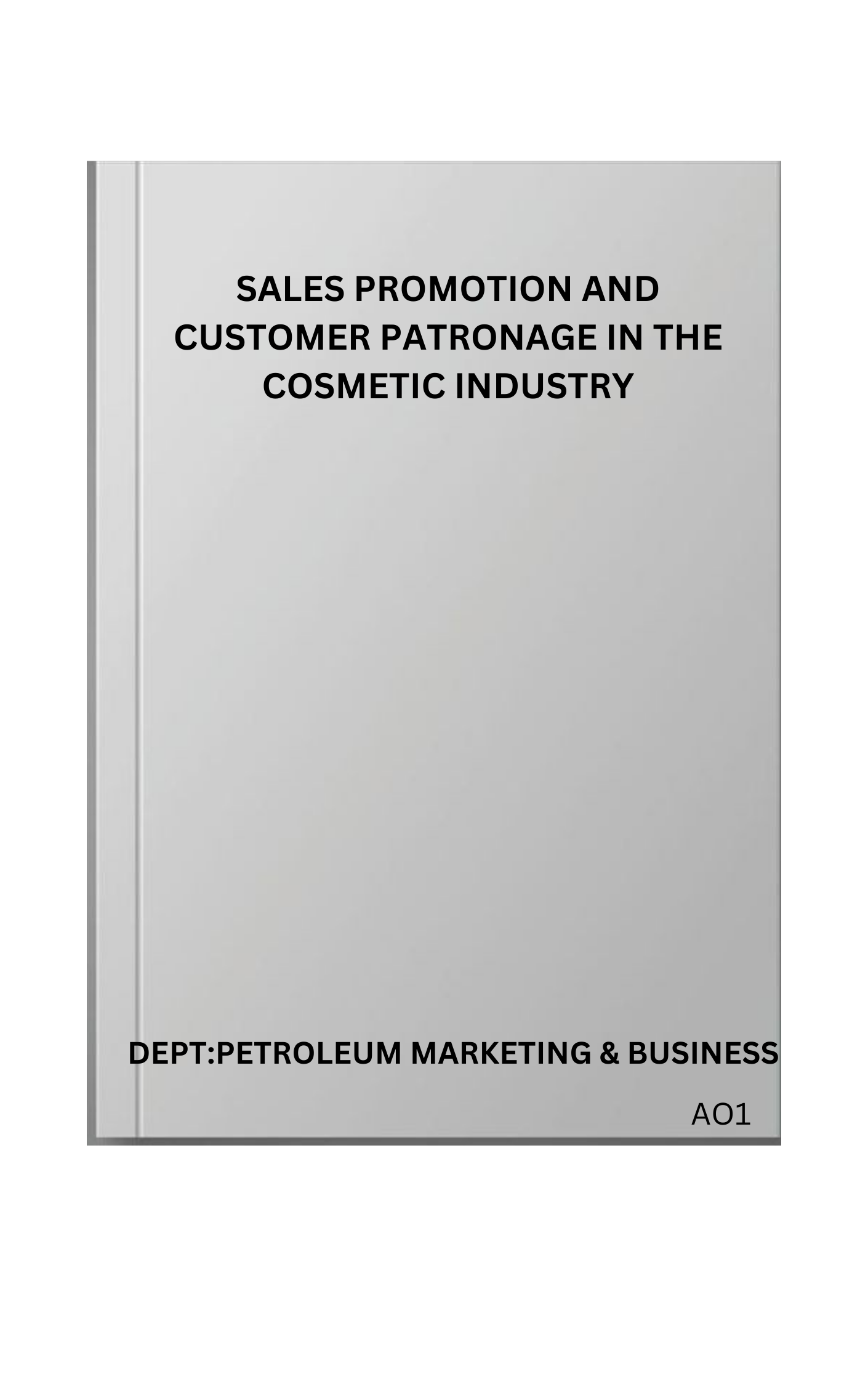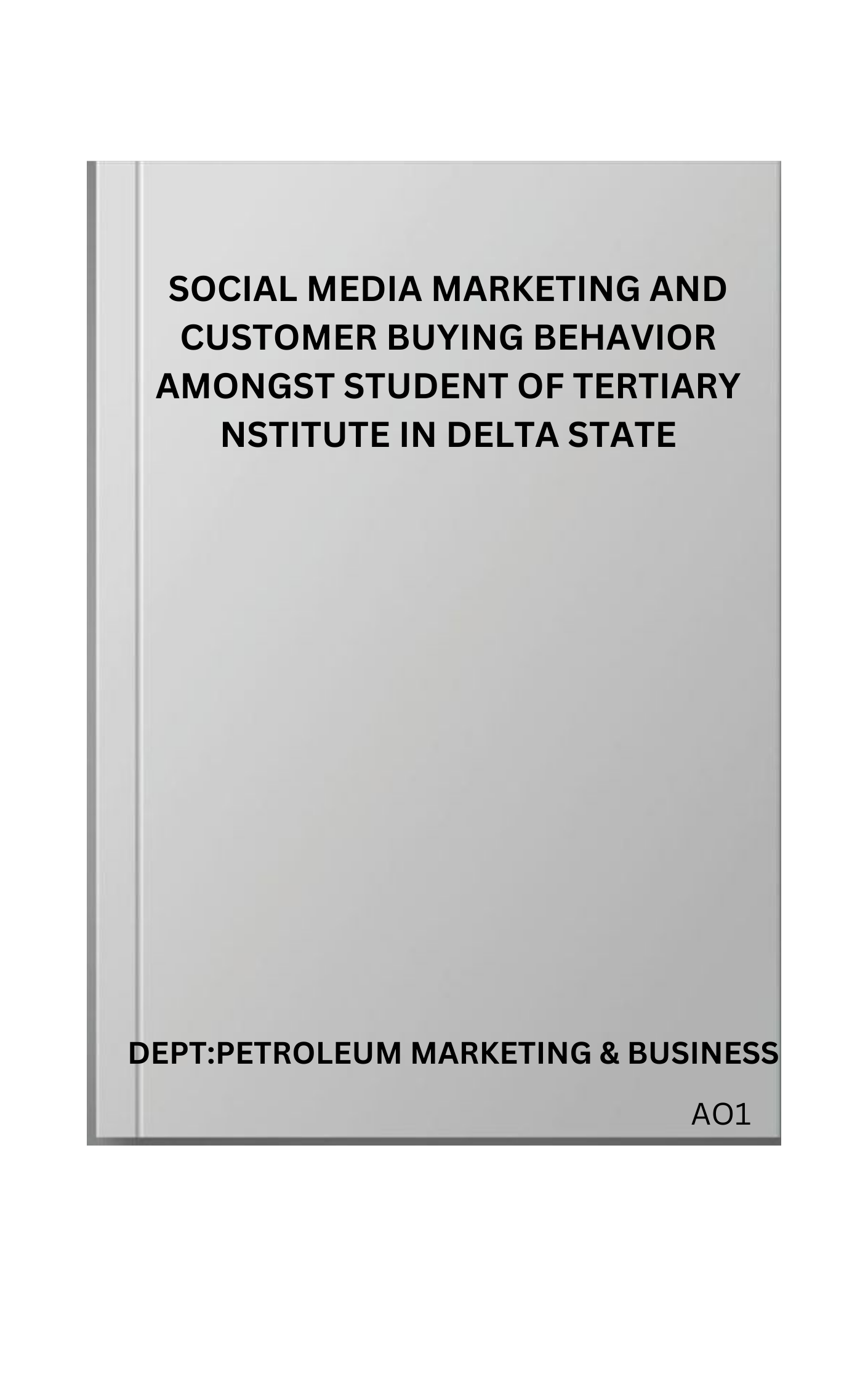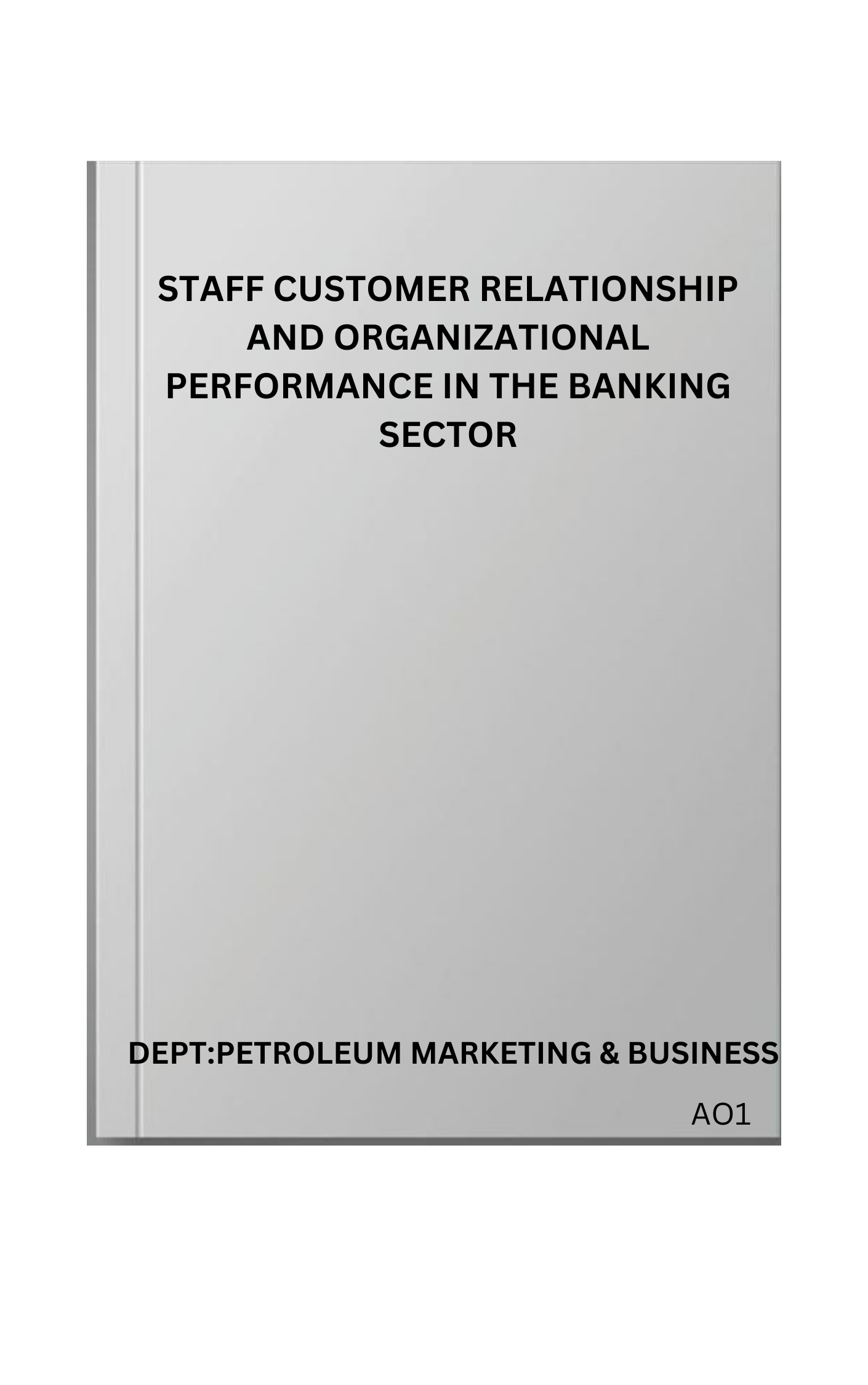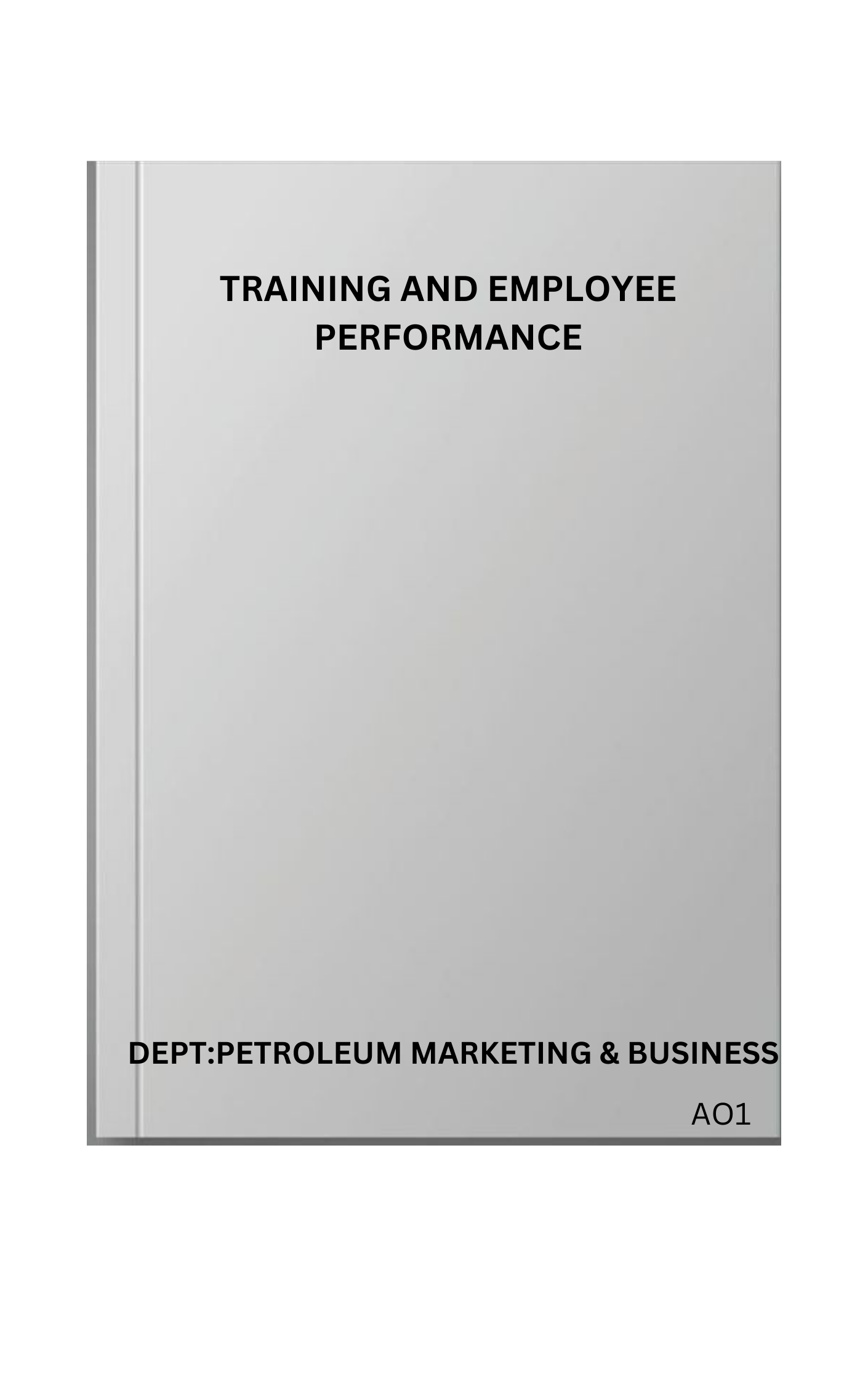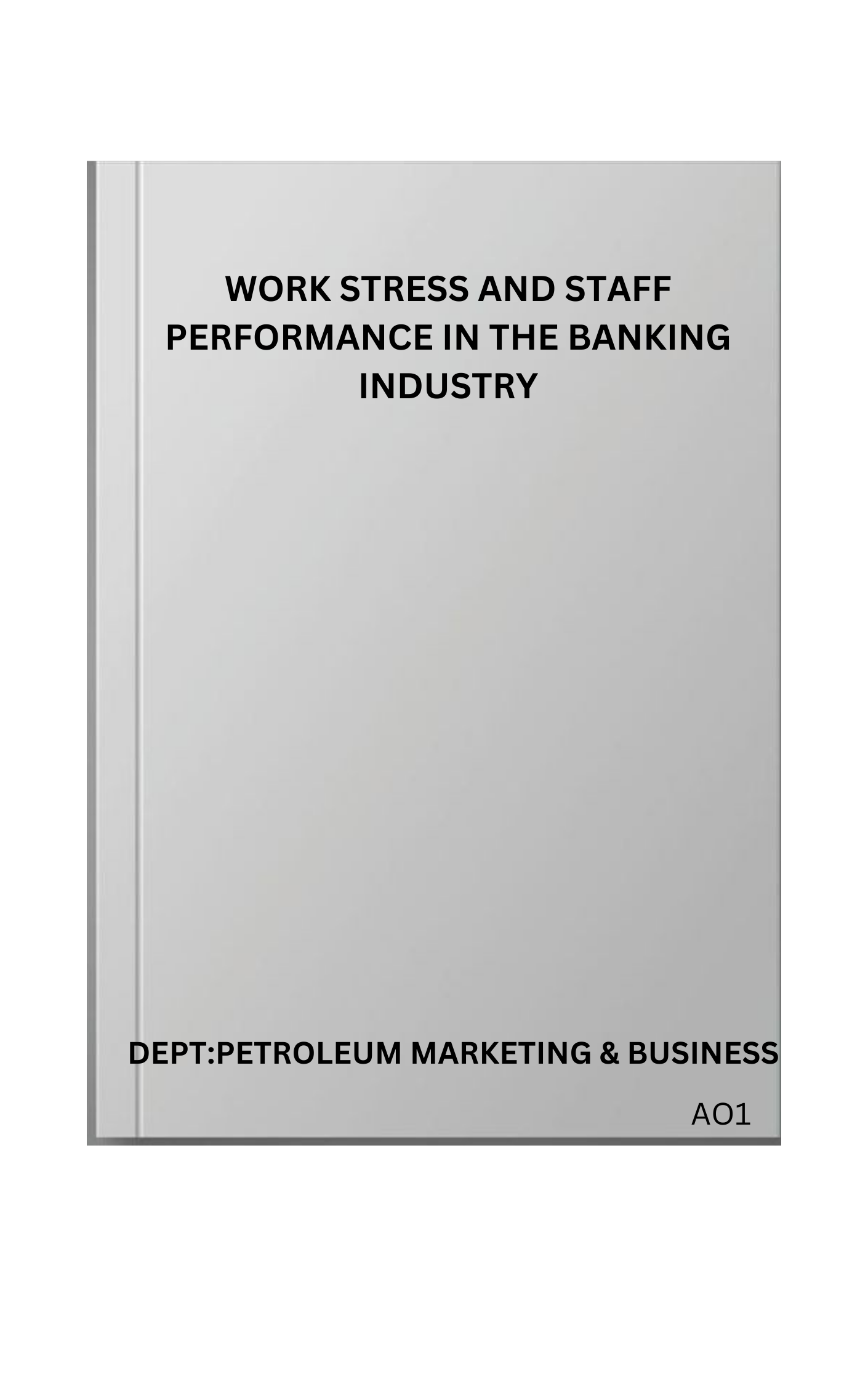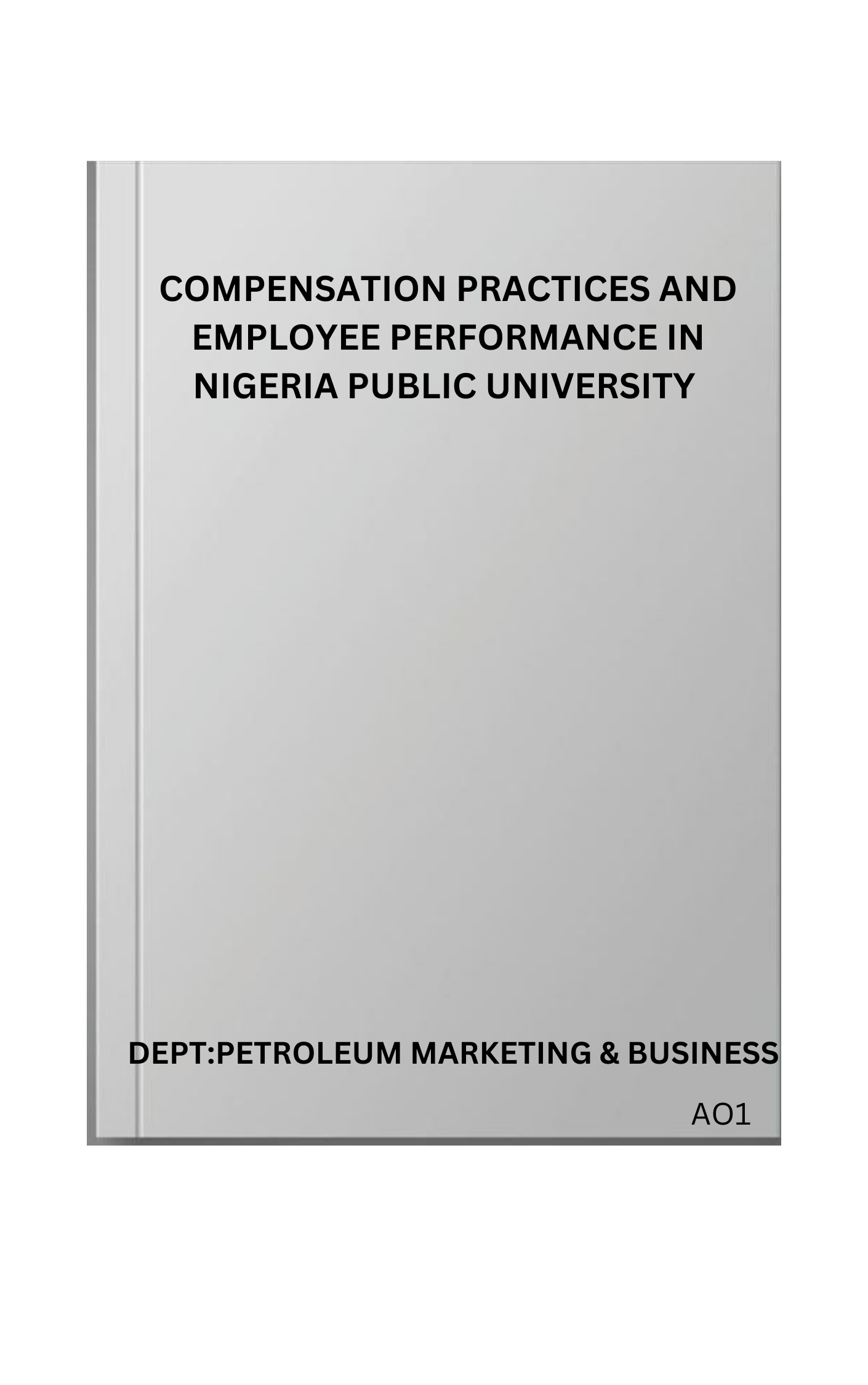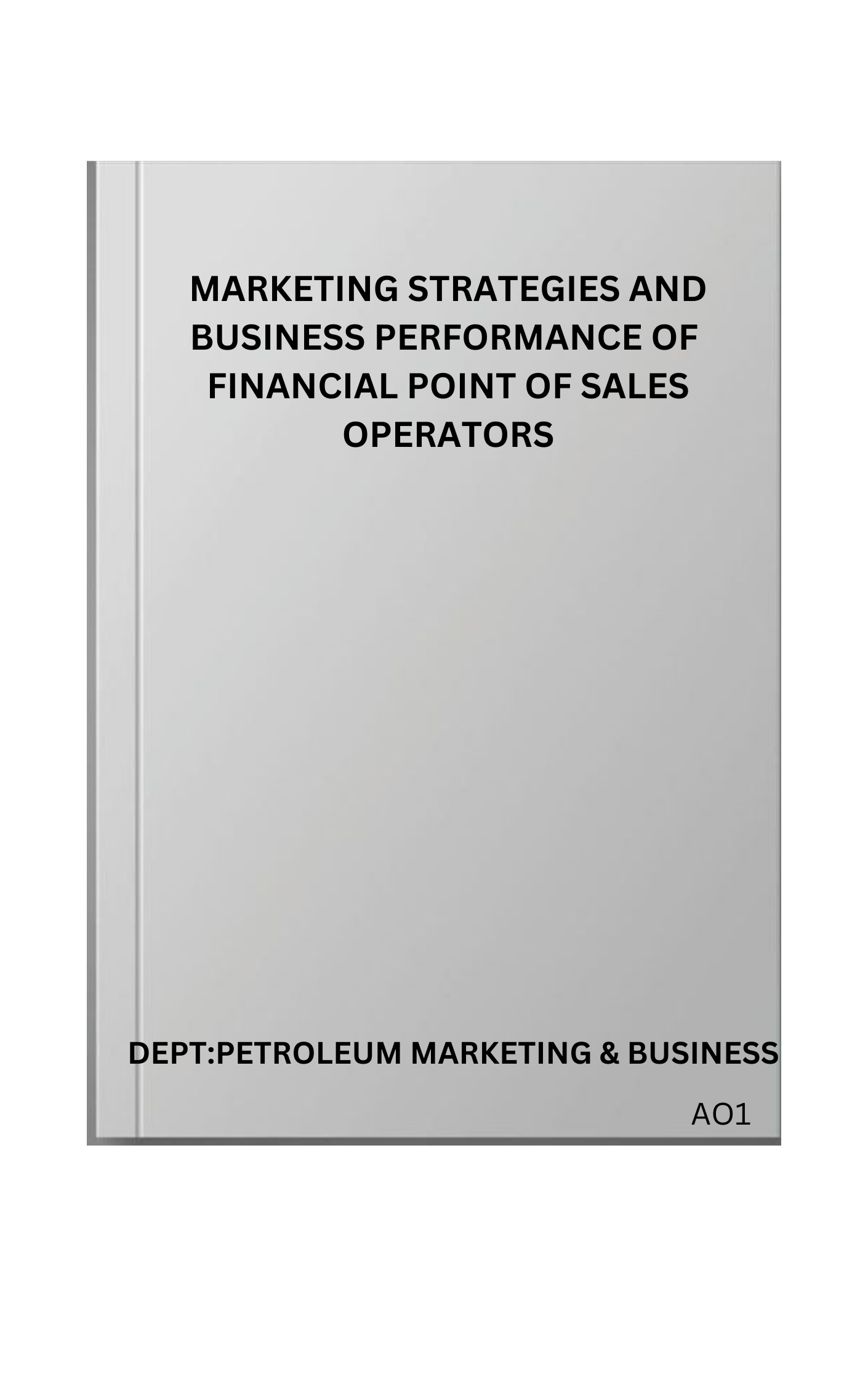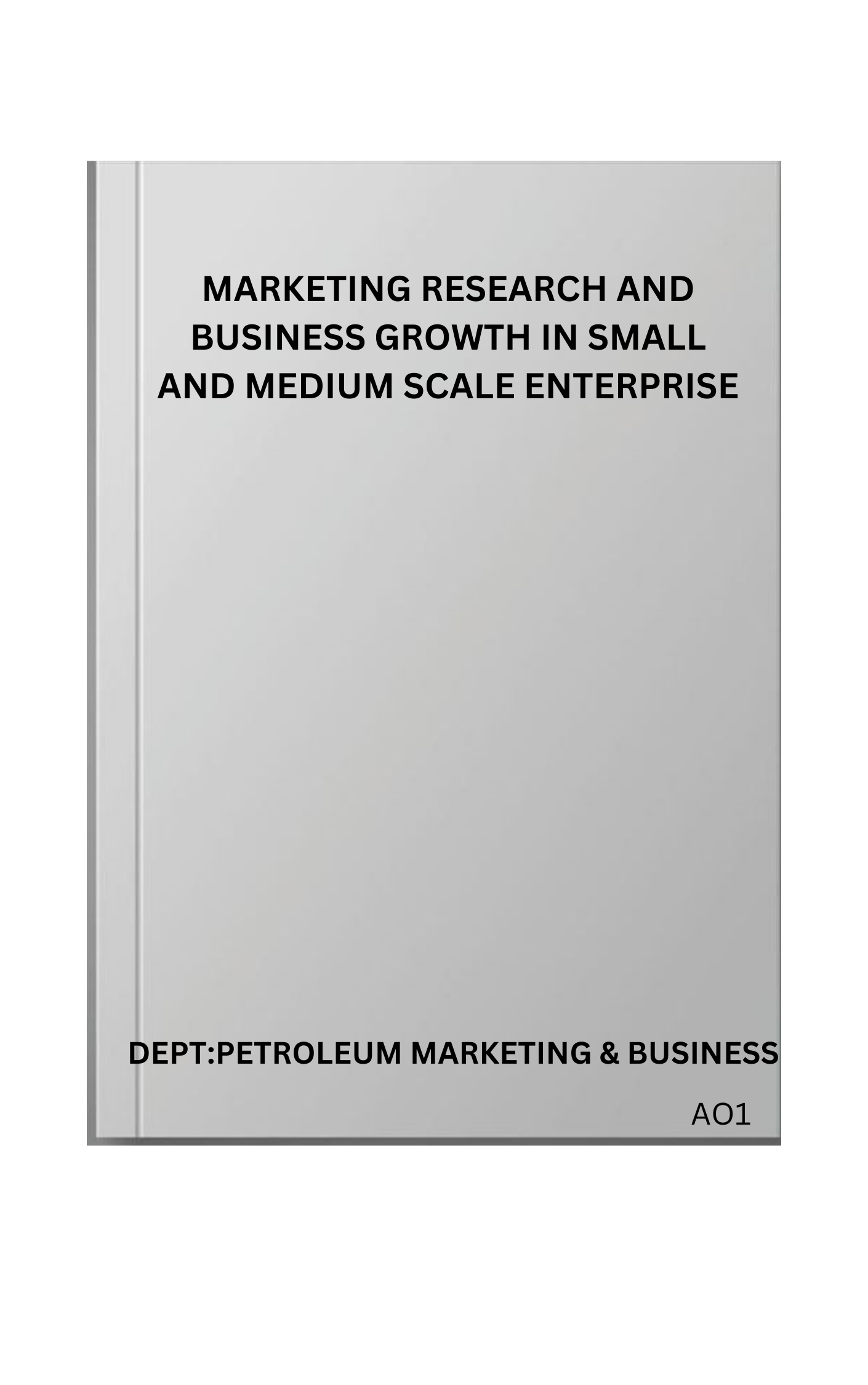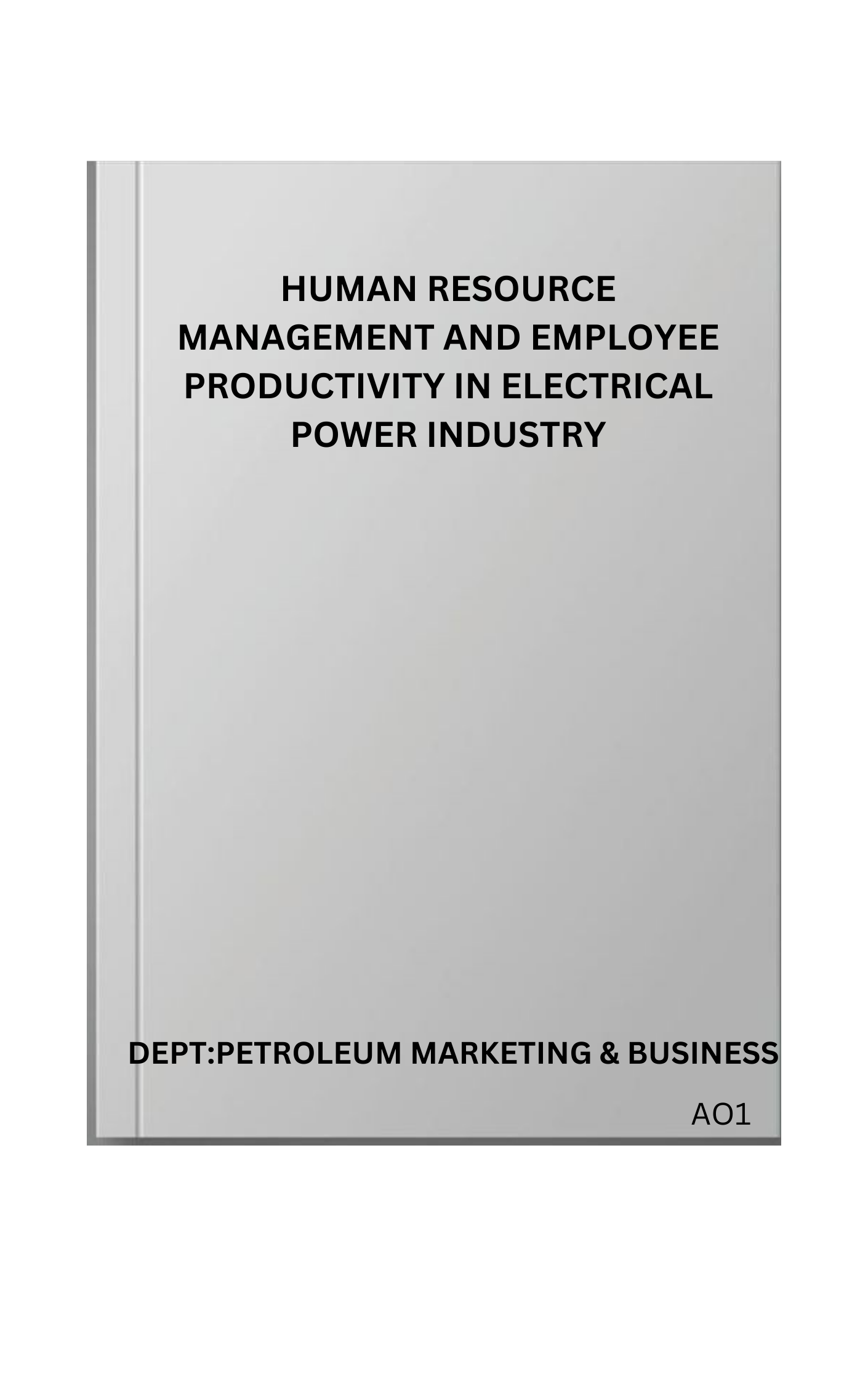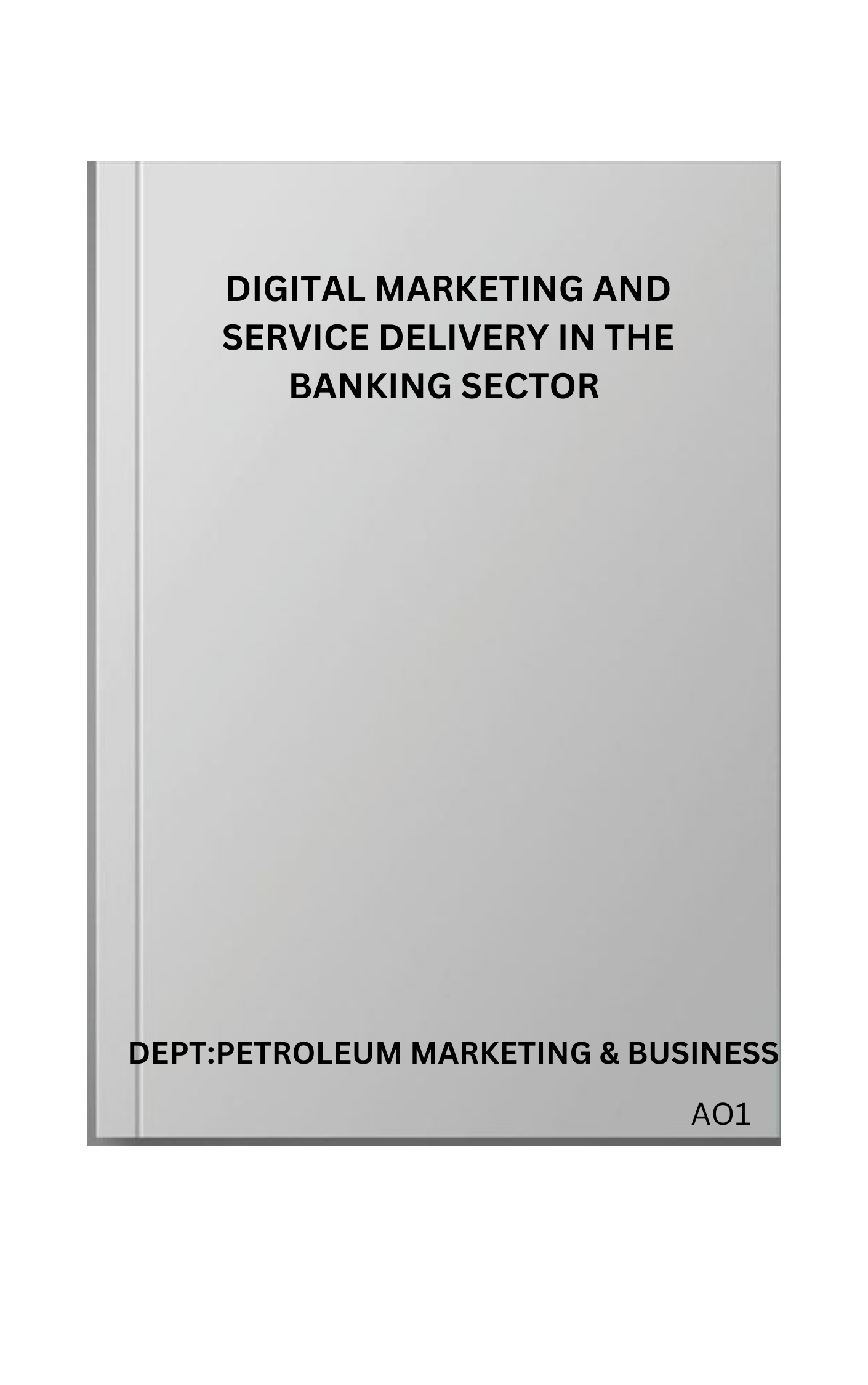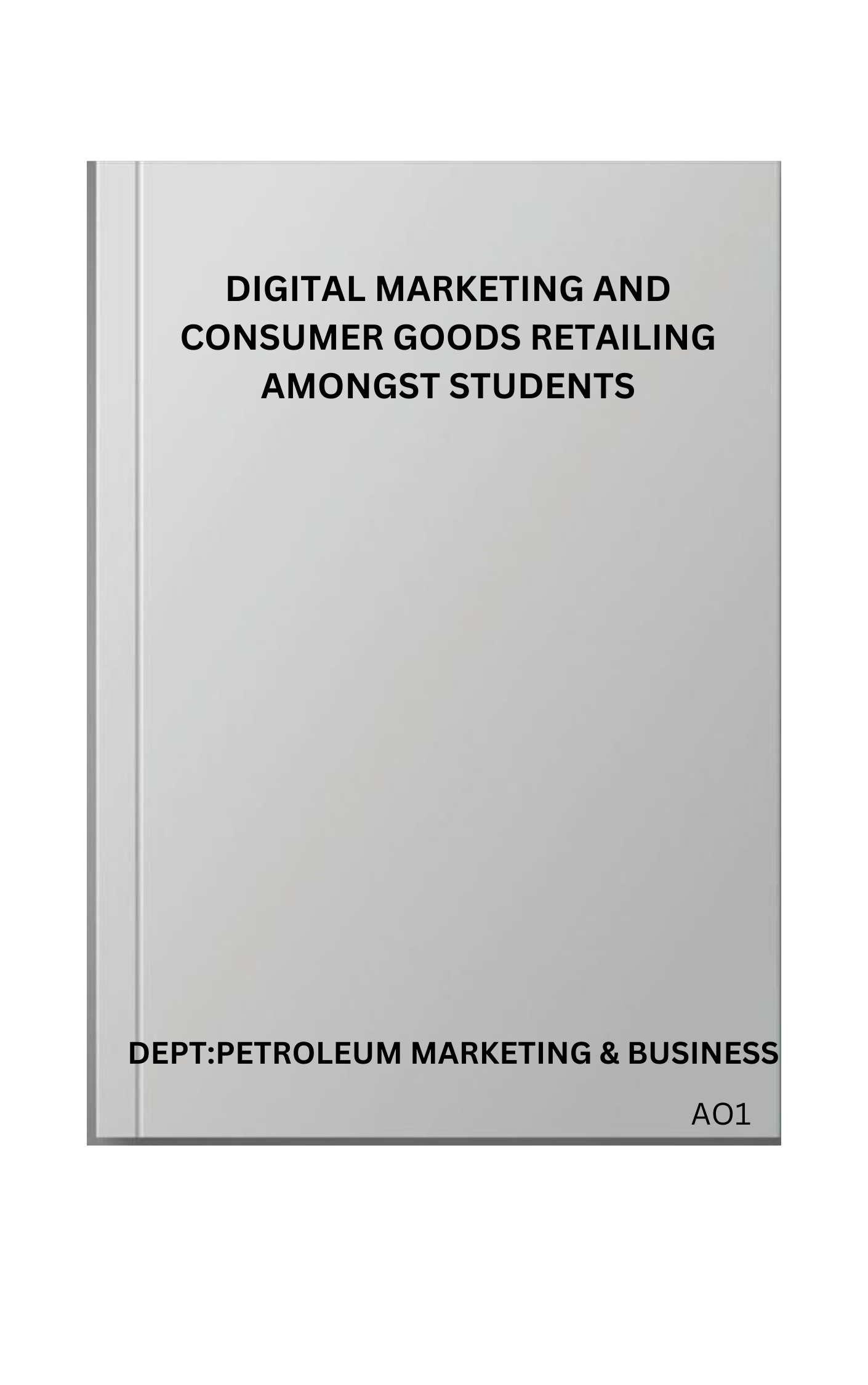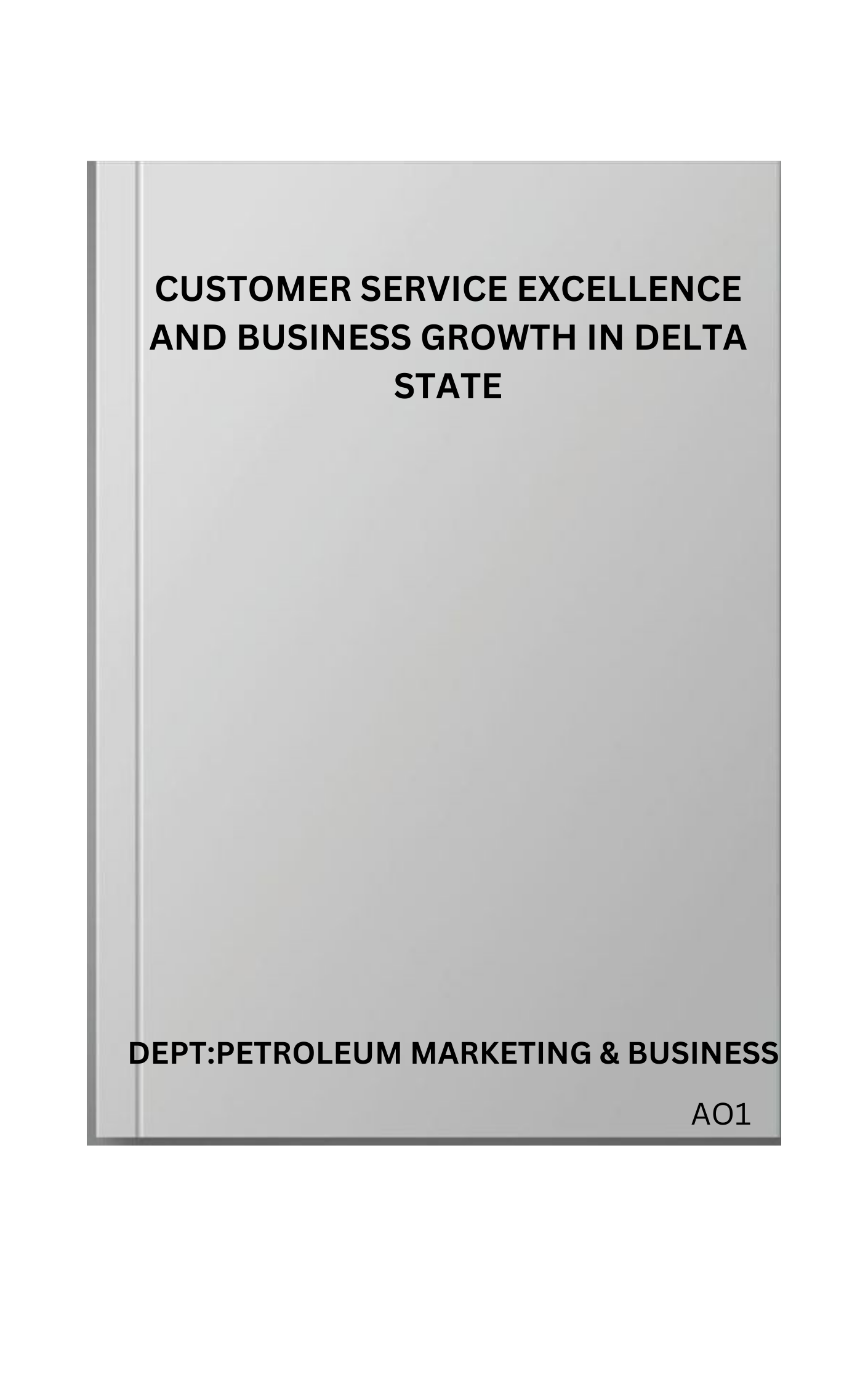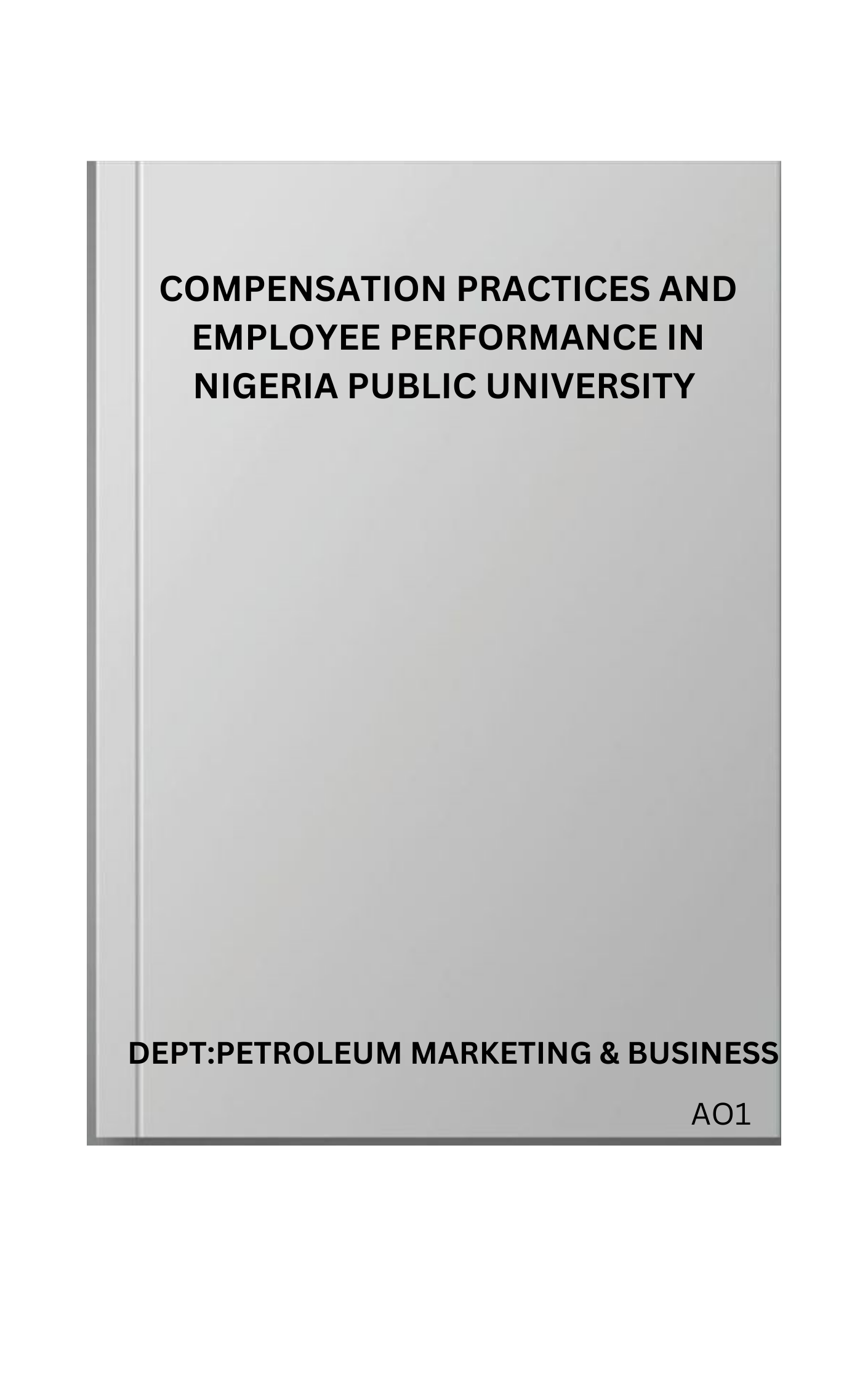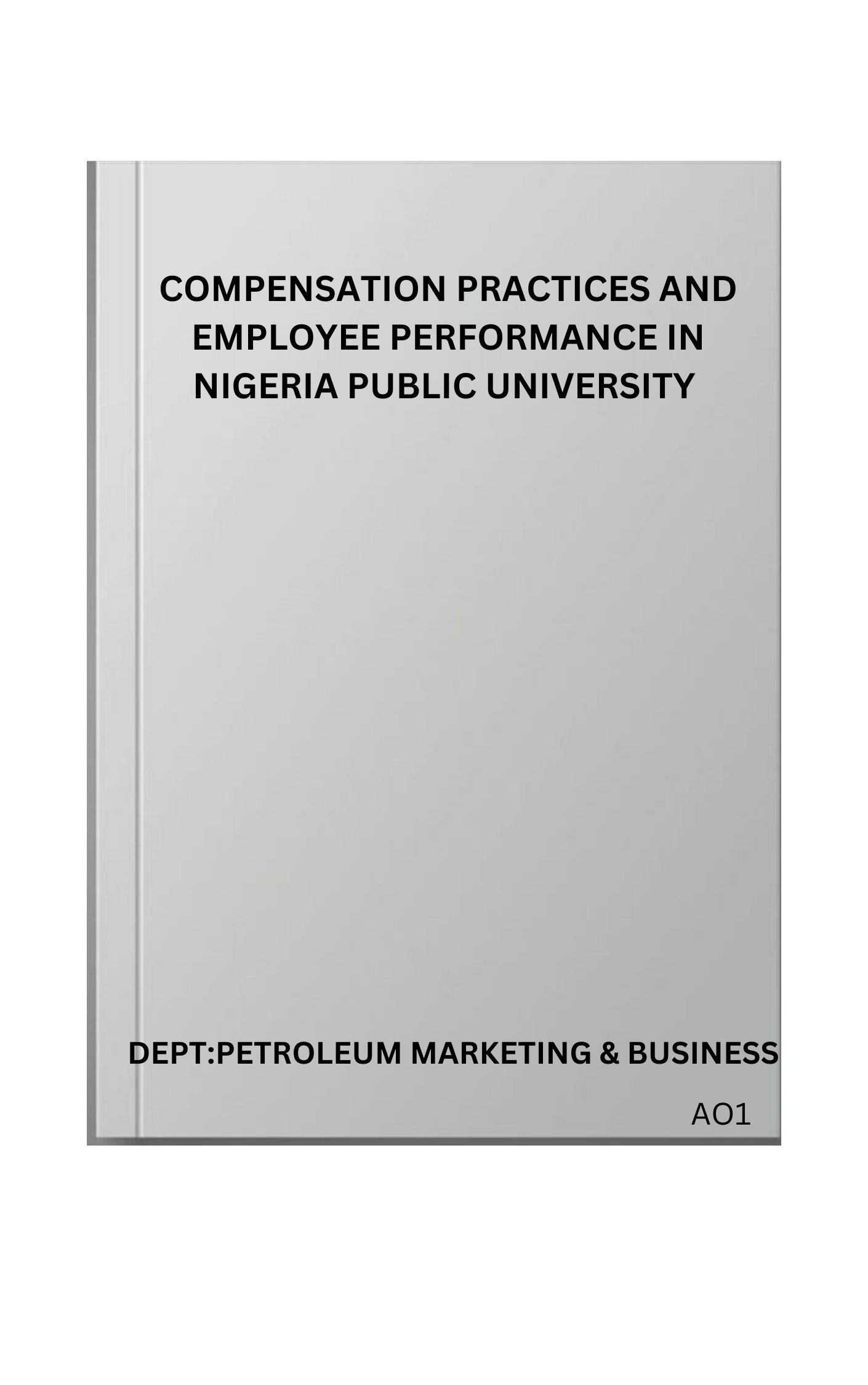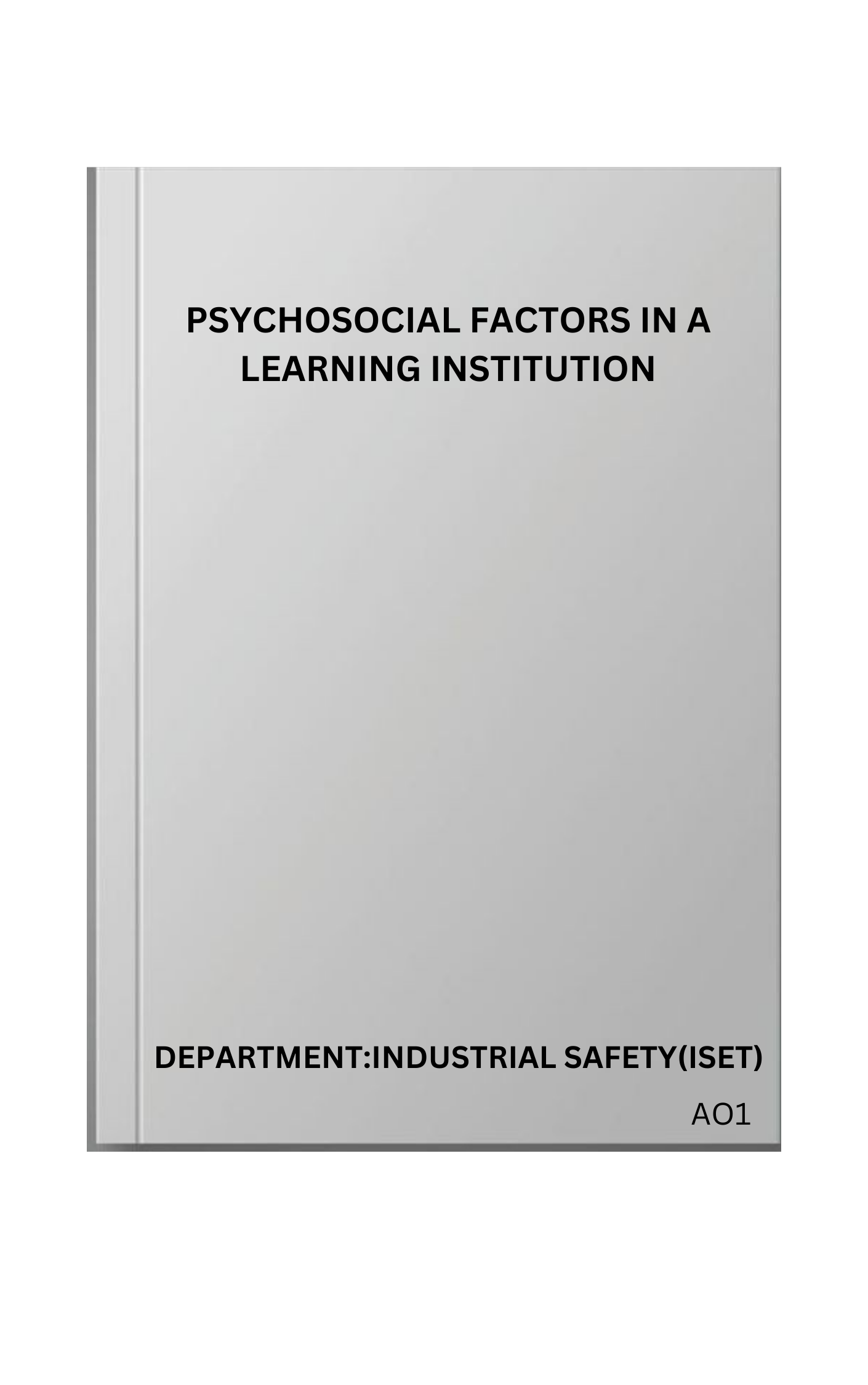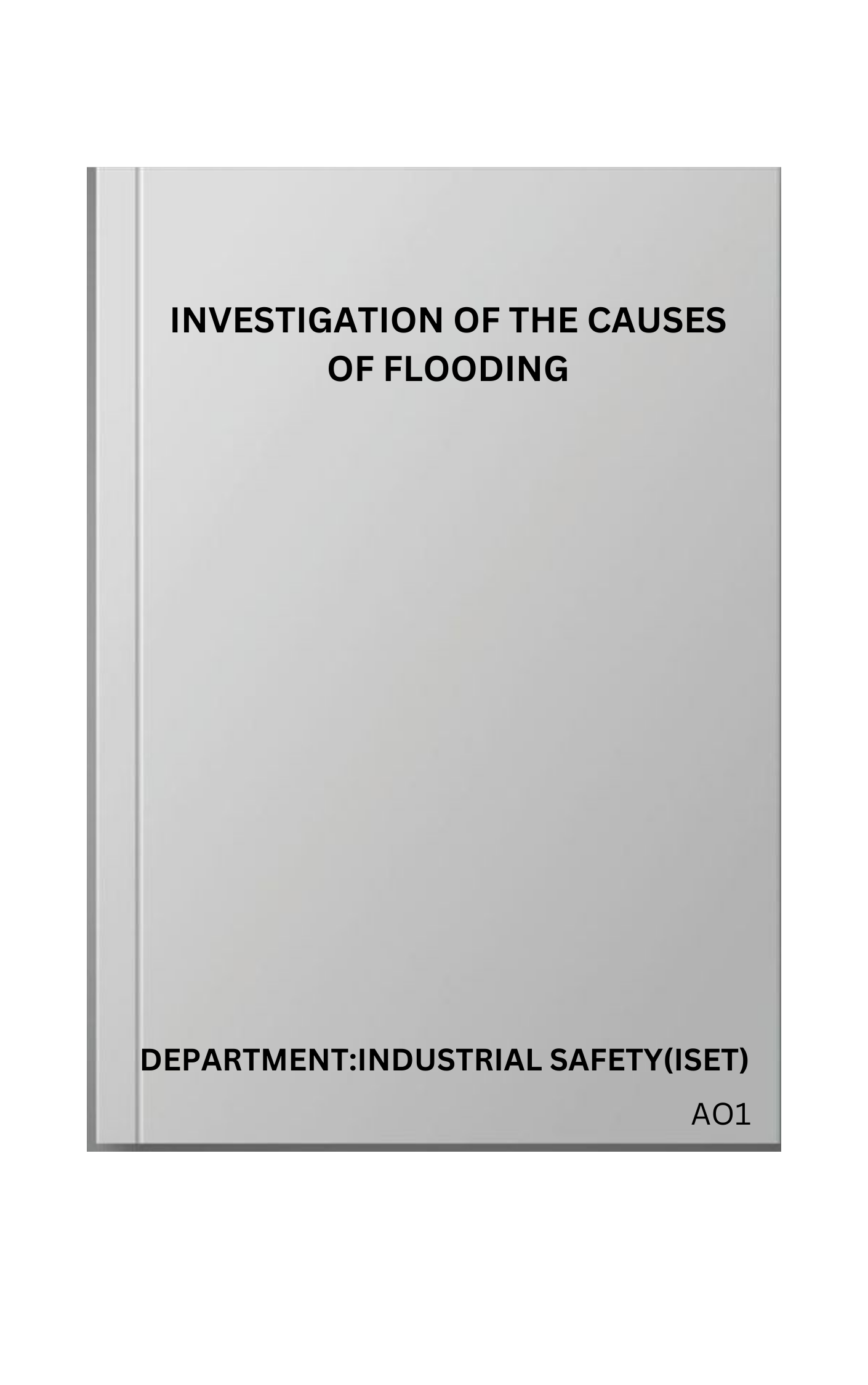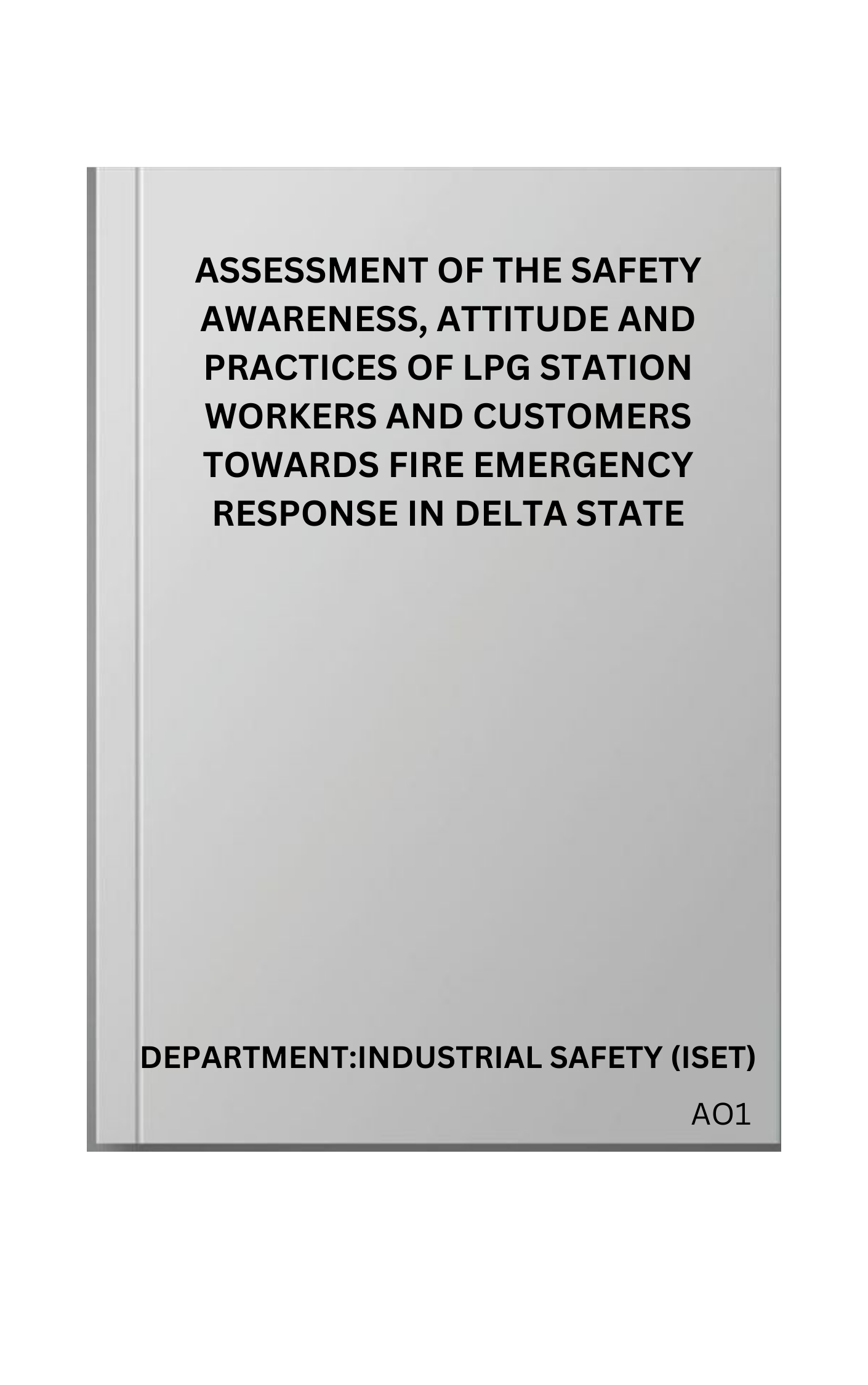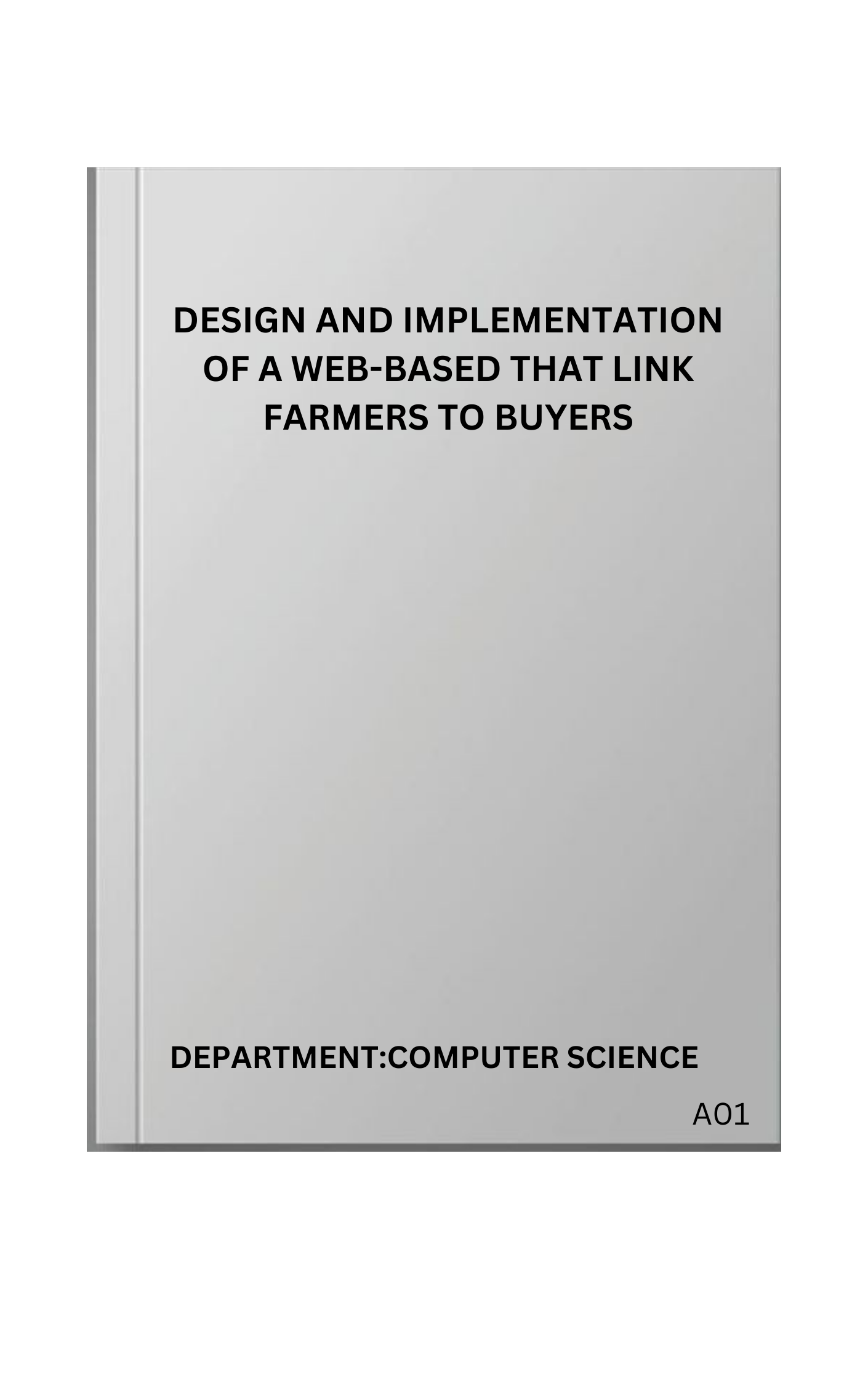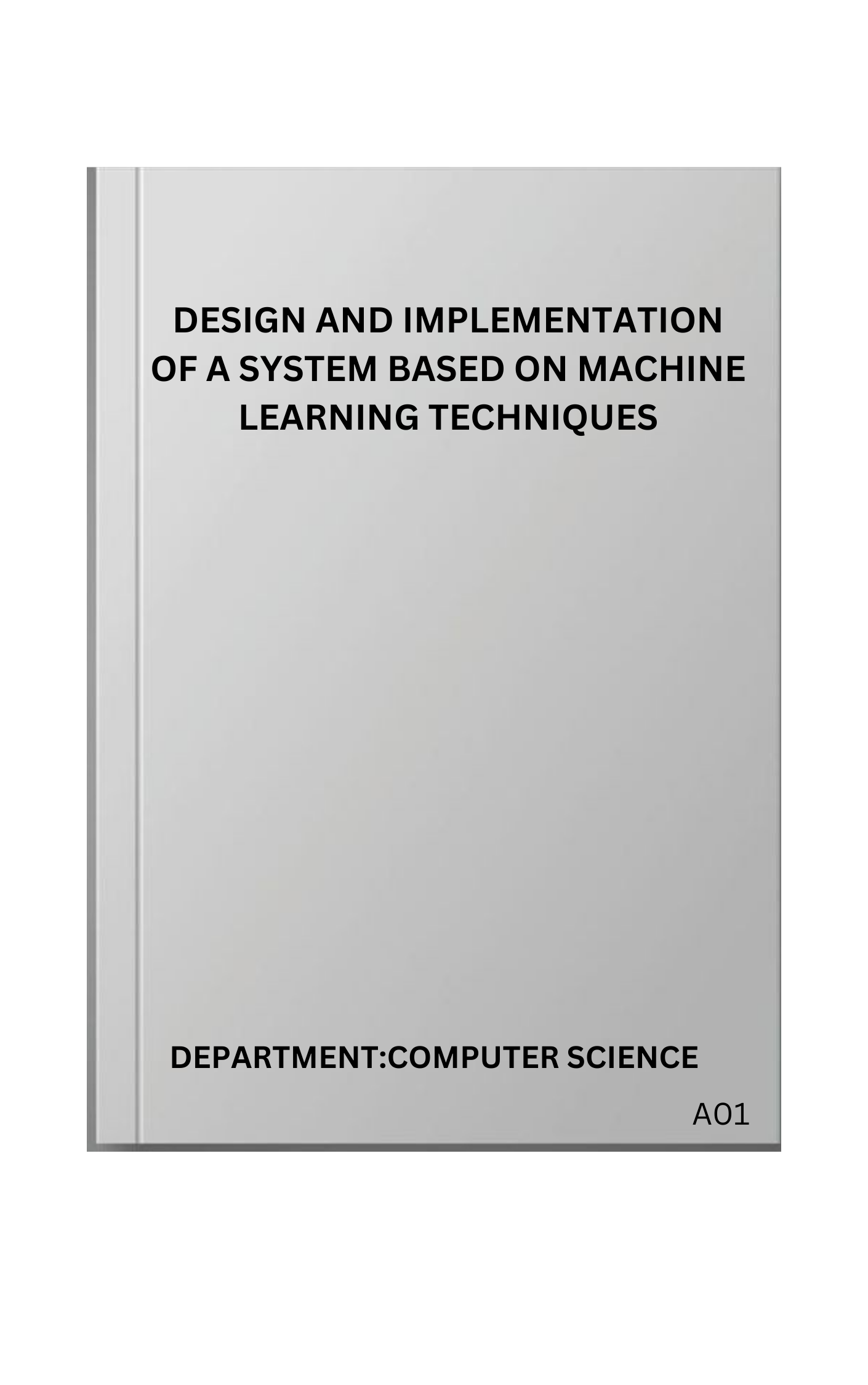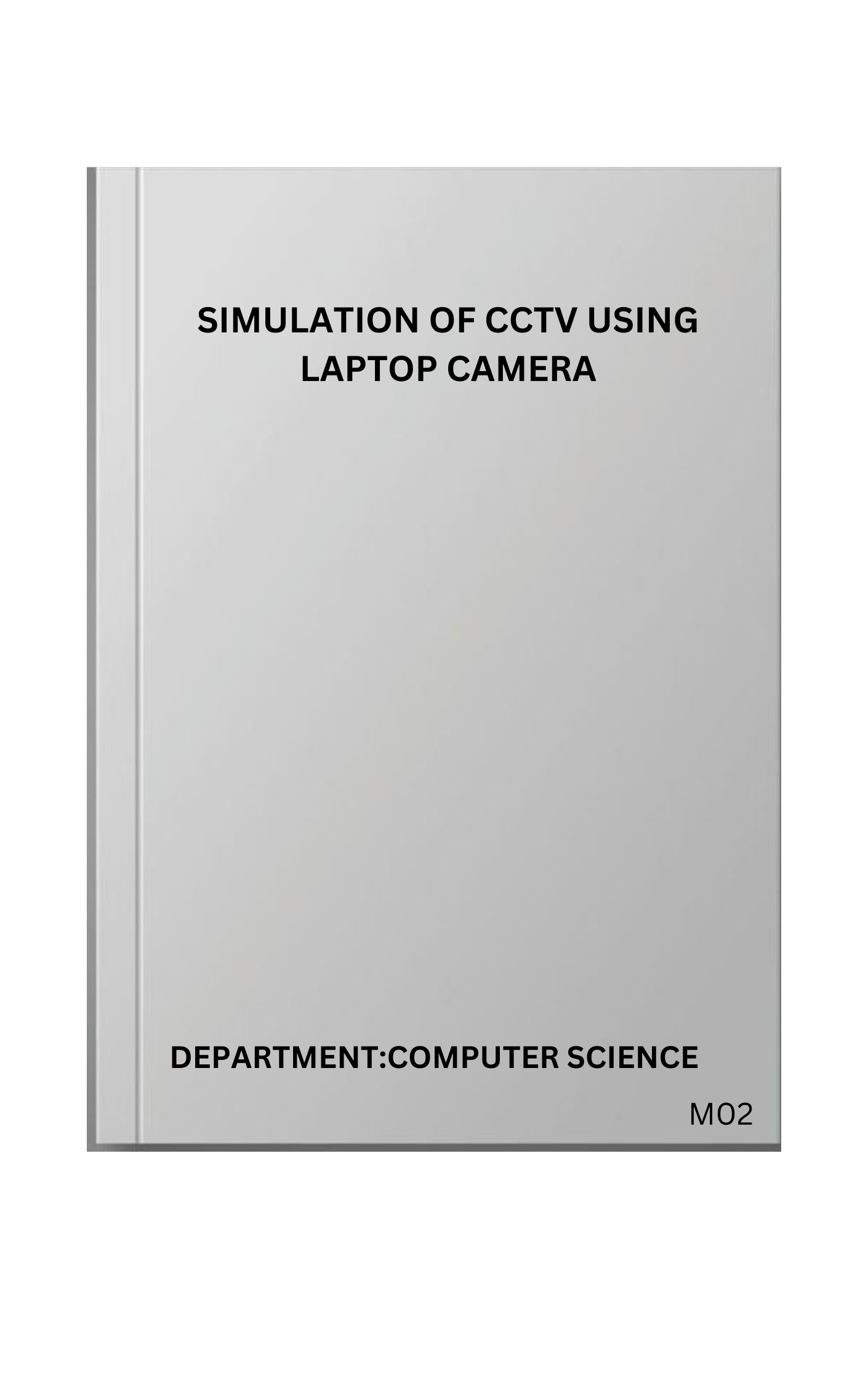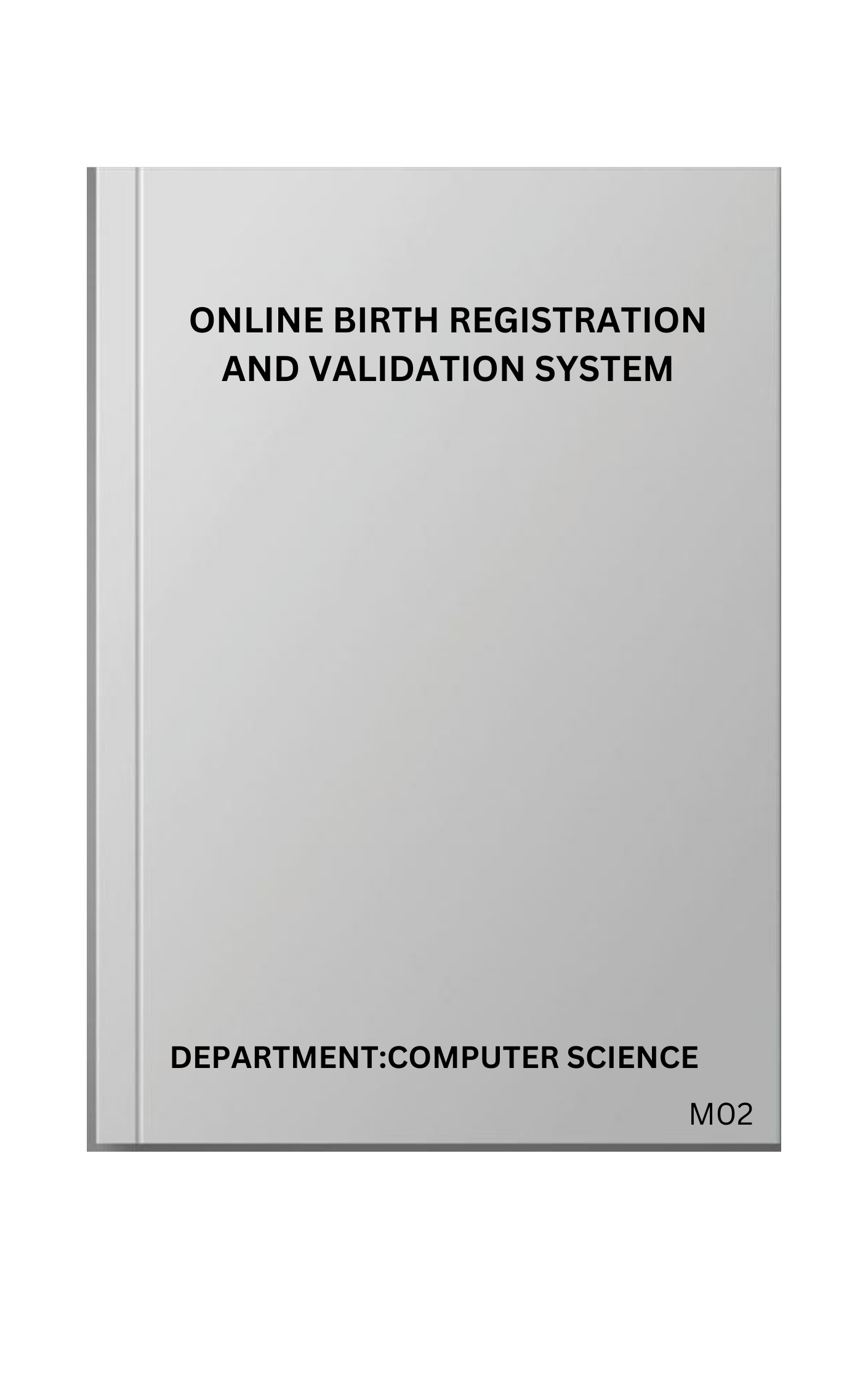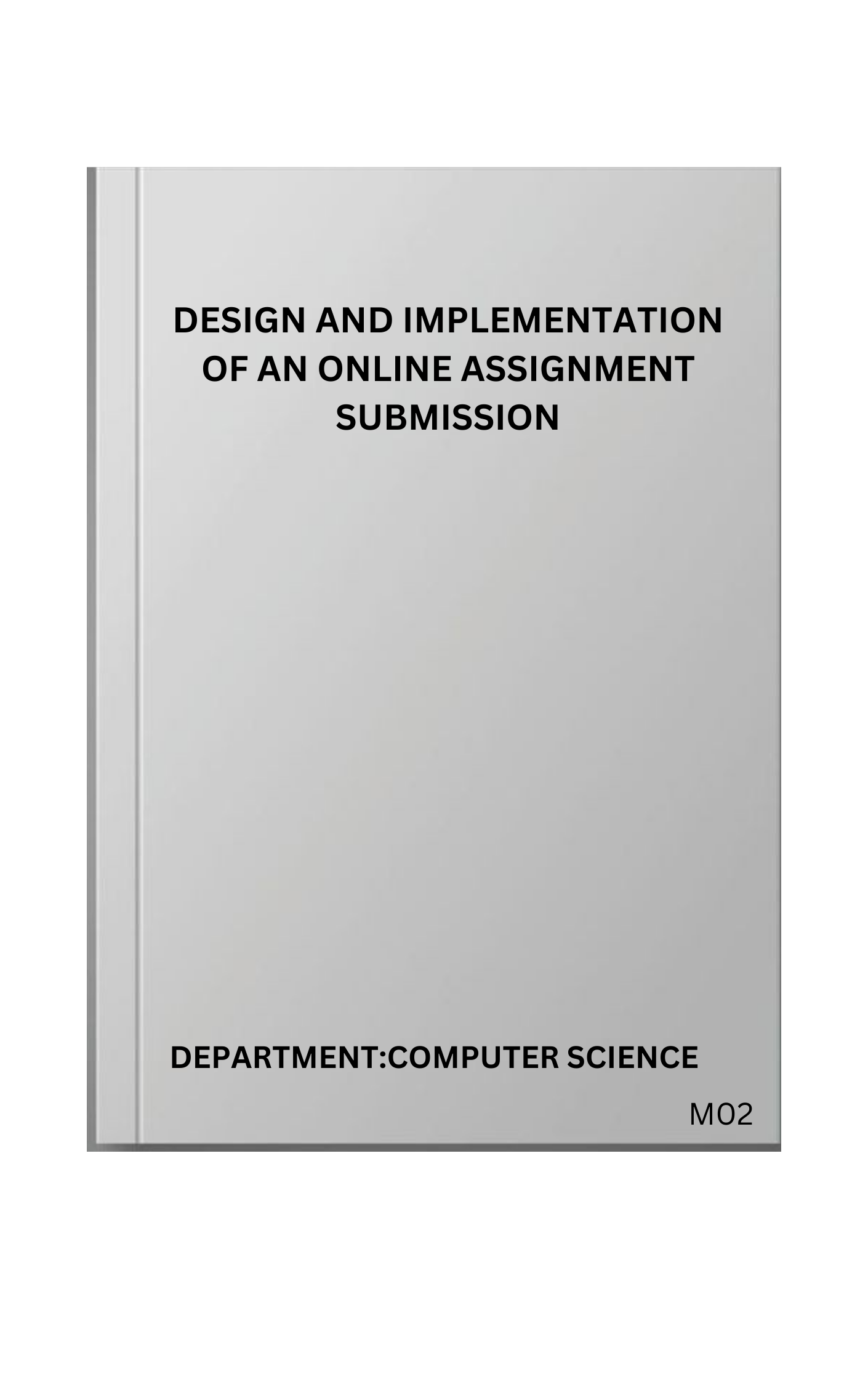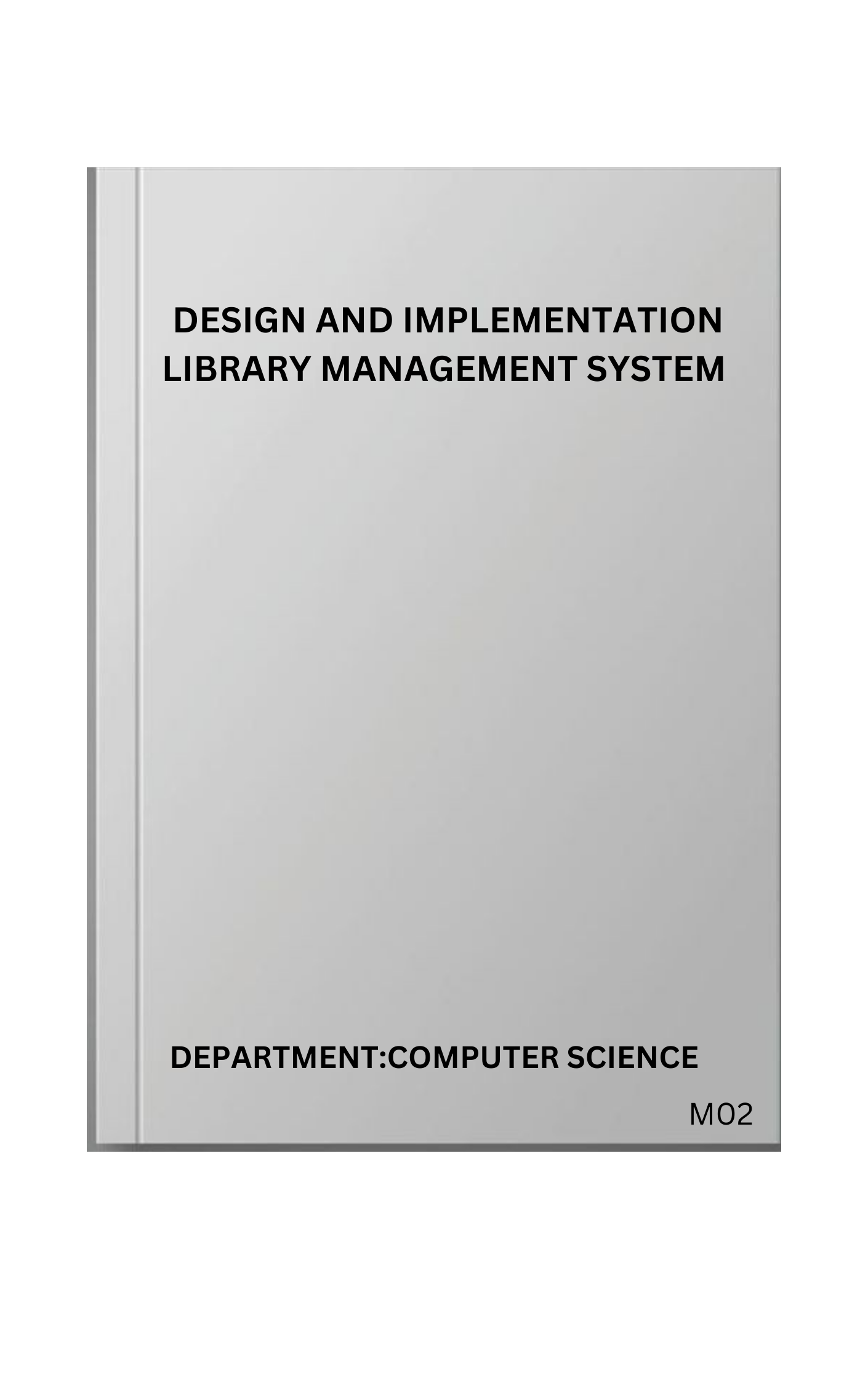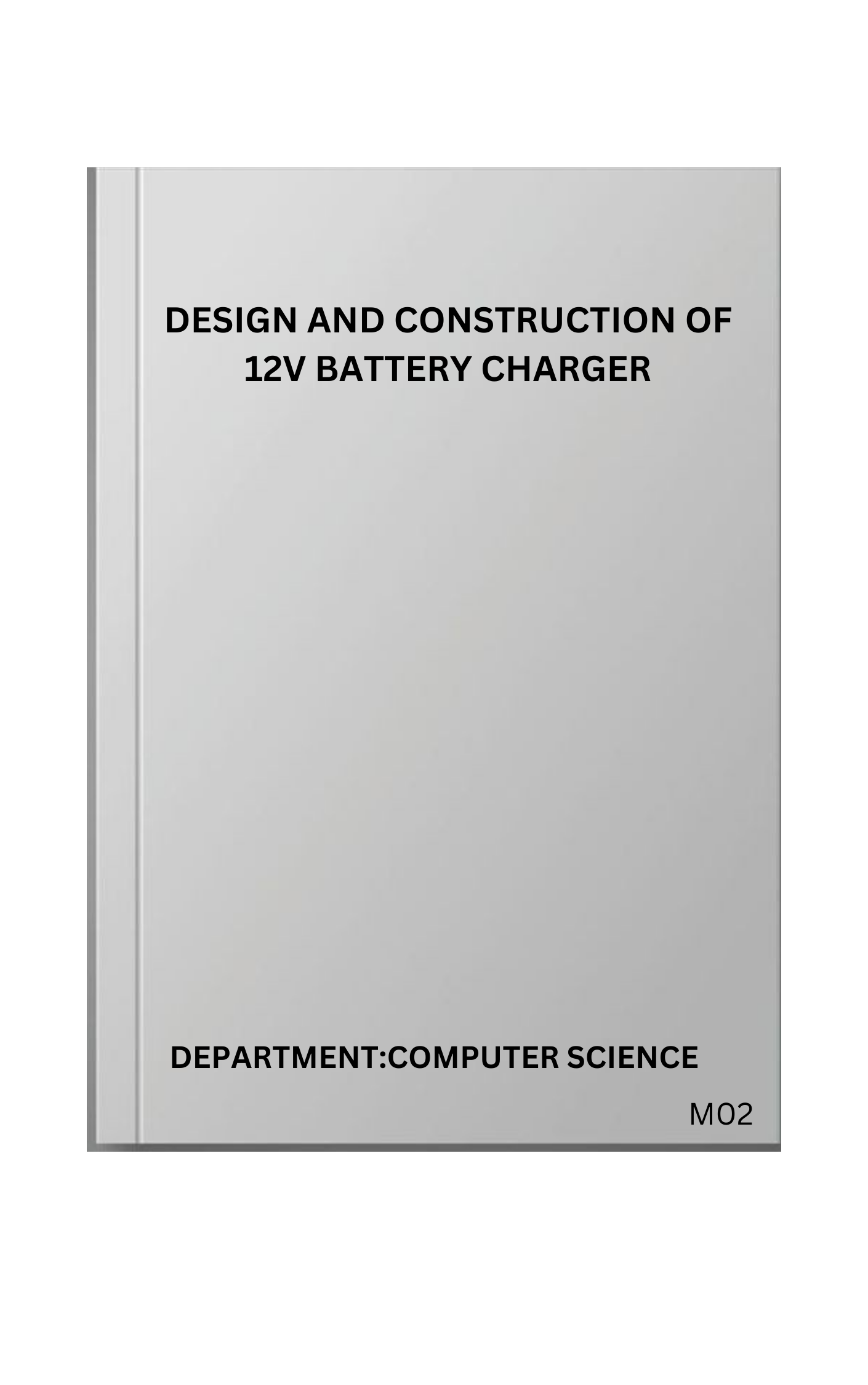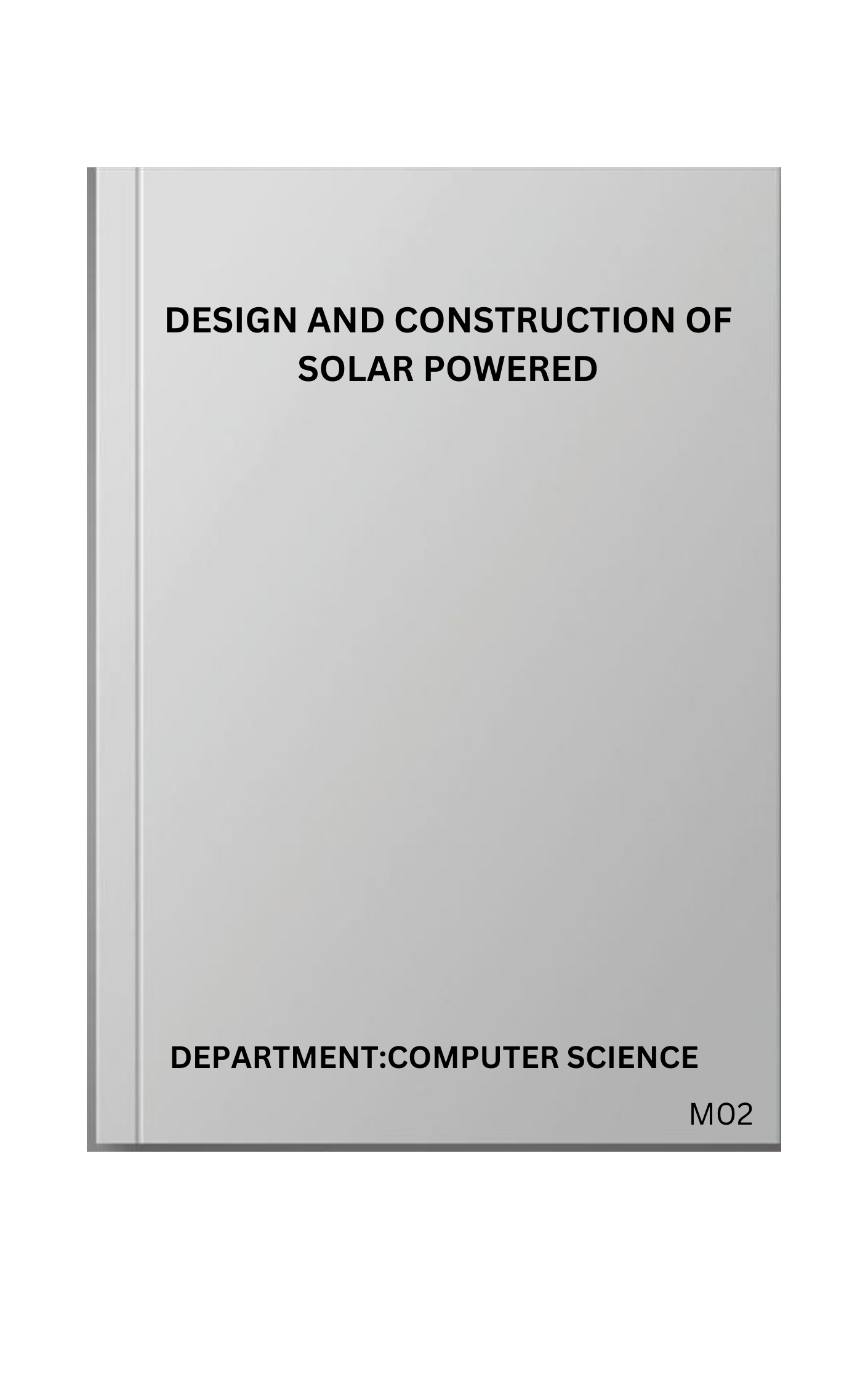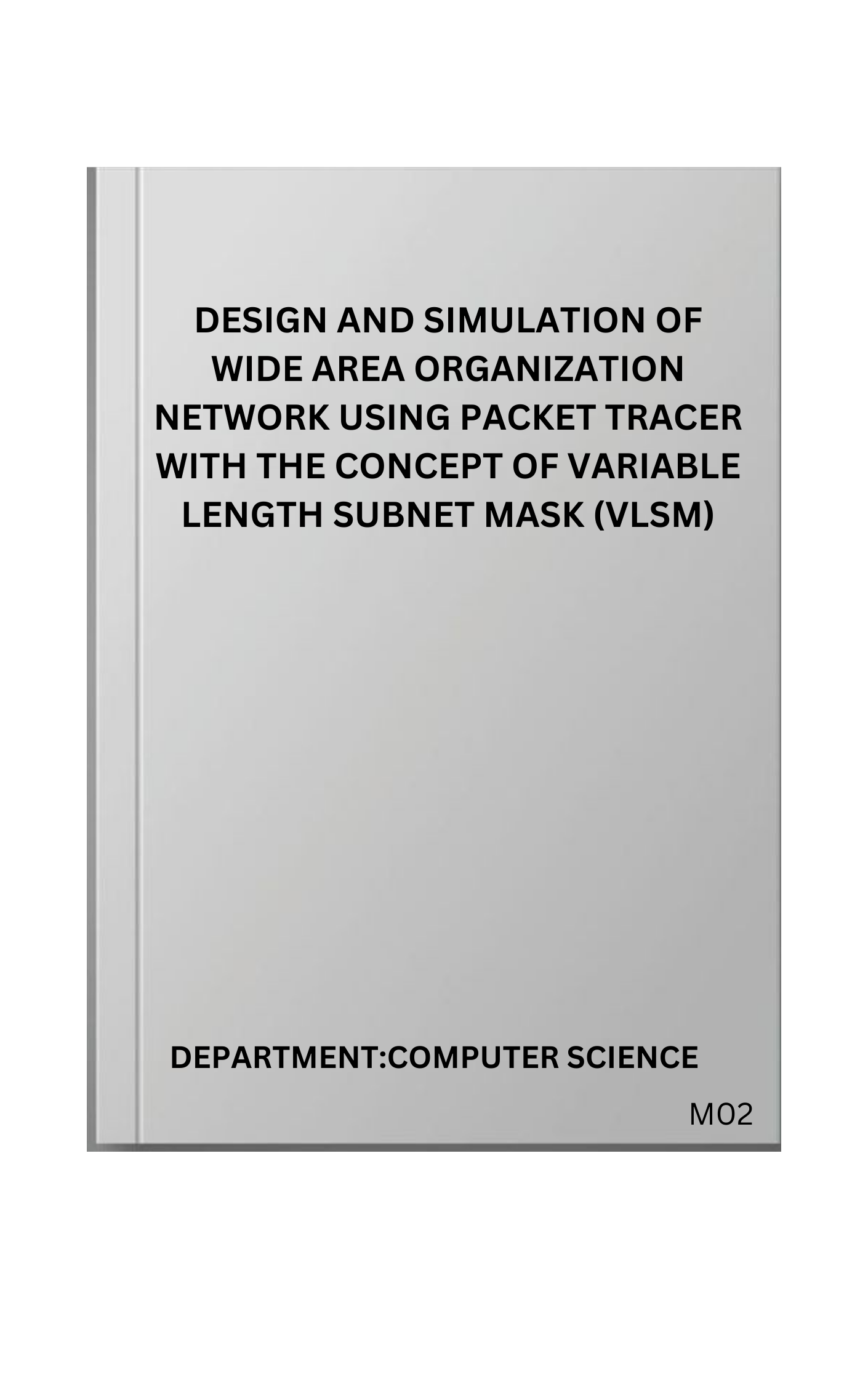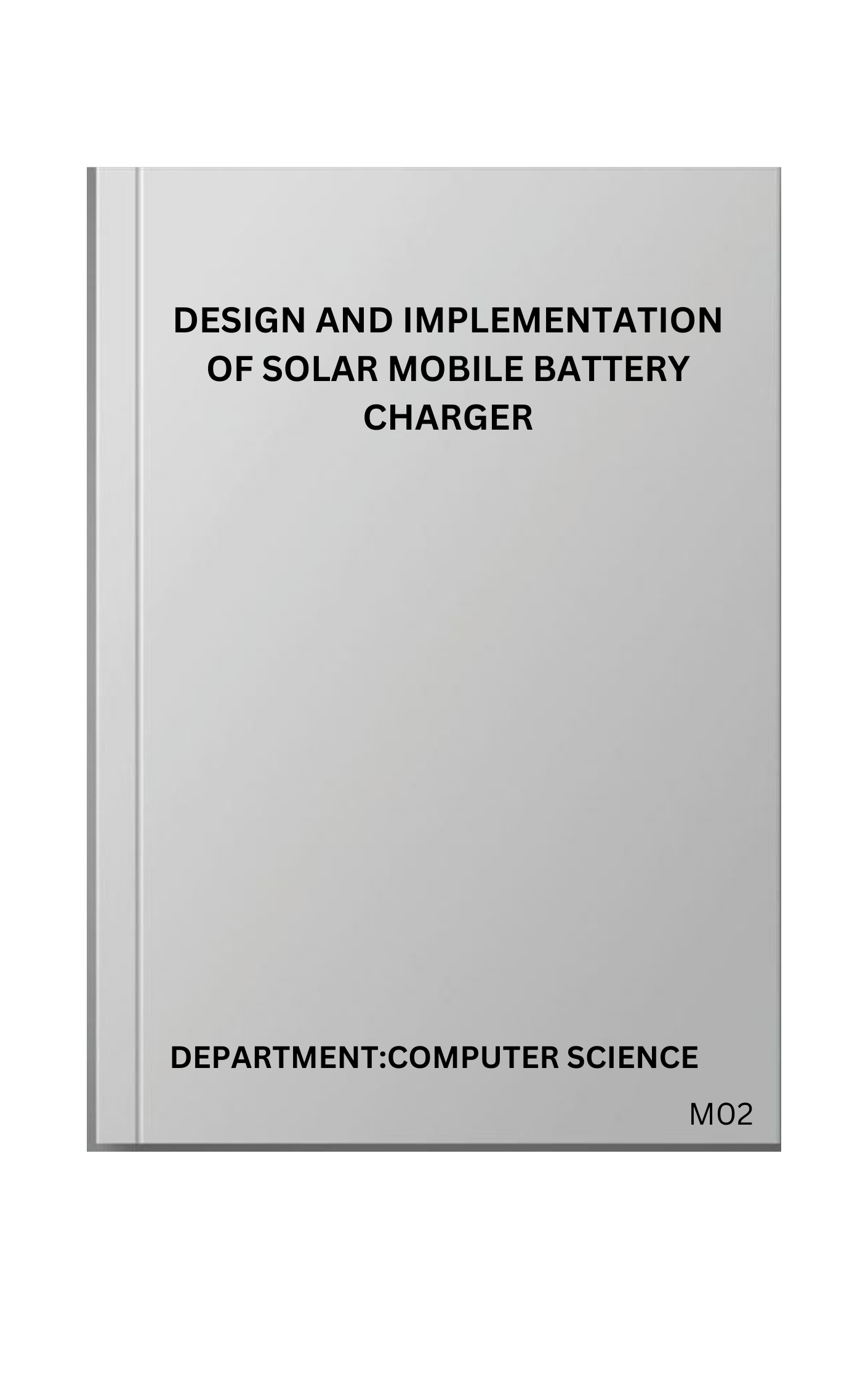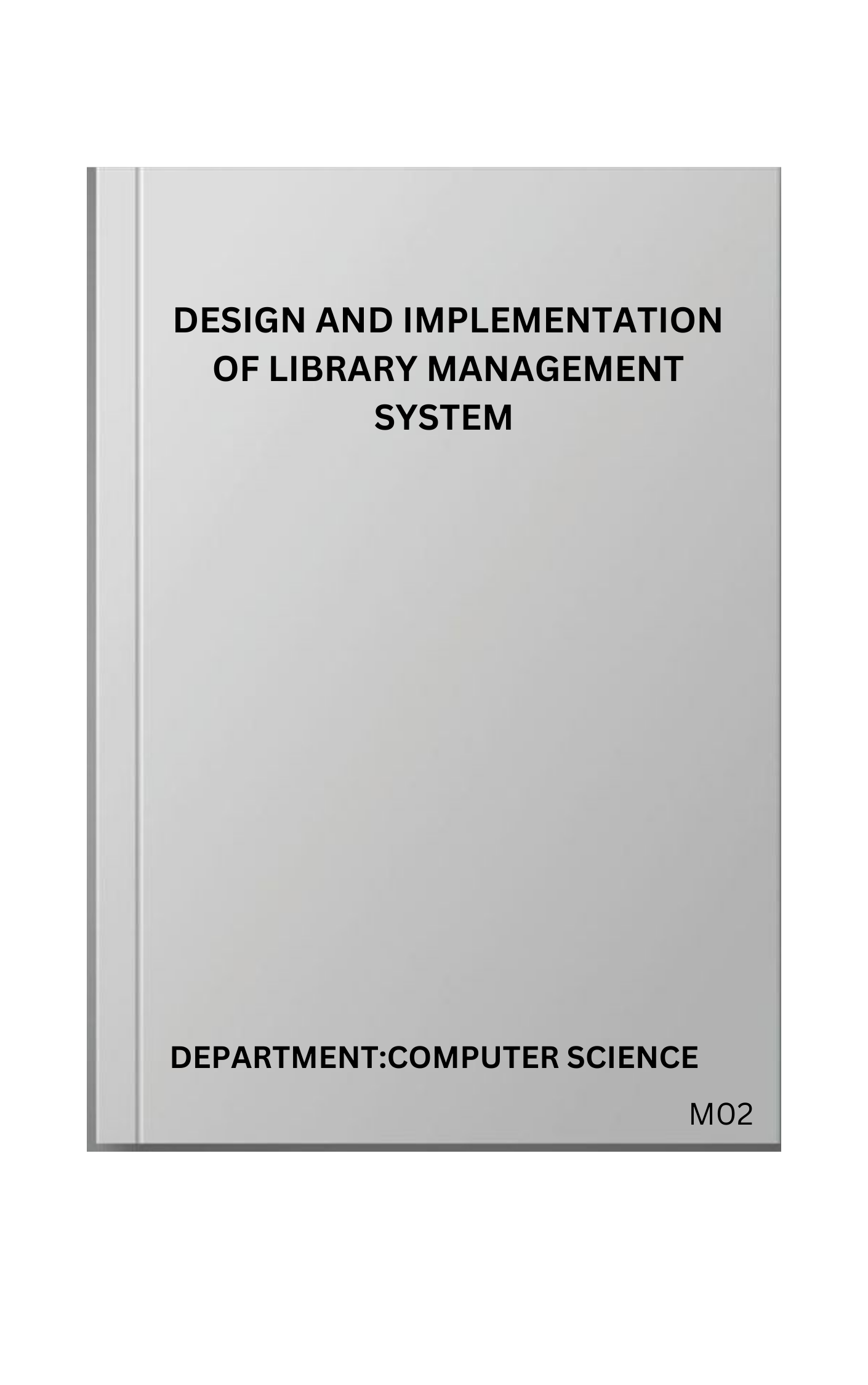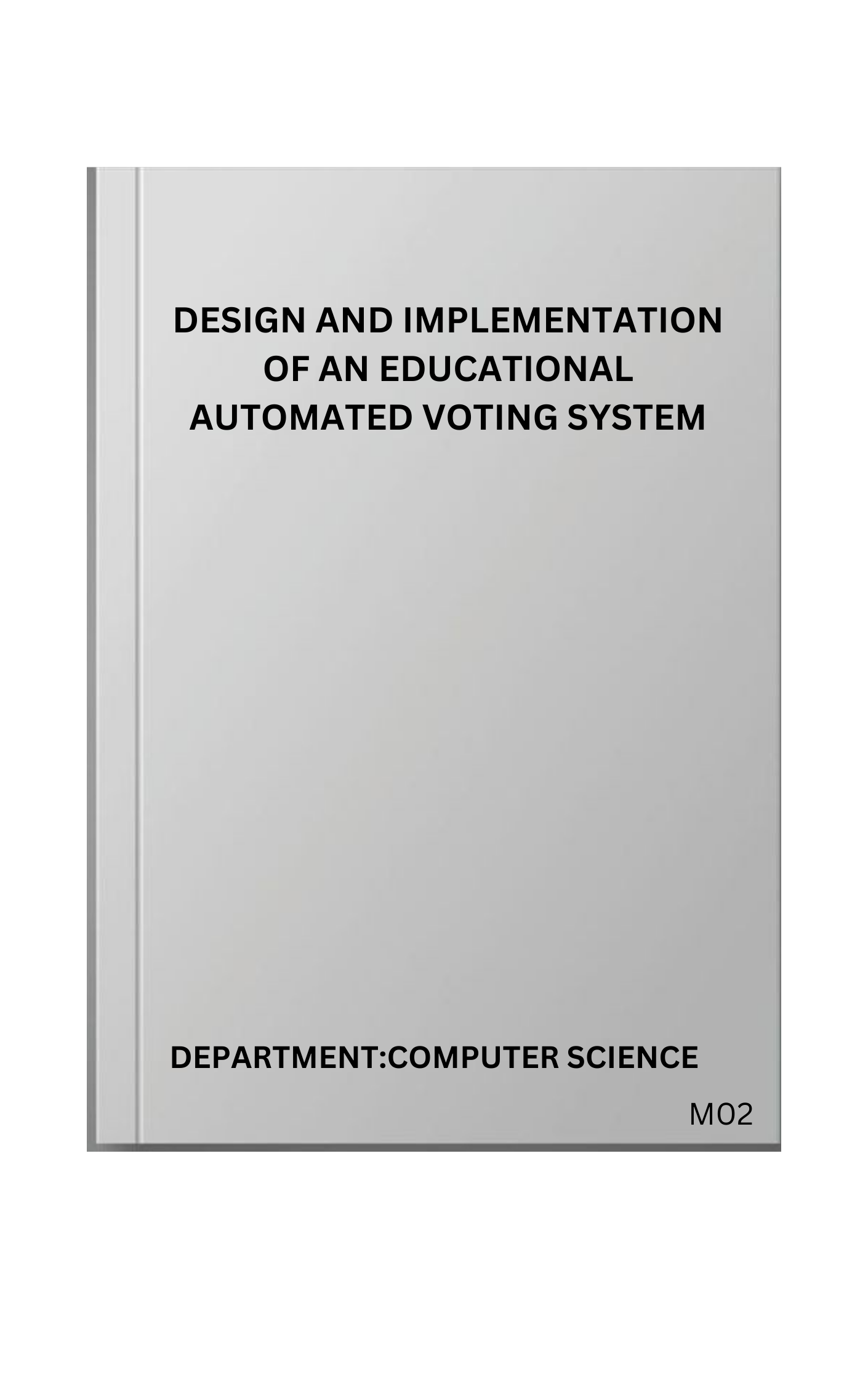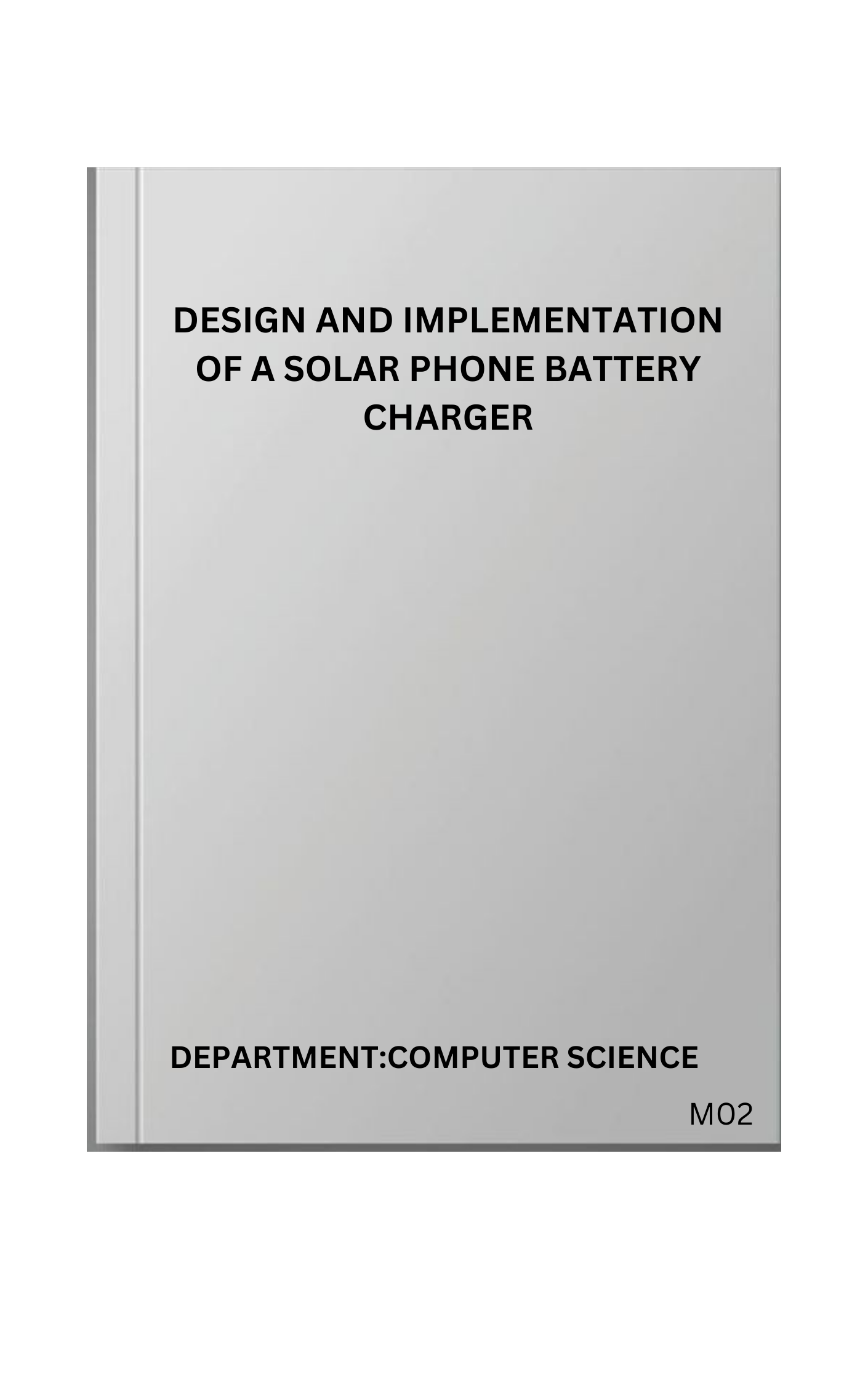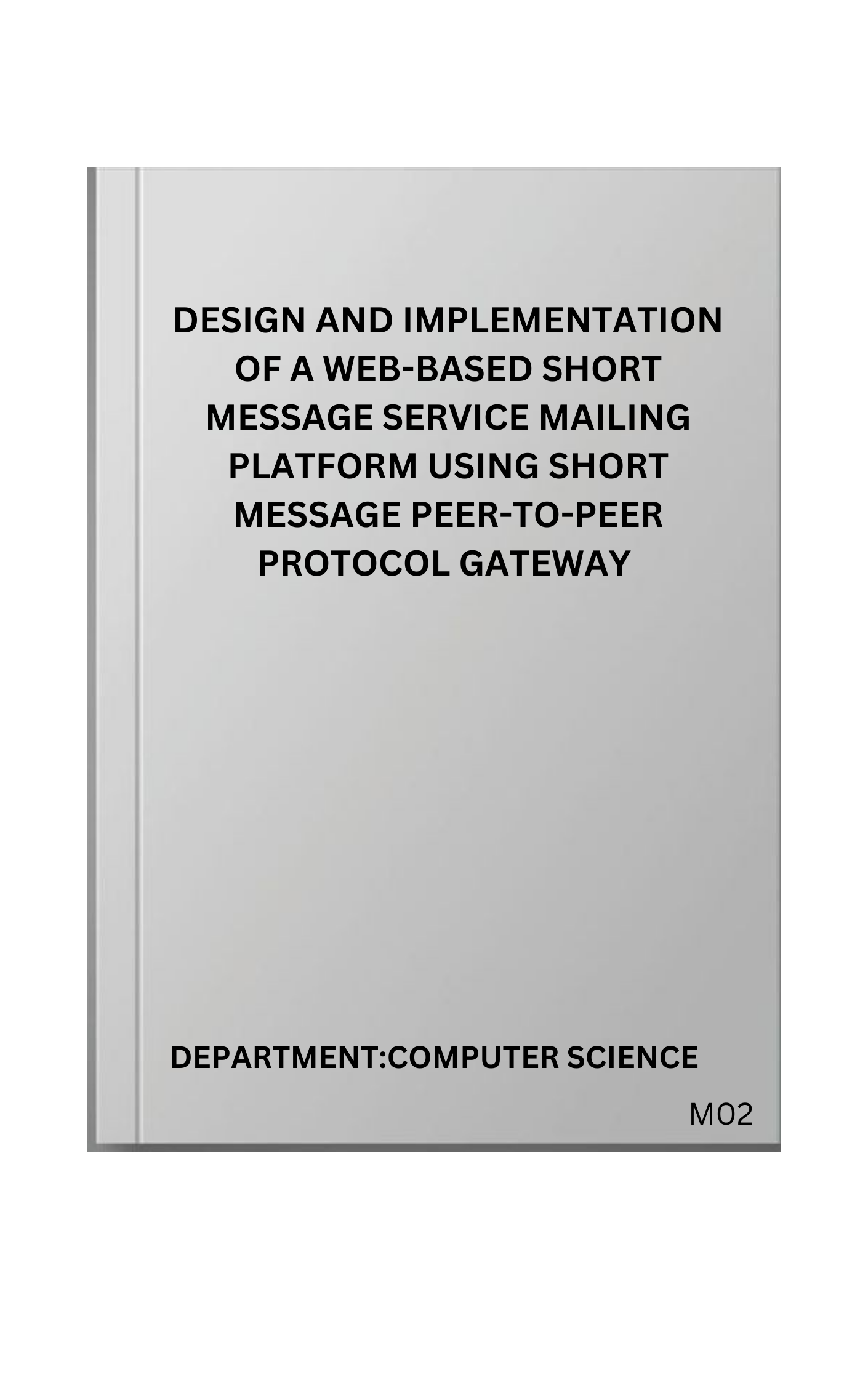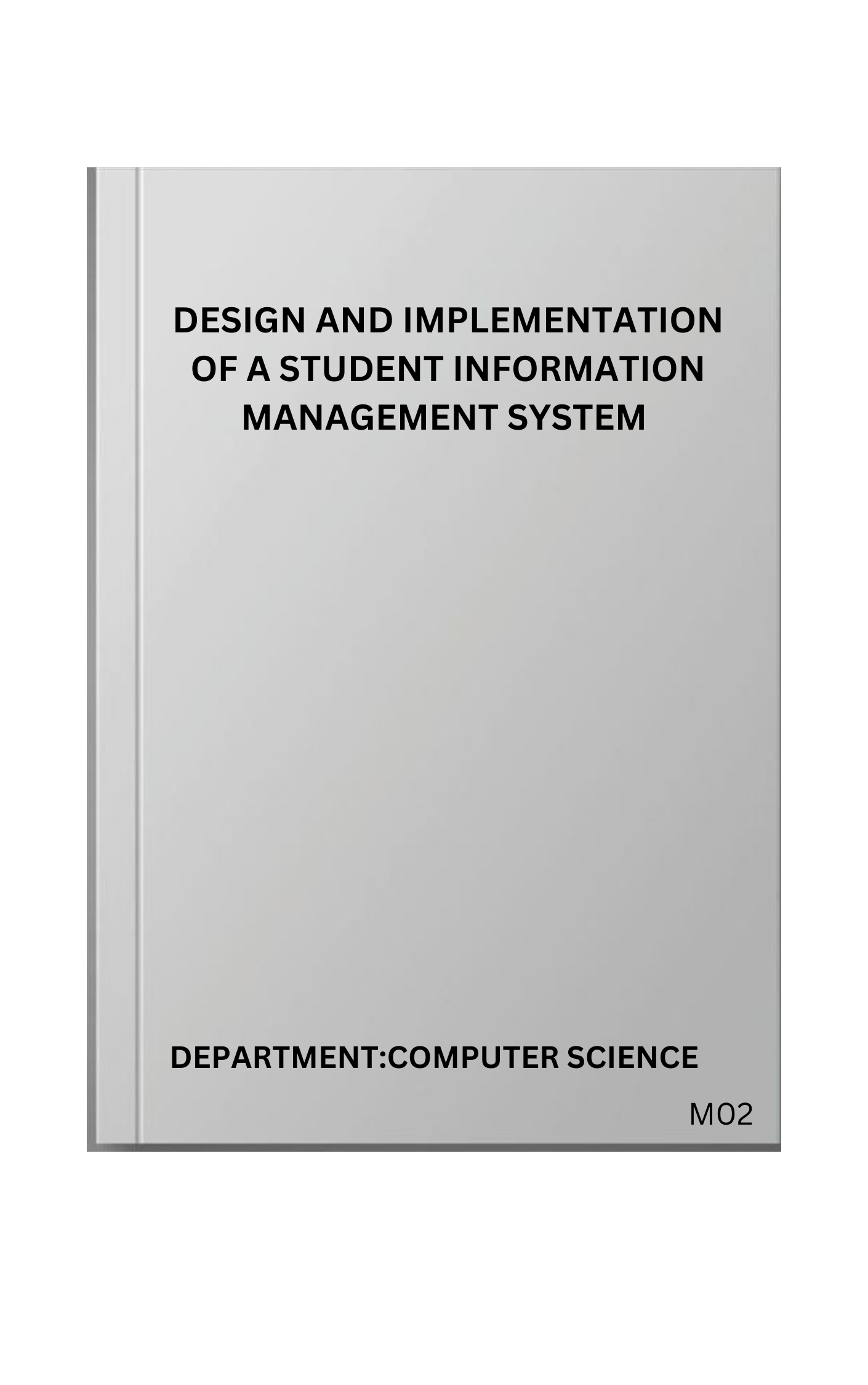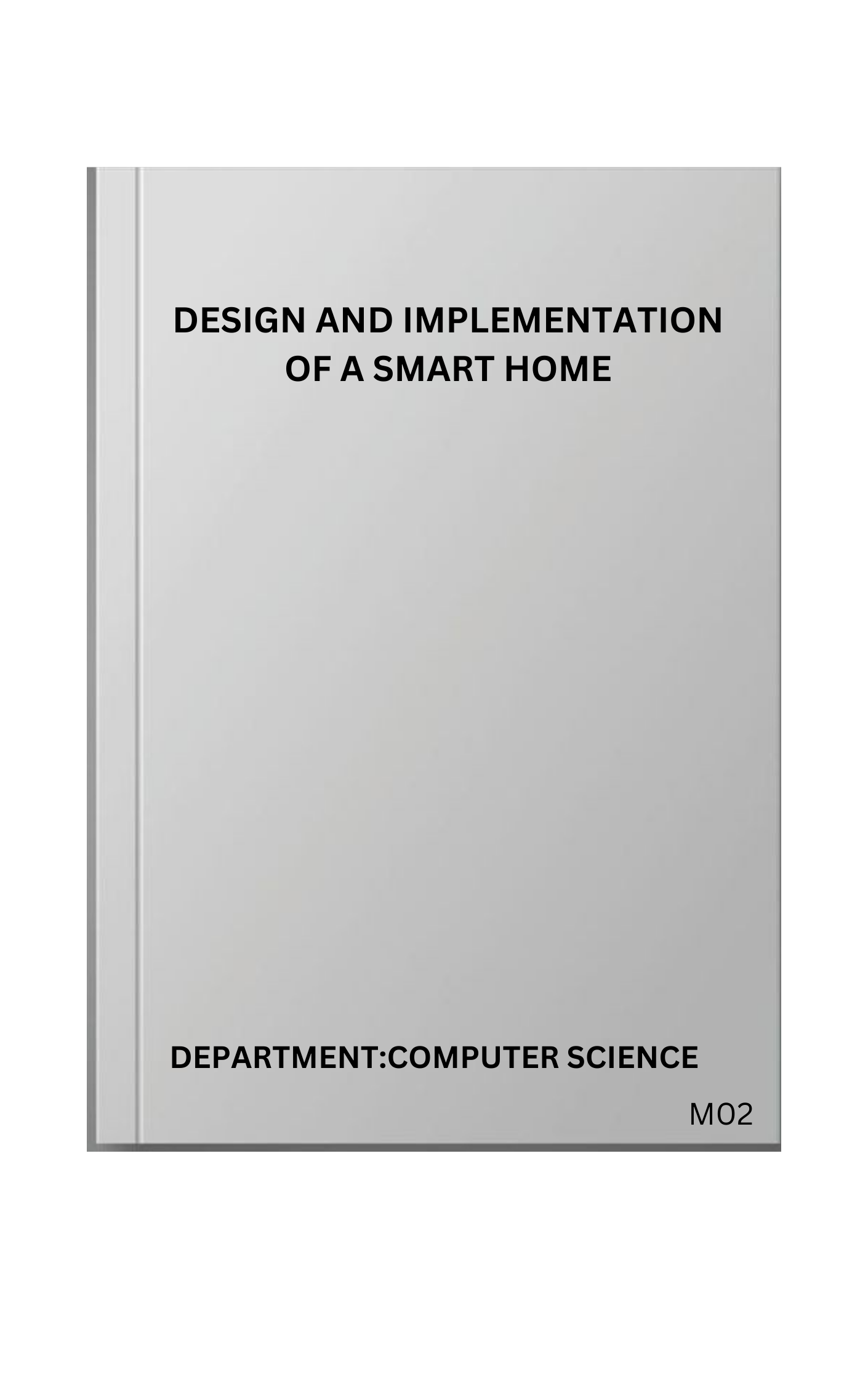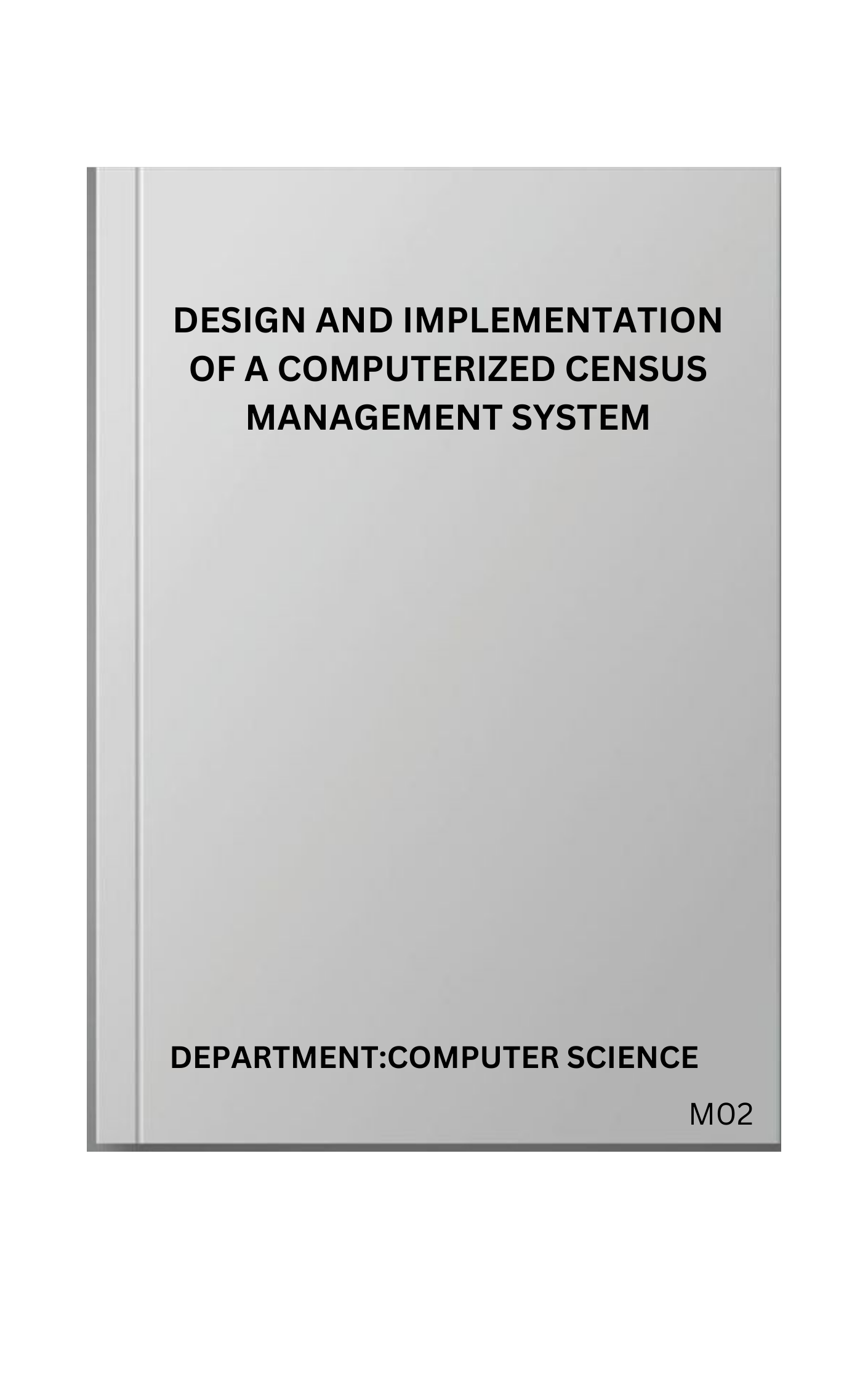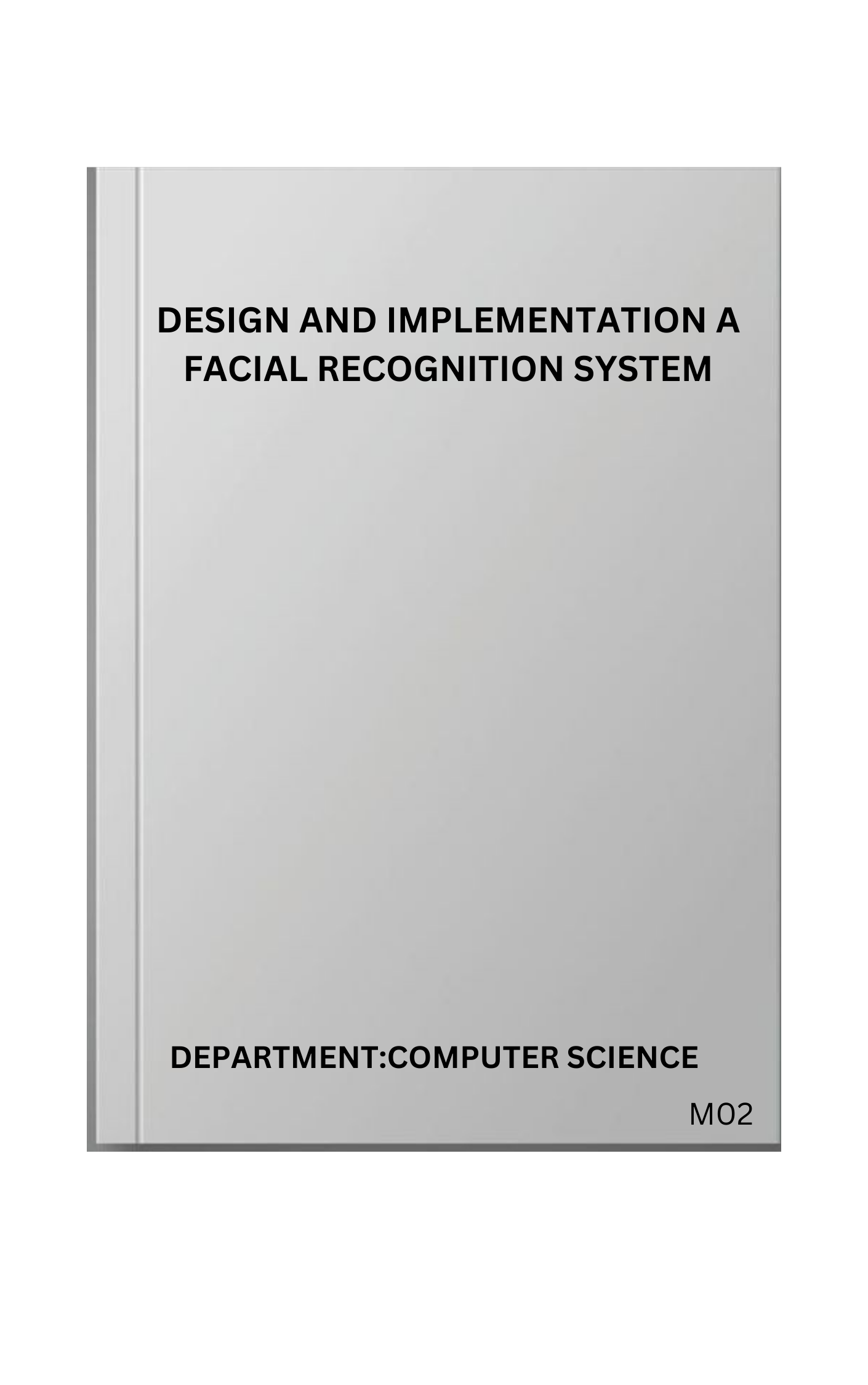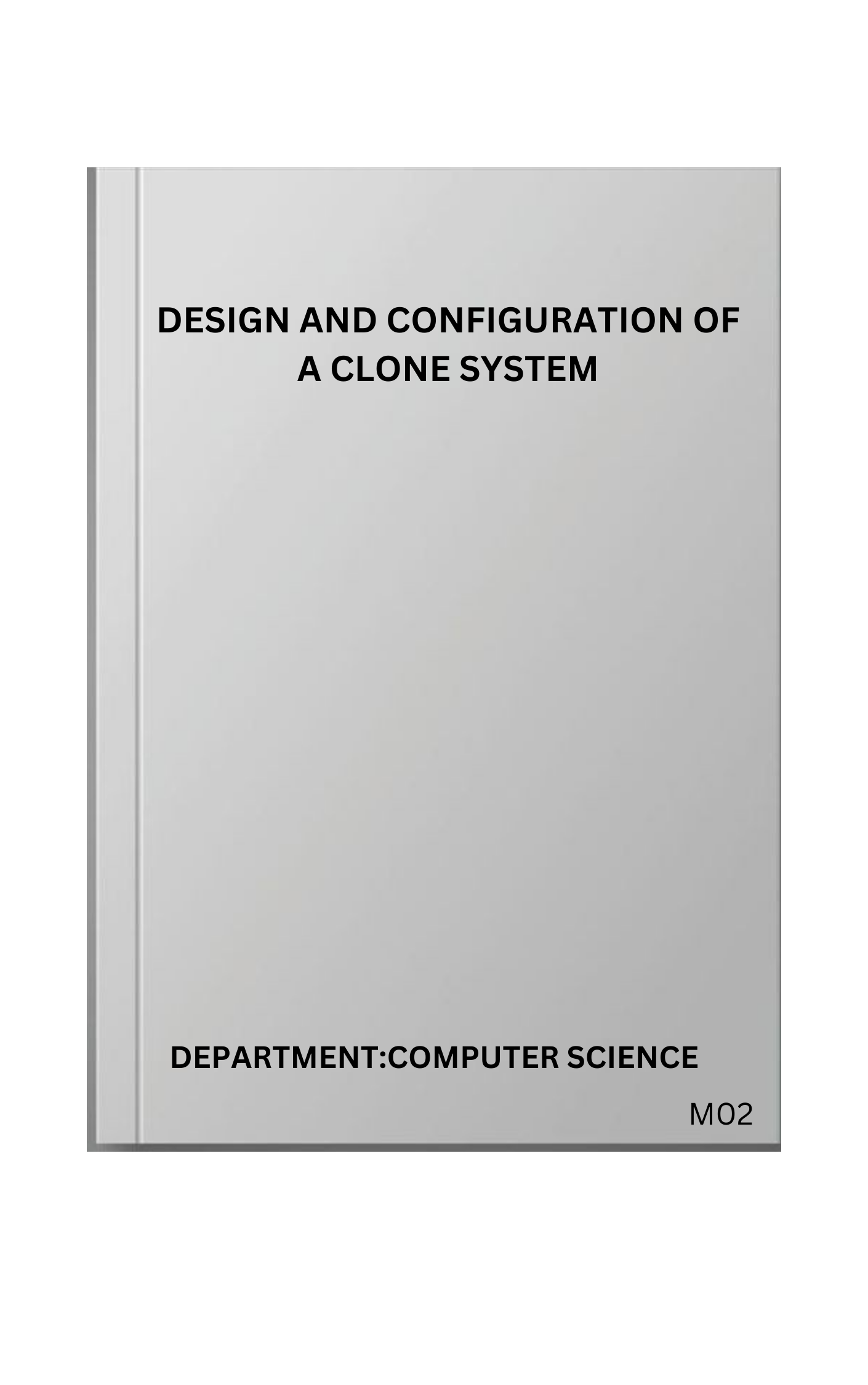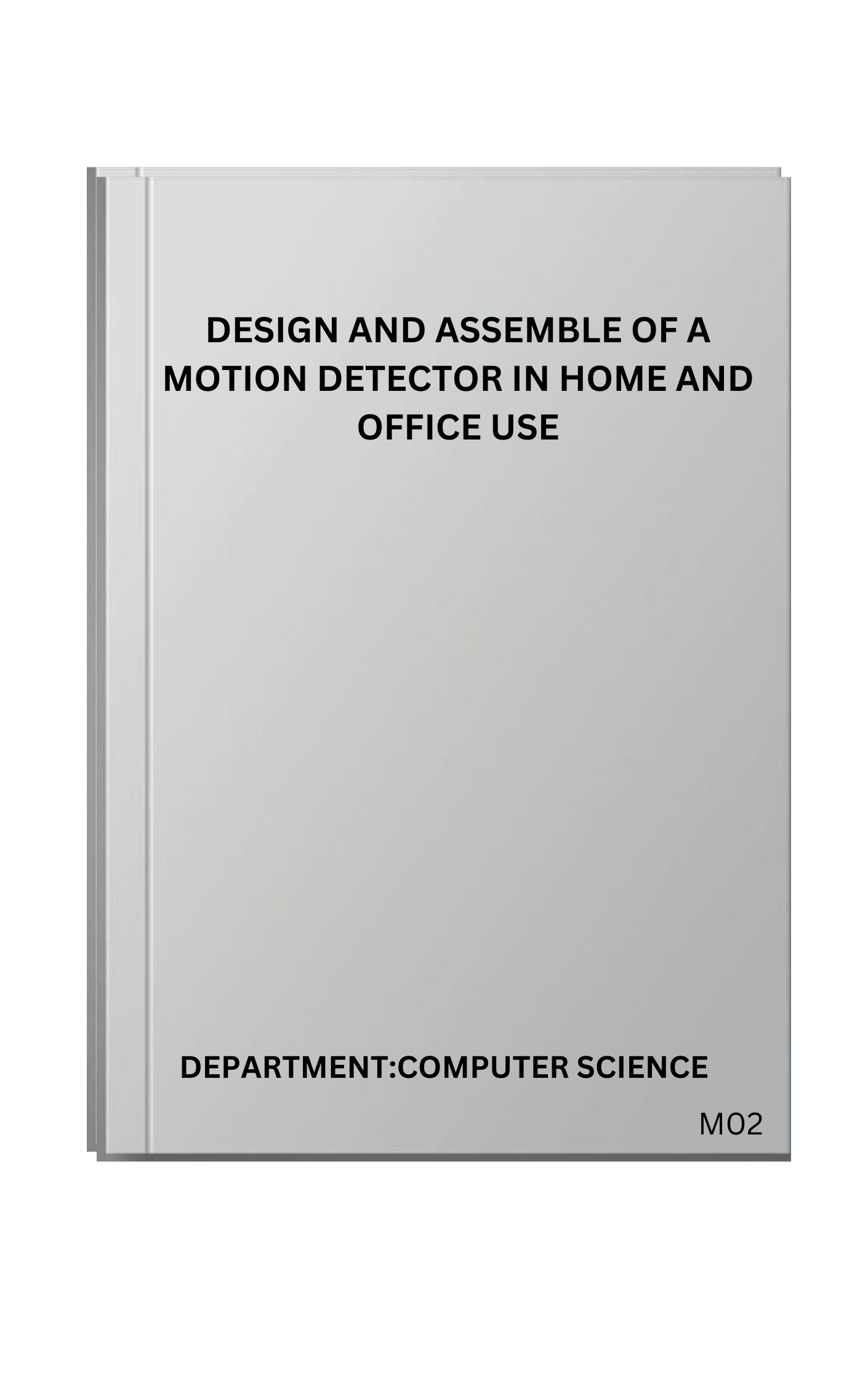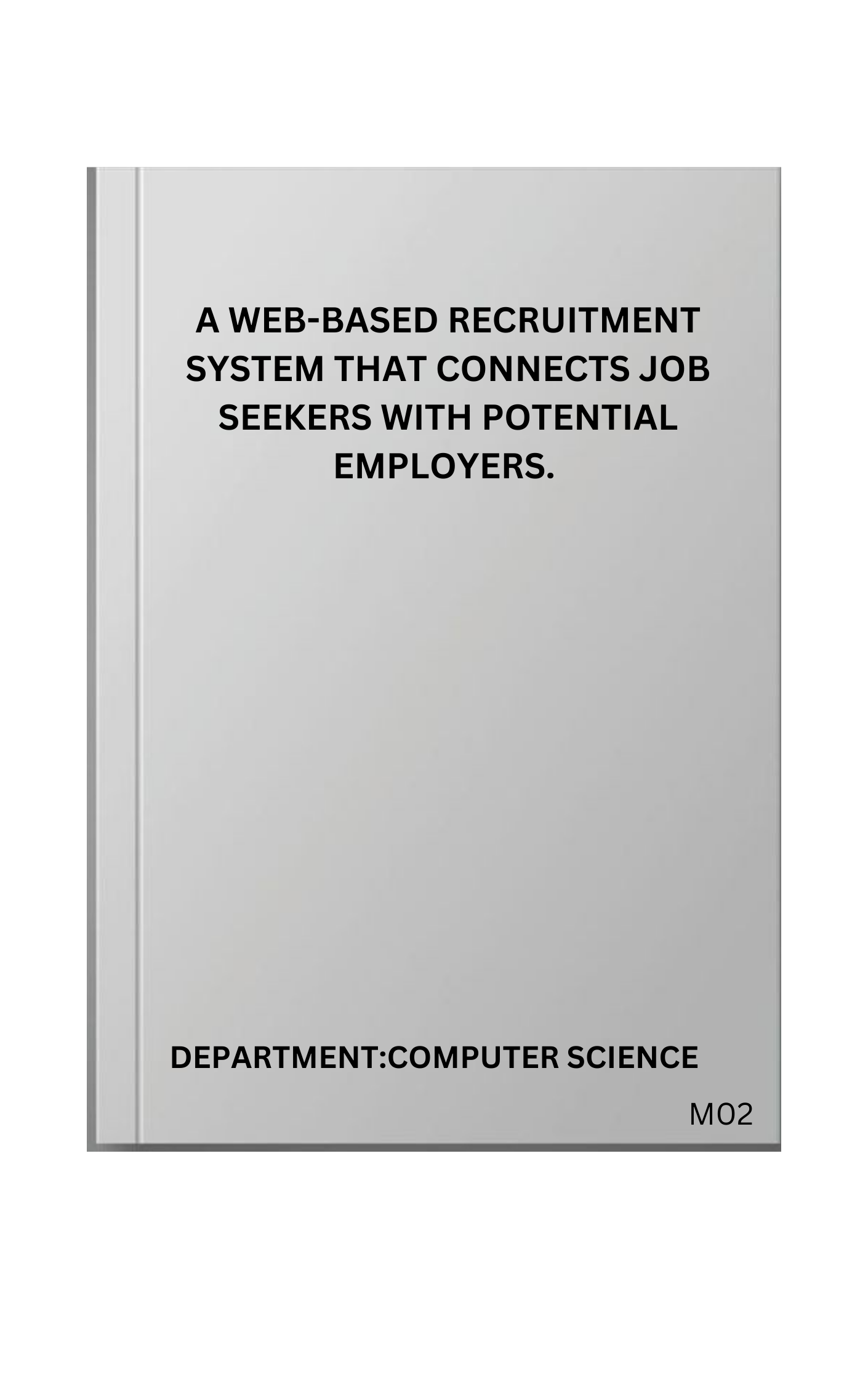CHAPTER ONE
INTRODUCTION
1.1 BACKGROUND OF STUDY
Crude oil refining involves subjecting the feedstock to a series of physical and chemical processes as a result of which different products are generated.
Petroleum refining processes are chemical engineering processes and other facilities used in crude oil refineries (also referred to as oil refineries) to transform crude oil into useful products such as liquified petroleum gas, gasoline, kerosene, jet fuel, diesel oil and fuel oils. Crude oil refineries are very large industrial complexes that involve many different processing units and auxiliary facilities such as utility units and storage tanks. Each refinery has its own unique arrangement and combination of refining processes largely determined by the refinery location, desired products and economic considerations. In many ways, oil refineries technology is similar to a chemical plant and crude oil feedstock is processes in an oil production plant before refining. There is usually an oil depot (tank farm) at or near an oil refinery for the storage of incoming crude oil feedstock as well as bulk liquid products, and an oil refinery is considered an essential part of the downstream sector of the petroleum industry. Raw or unprocessed crude oil is not generally useful in industrial applications, although light, sweet crude oil (low viscosity, low sulphur) has been used directly as a burner fuel to produce steam for the propulsion of seagoing vessels.
Distillation is the most commonly used separation process in the chemistry and petrochemical industry, mostly employed in continuous processes but also used in discontinuous processes.
Batch distillation is widely used for the separation of specialty and fine chemicals and for the recovery of small quantities of solvent during the production of high purity and added value products. Batch processing is the main feature of the pharmaceutical, biochemical, and specialty chemical industries. One advantage of batch distillation is the possibility to separate a mixture of several components with only one column and, although a batch distillation column uses more energy than a continuous column, many times it is convenient to operate in batch mode. For these reasons the design, analysis, and optimization of batch distillation columns have obtained attention by several researchers. In normal operation of a batch process, liquid distillate is withdrawn from the reflux tank, taking away the more volatile compounds first and increasing at the same time the concentration of the less volatile or heavy components at the bottom. The main characteristic of a batch distillation column is that concentrations and temperatures are changing with time at any part of the column. There are two main operating methods for batch distillation columns: constant reflux (with variable product composition at distillate) and variable reflux (with constant product composition, for one component, at distillated product). Another operating method is the optimal reflux policy, which tries to get an economical combination of the two main operating methods, according to established criteria like: minimum time, maximum product, or maximum profit. This dynamic process may be modeled by mass and energy balances and coupling them with equilibrium ratios obtained from thermodynamic or experimental vapor-liquid equilibrium data. The models may vary from McCabe Thiele binary distillation with constant or variable reflux, to short-cut or approximate to rigorous method. Each one has advantages and disadvantages. In this work we use a constant reflux short-cut method to design a batch distillation system (column, condenser, and reboiler) and test three quality indexes: Luyven’s capacity factor, total annual cost, and annual profit. Asteria Narvaez-Garcia et al (2013).
1.2 STATEMENT OF PROBLEM
The problem statement for the design simulation and optimization of a batch crude oil distillation unit is to develop a comprehensive model that accurately simulates the distillation process and optimizes the operation of the unit to achieve maximum efficiency and product quality. This includes determining the optimal operating conditions such as heating rate, reflux ratio, and temperature profile, as well as optimizing the design parameters such as column height, diameter, and packing material. The goal is to minimize energy consumption, maximize product yield, and improve the overall performance of the distillation unit.
1.3 AIM
The project aims to develop an efficient and effective process for separating crude oil into its various components. To contribute to more efficient and economical refining processes, aligning with industrial needs and environmental considerations.
PAY TO GET COMPLETE PROJECT


